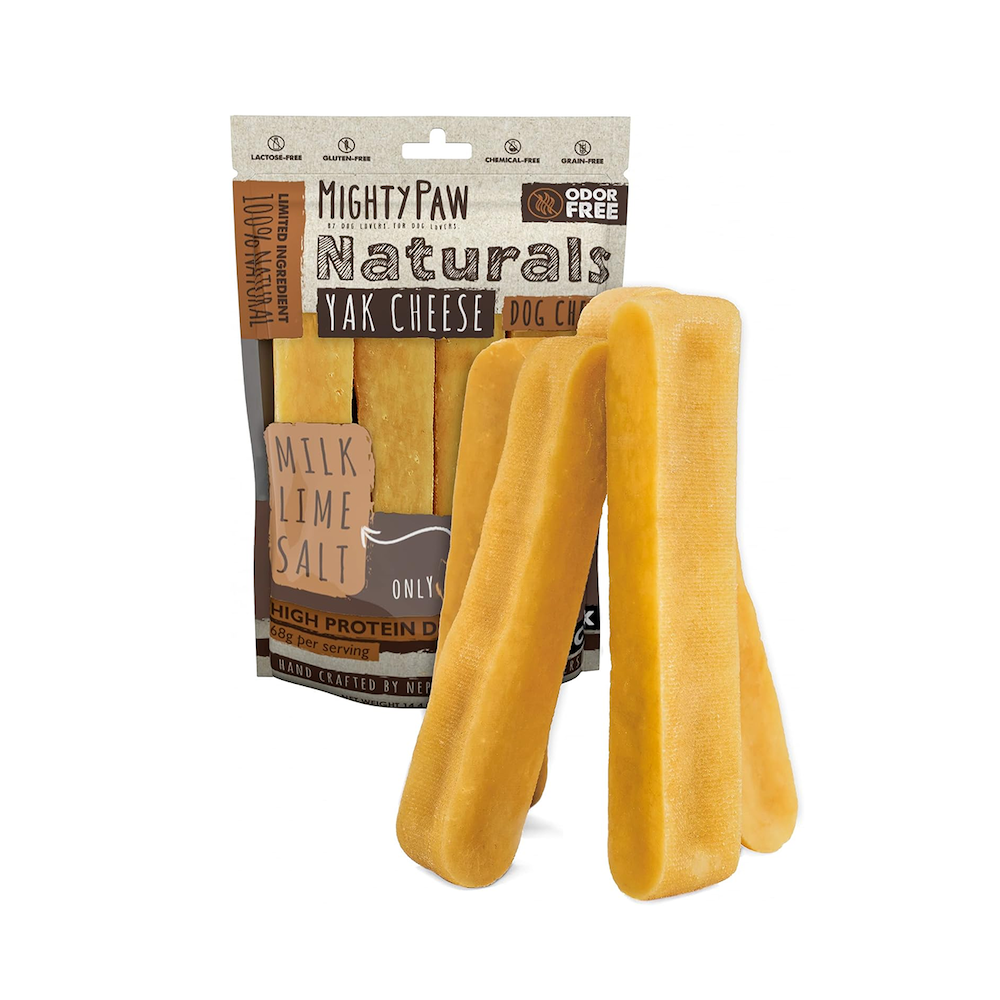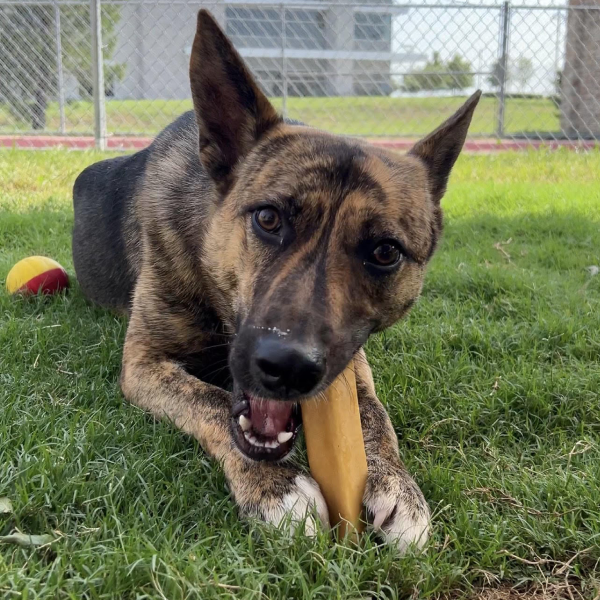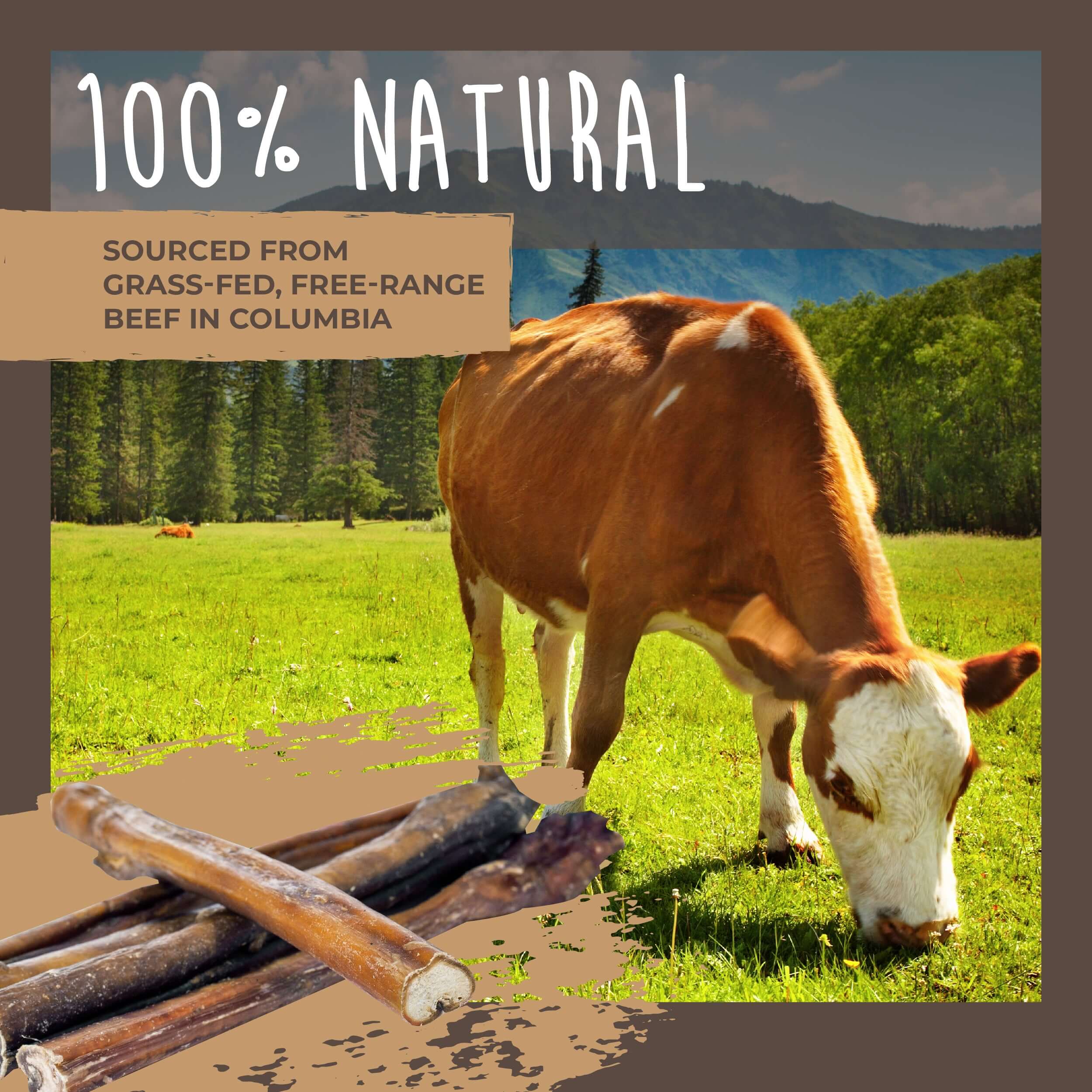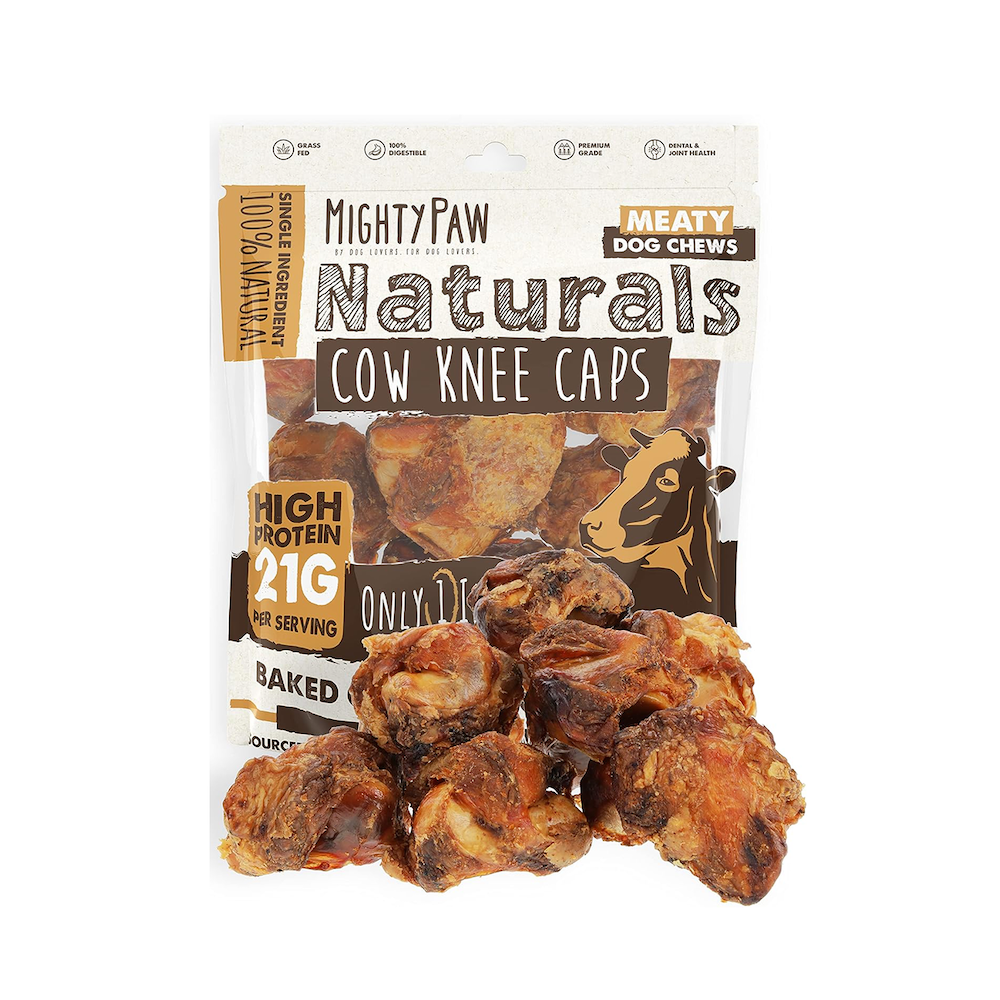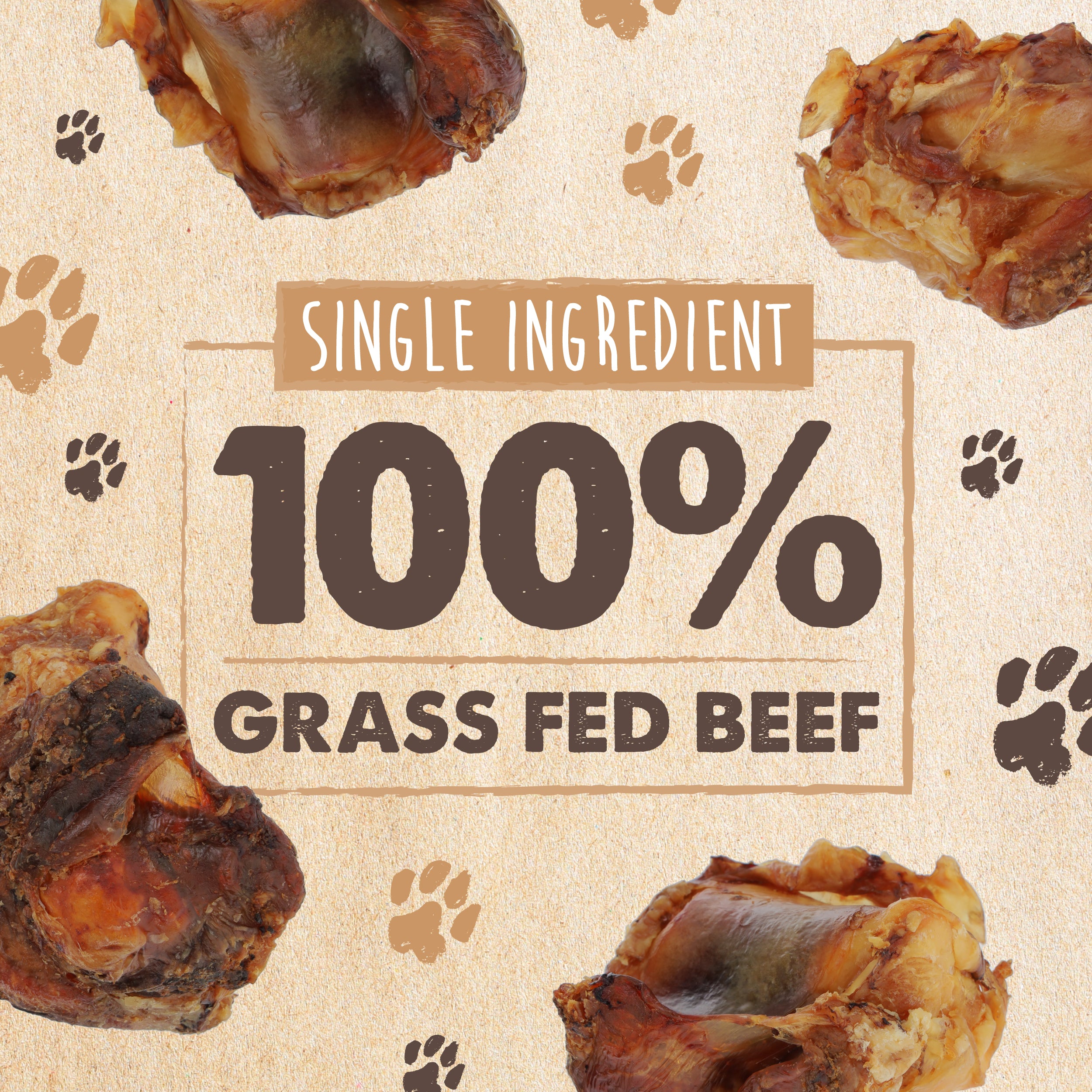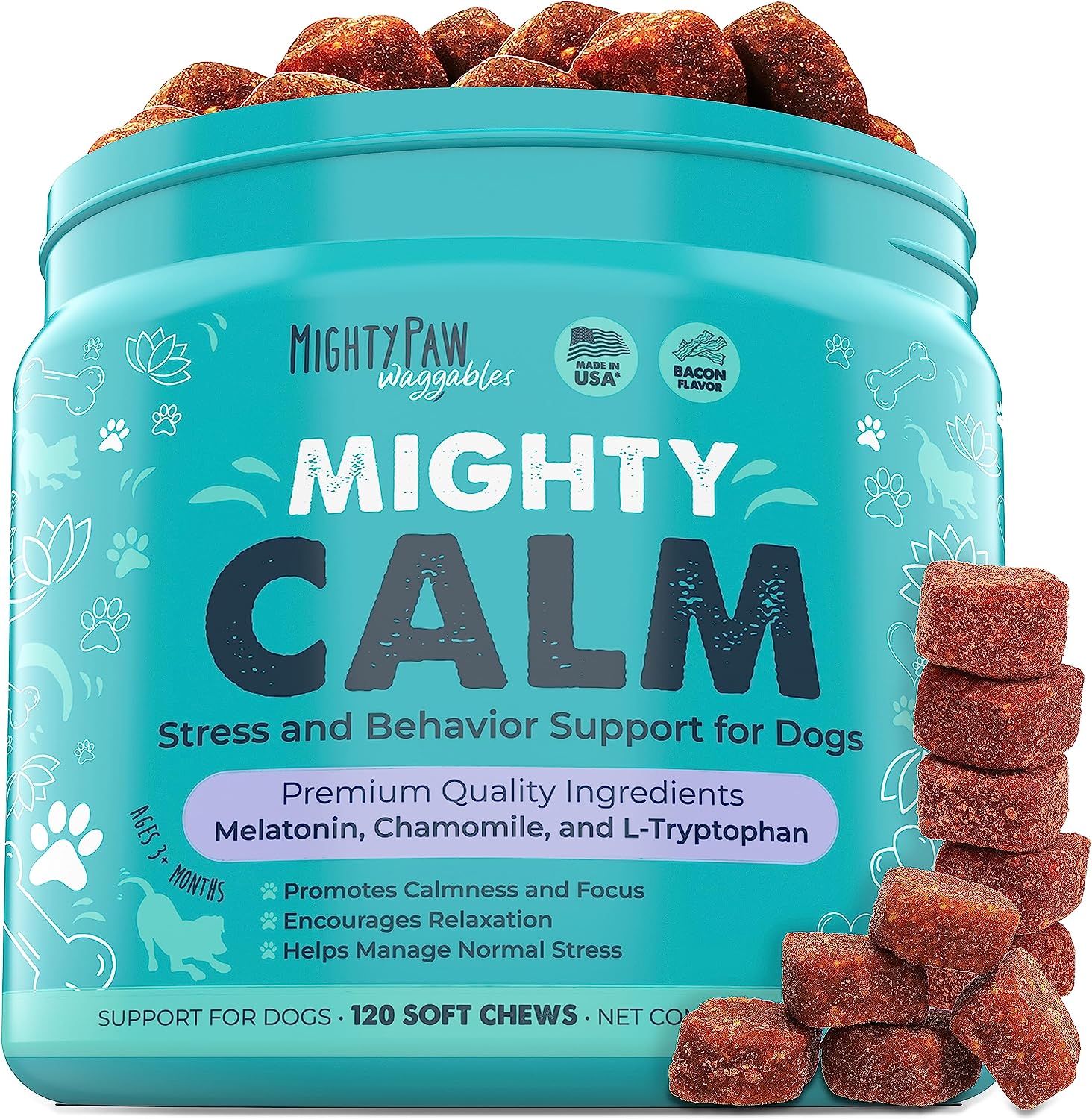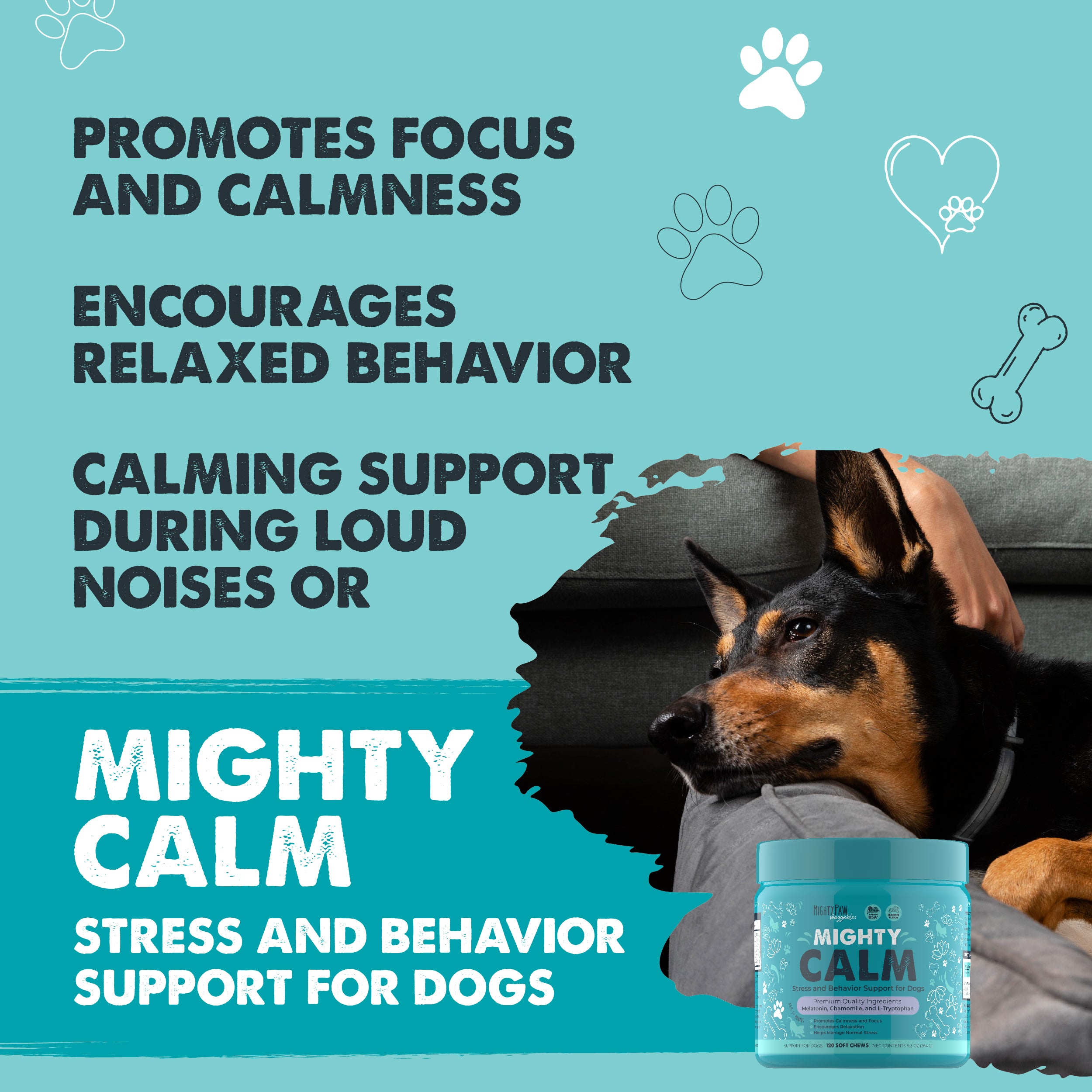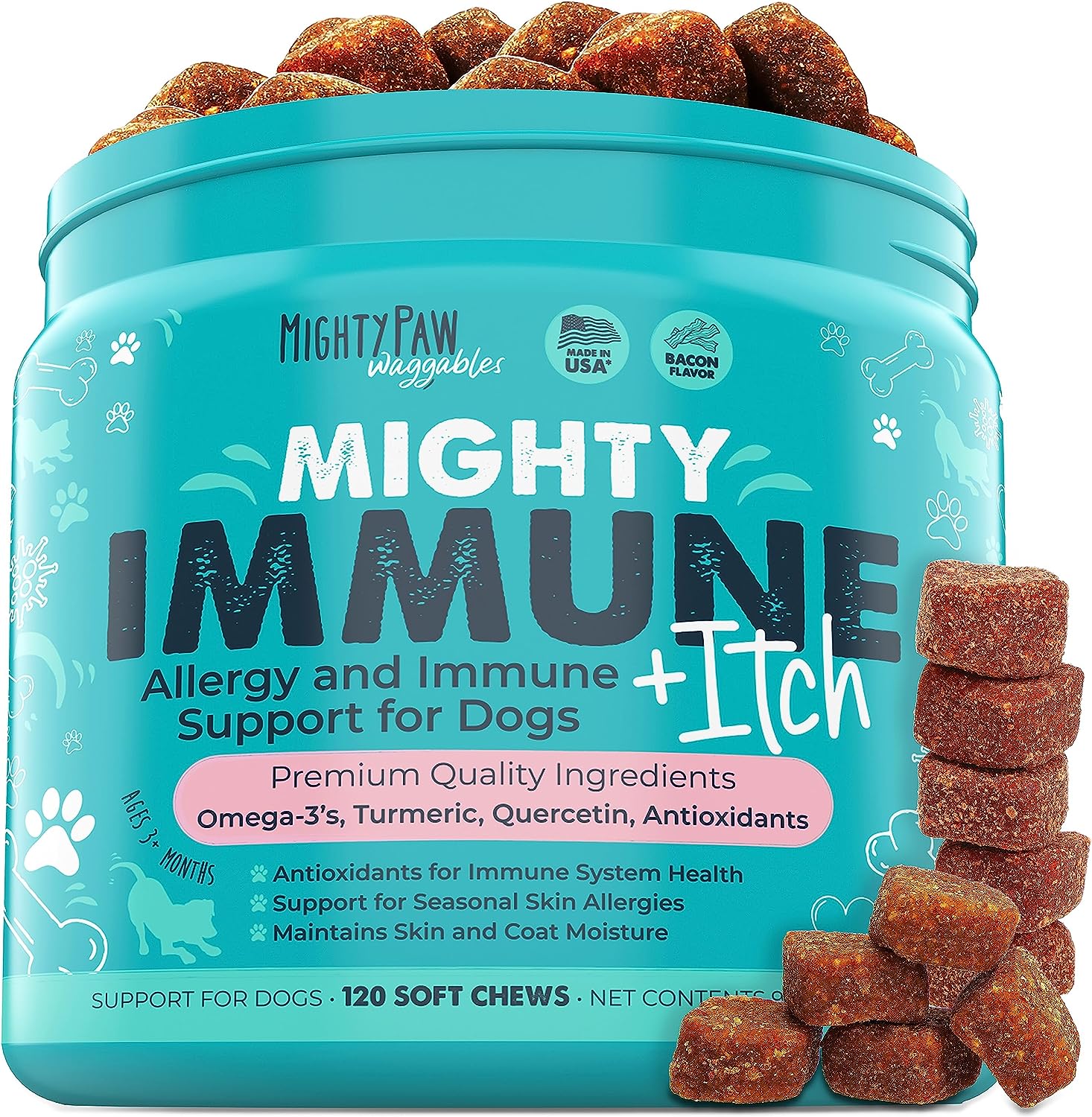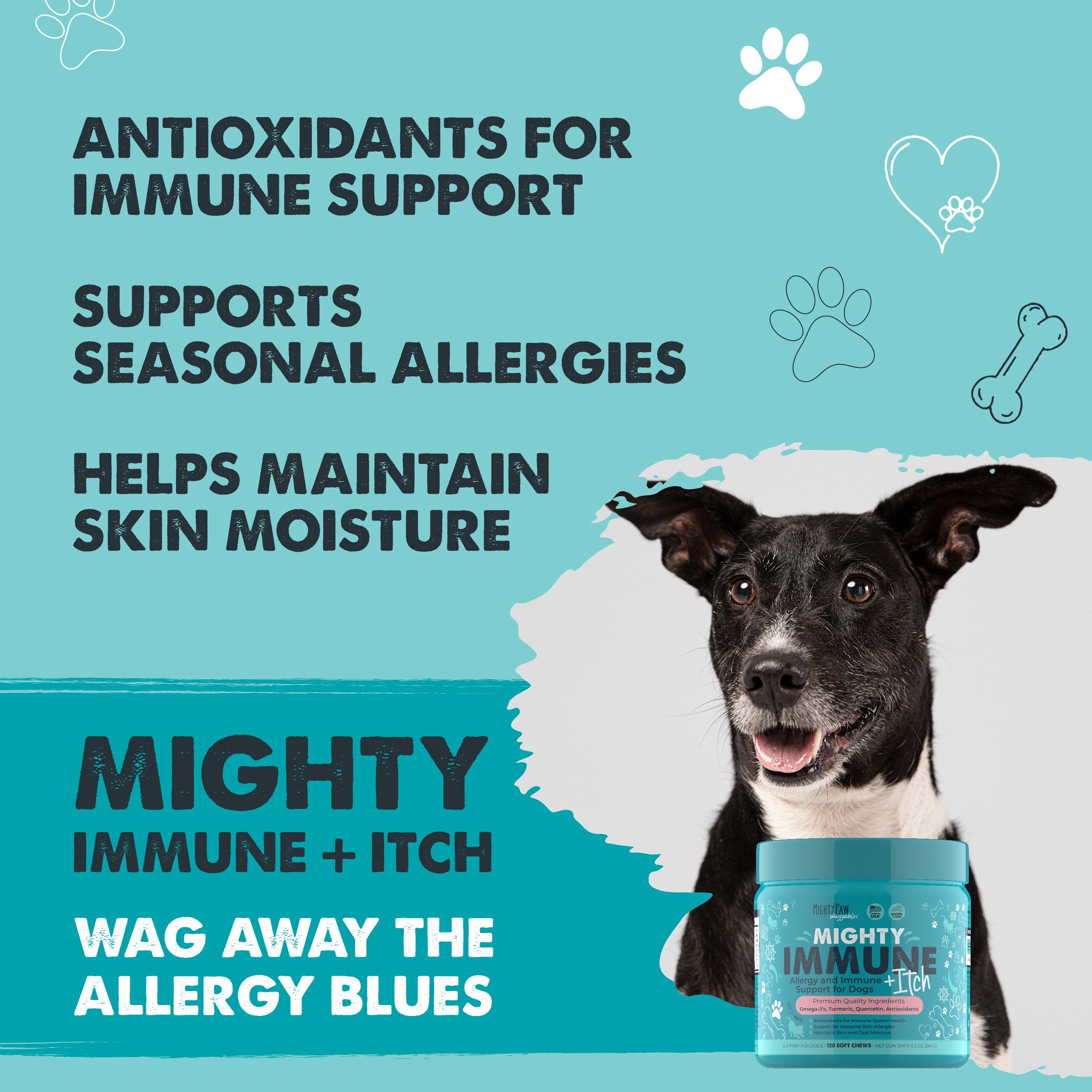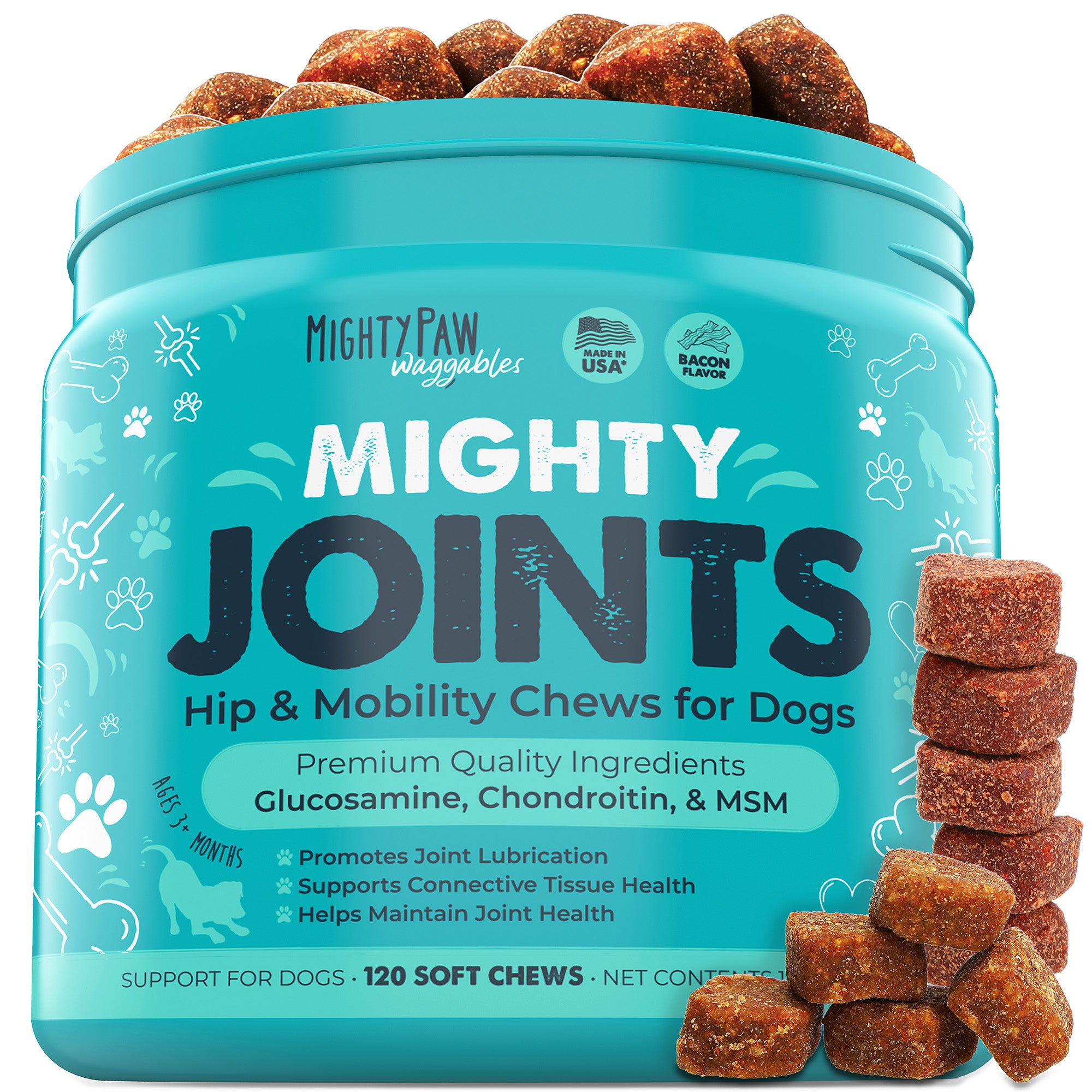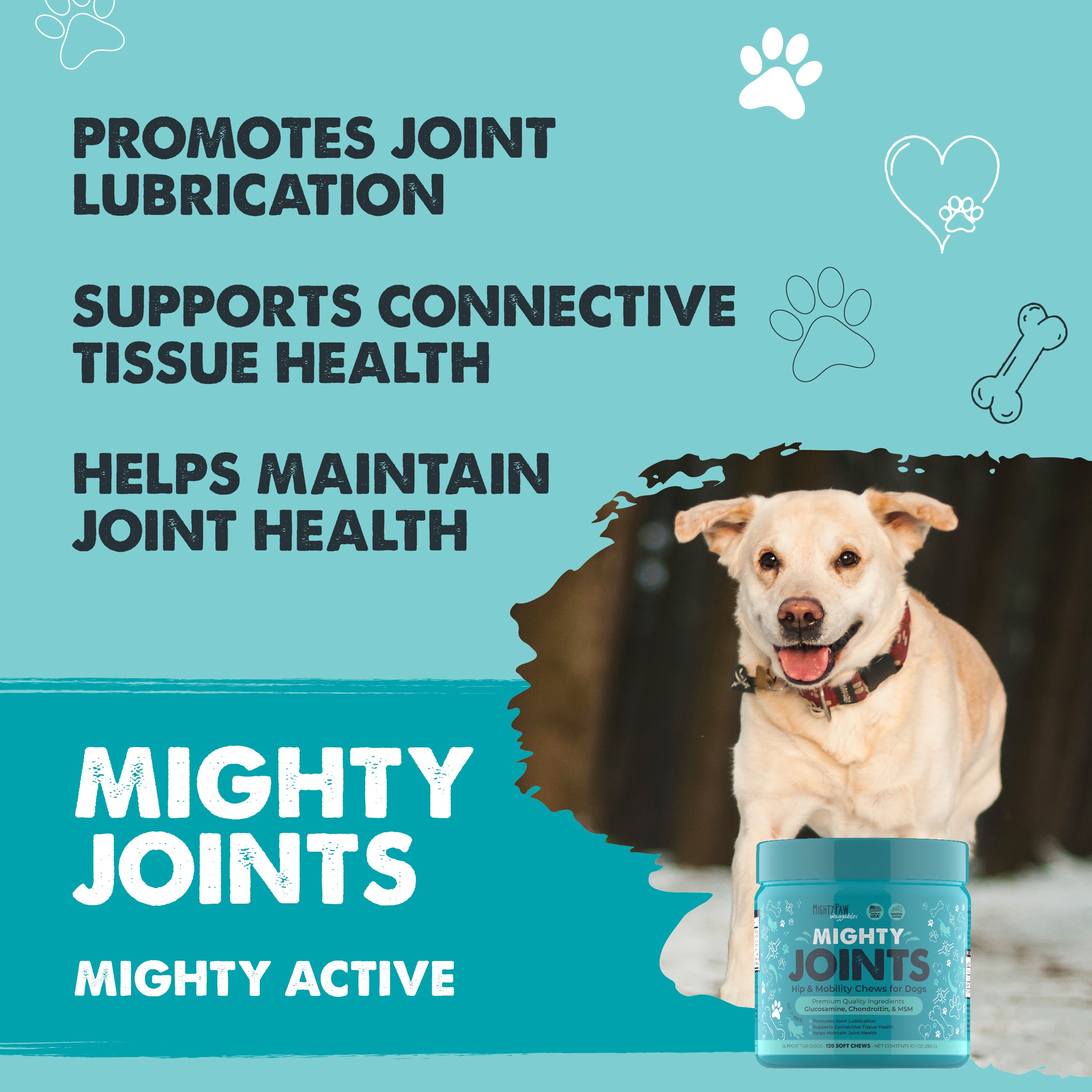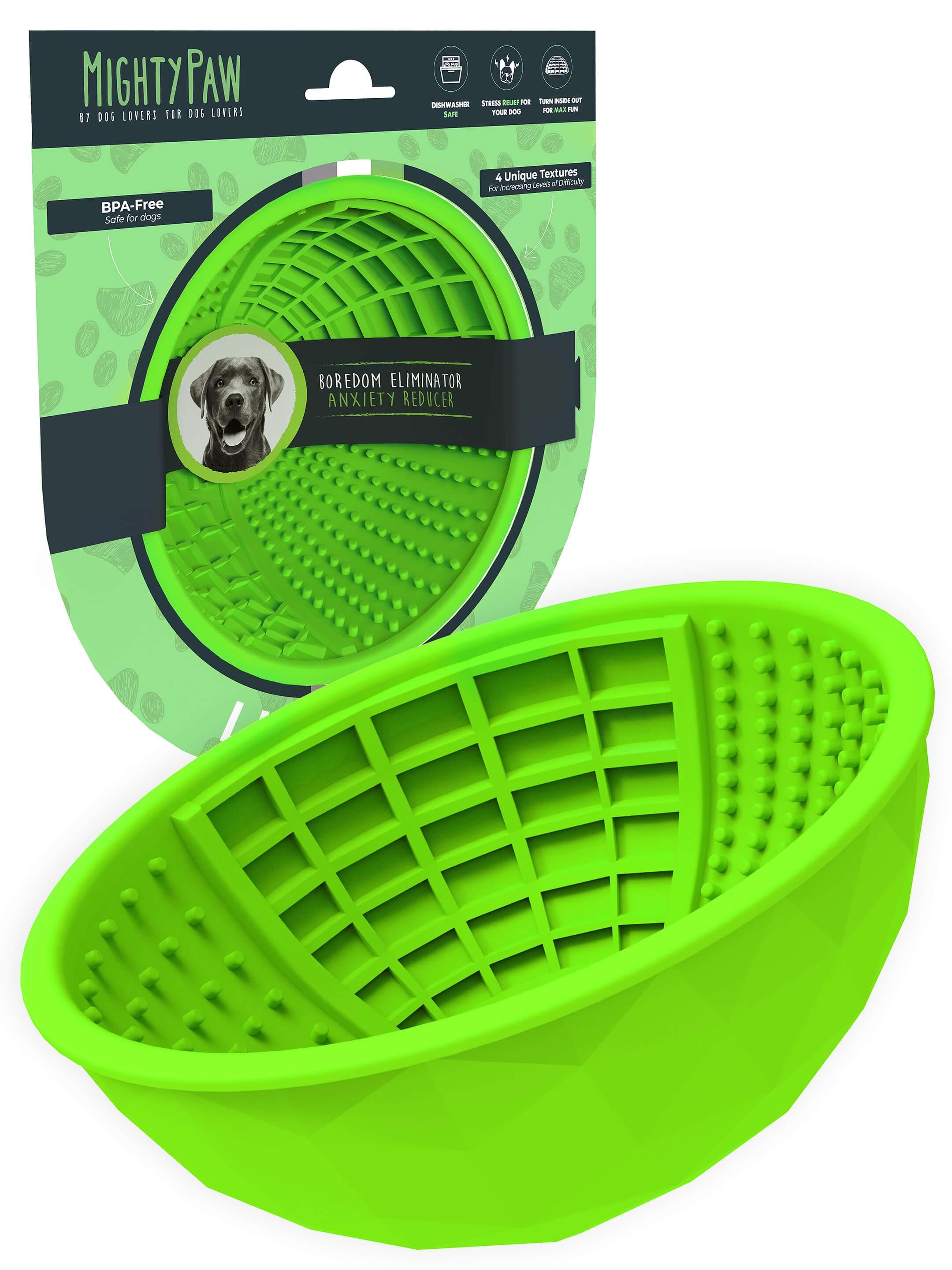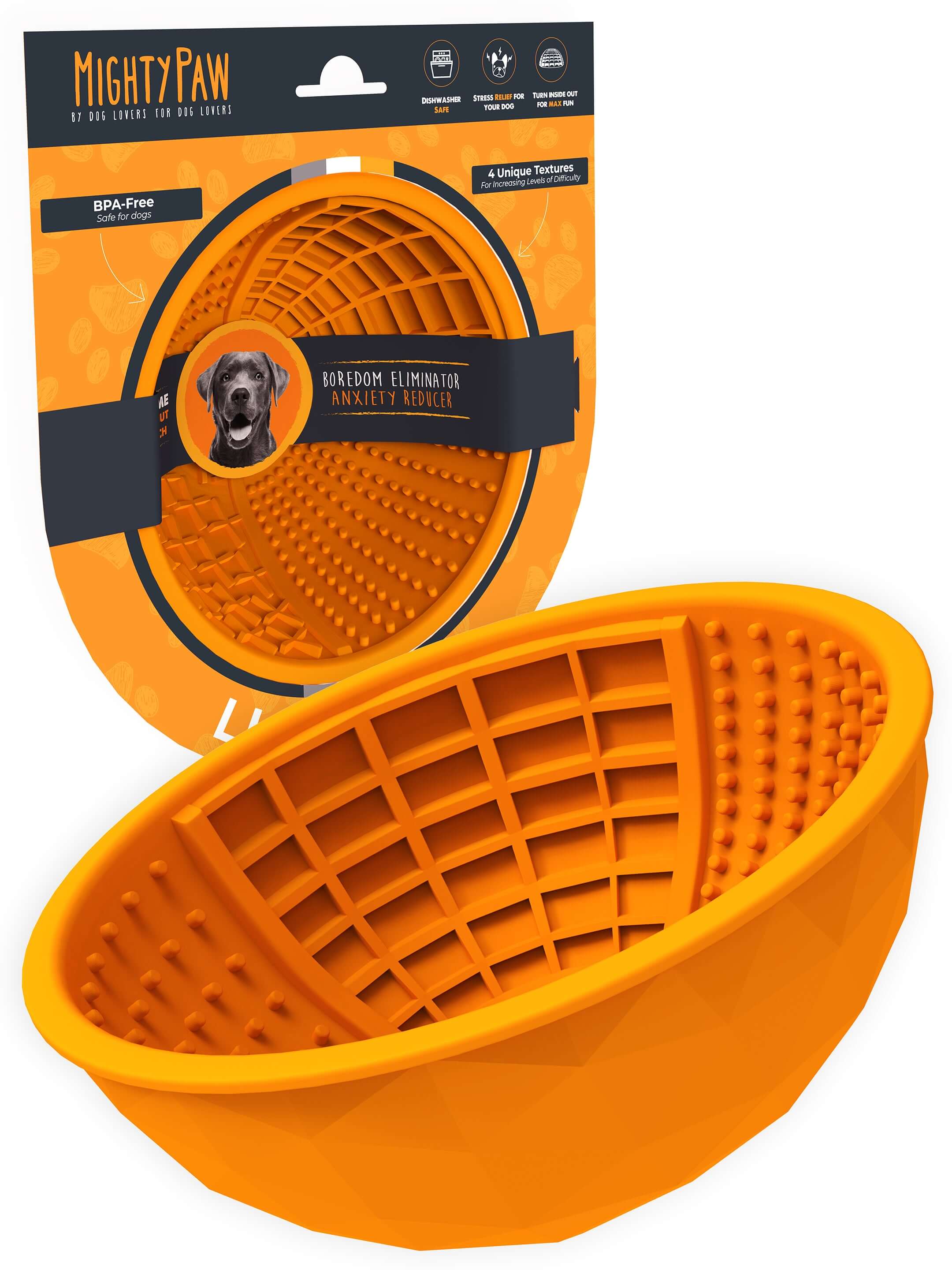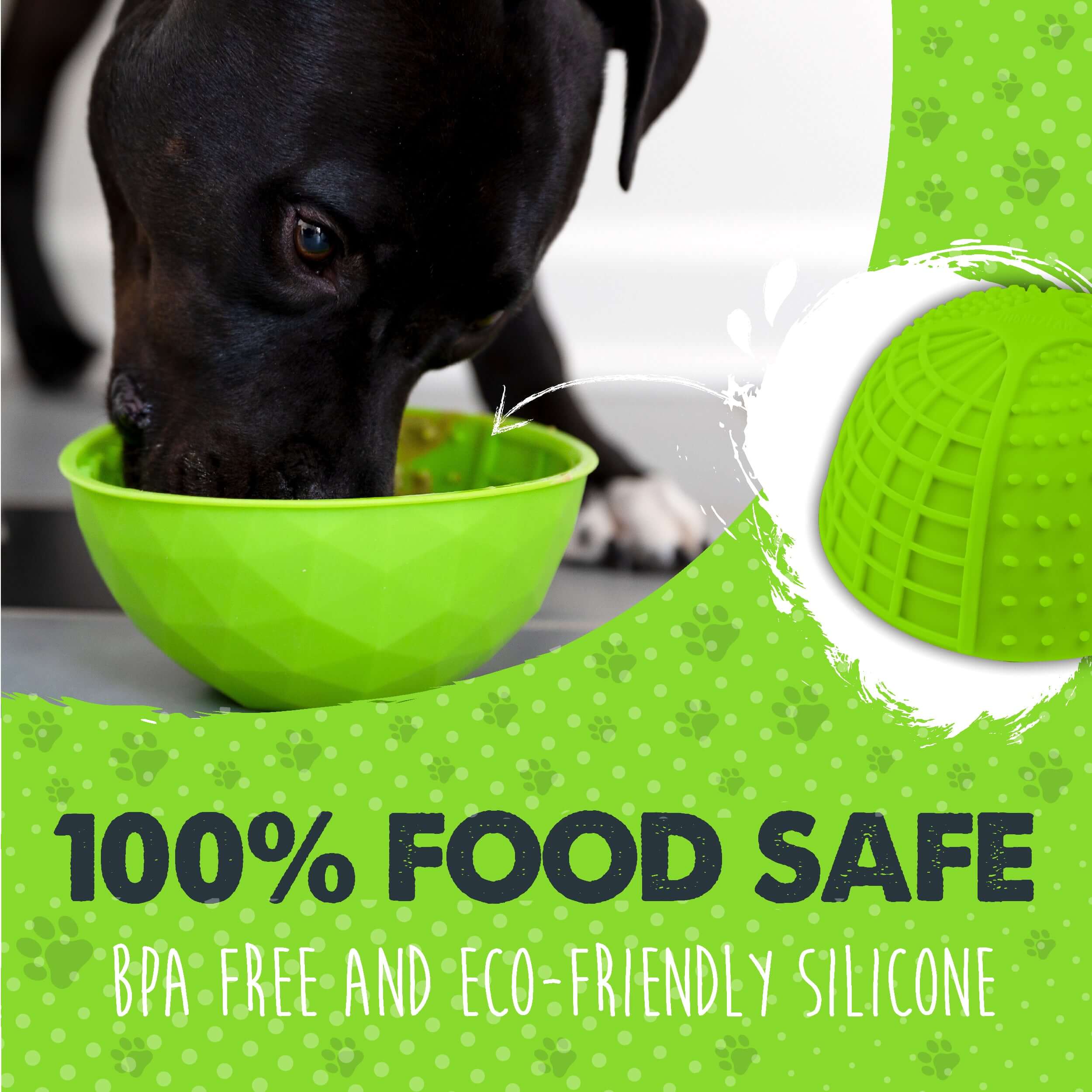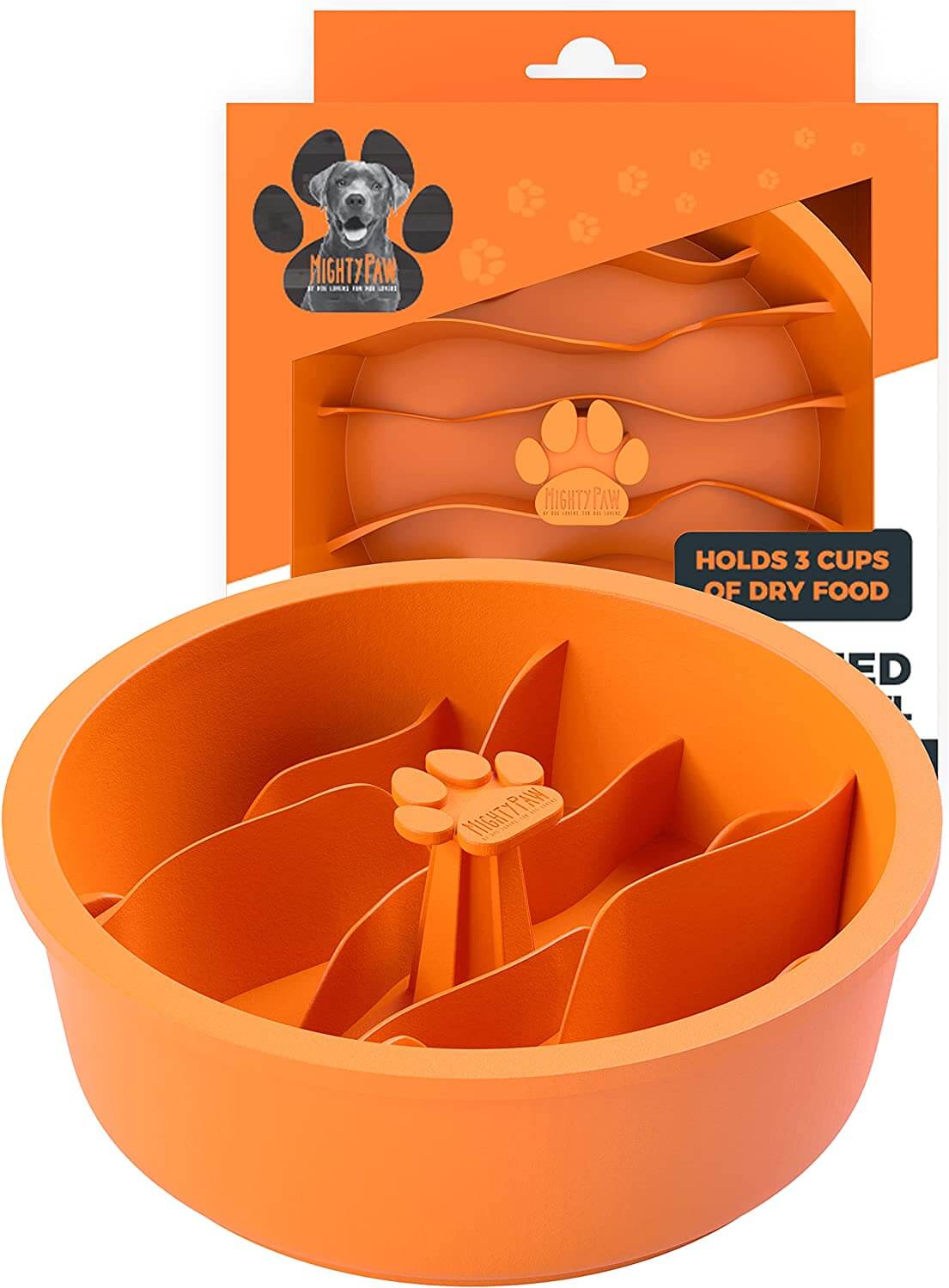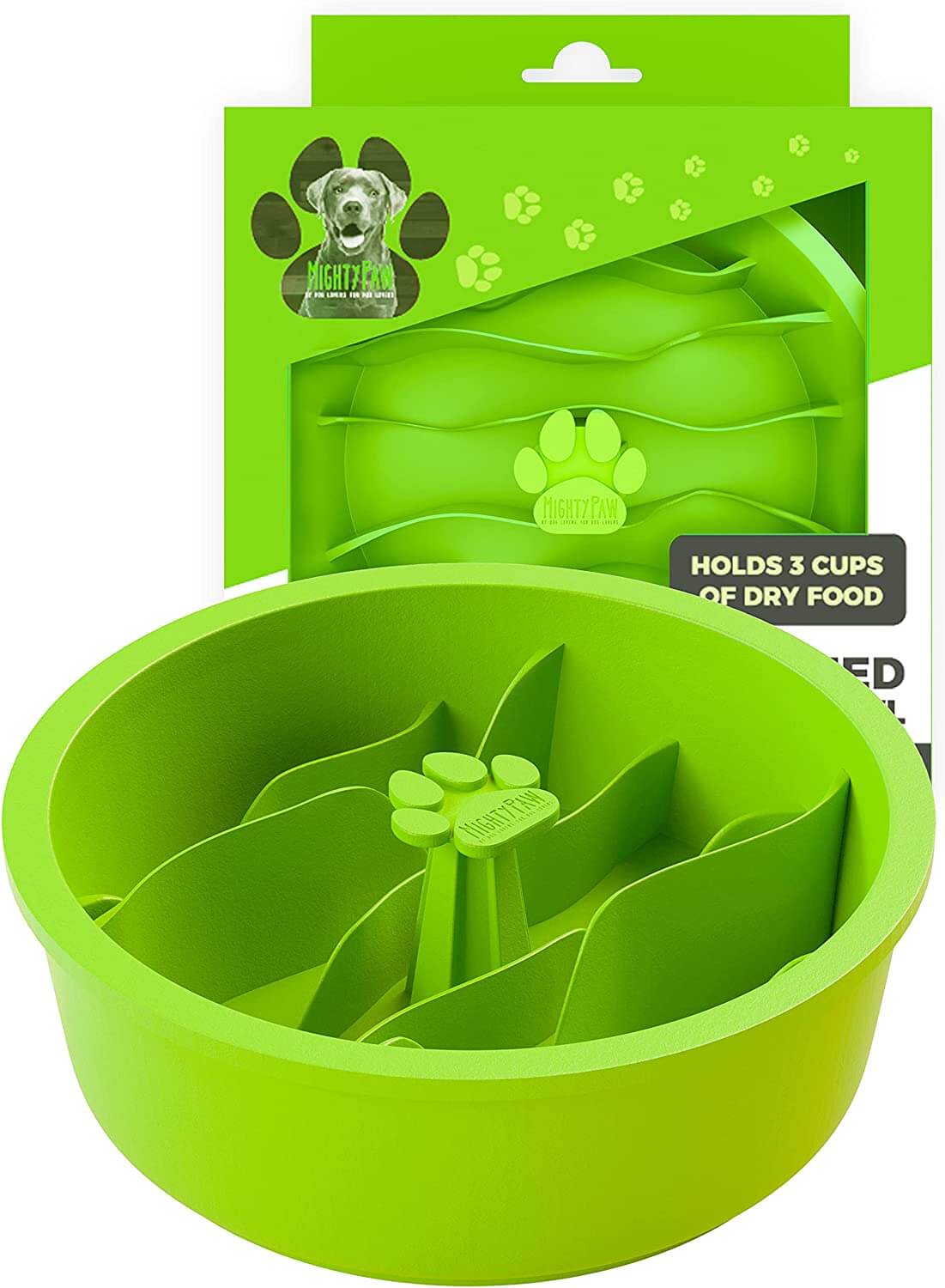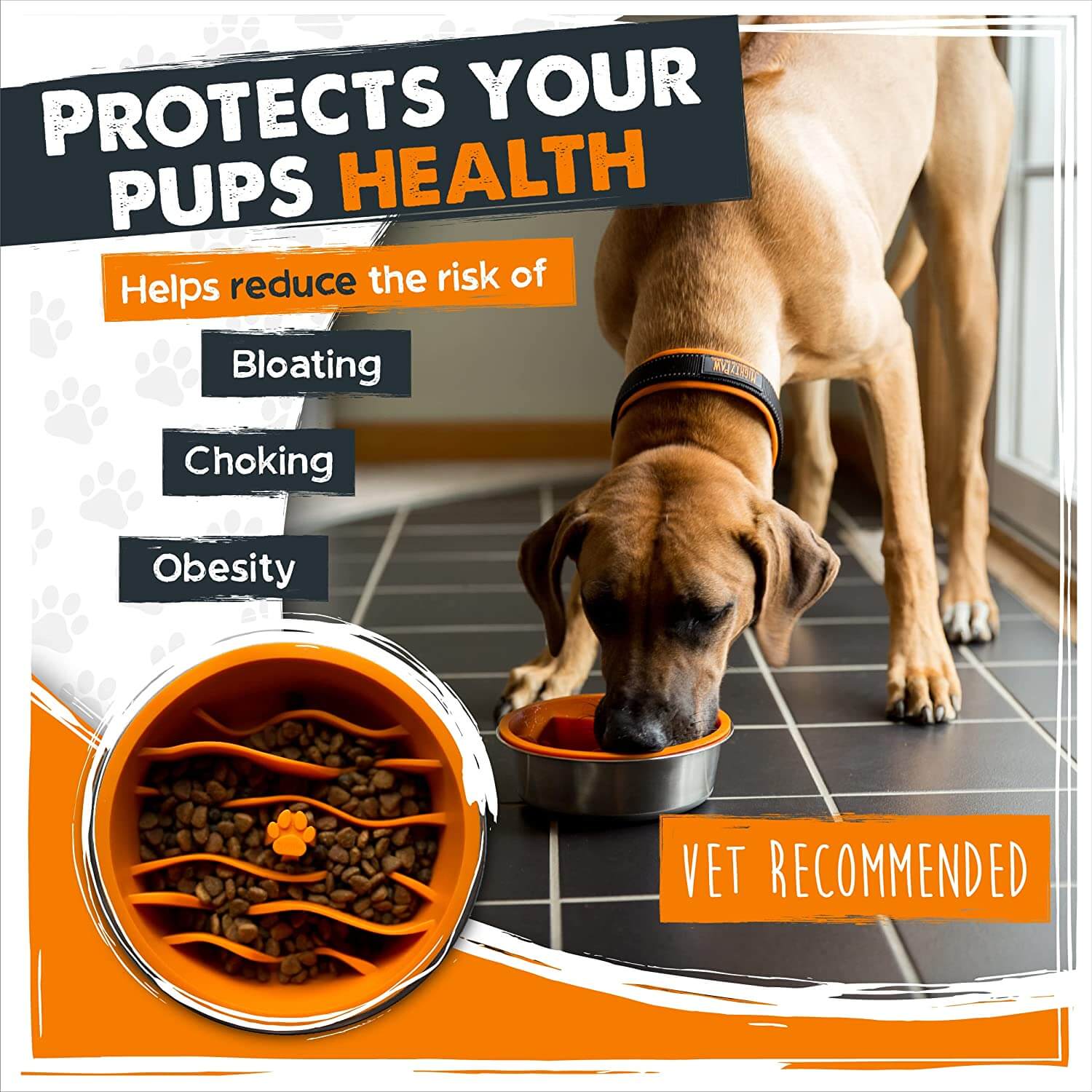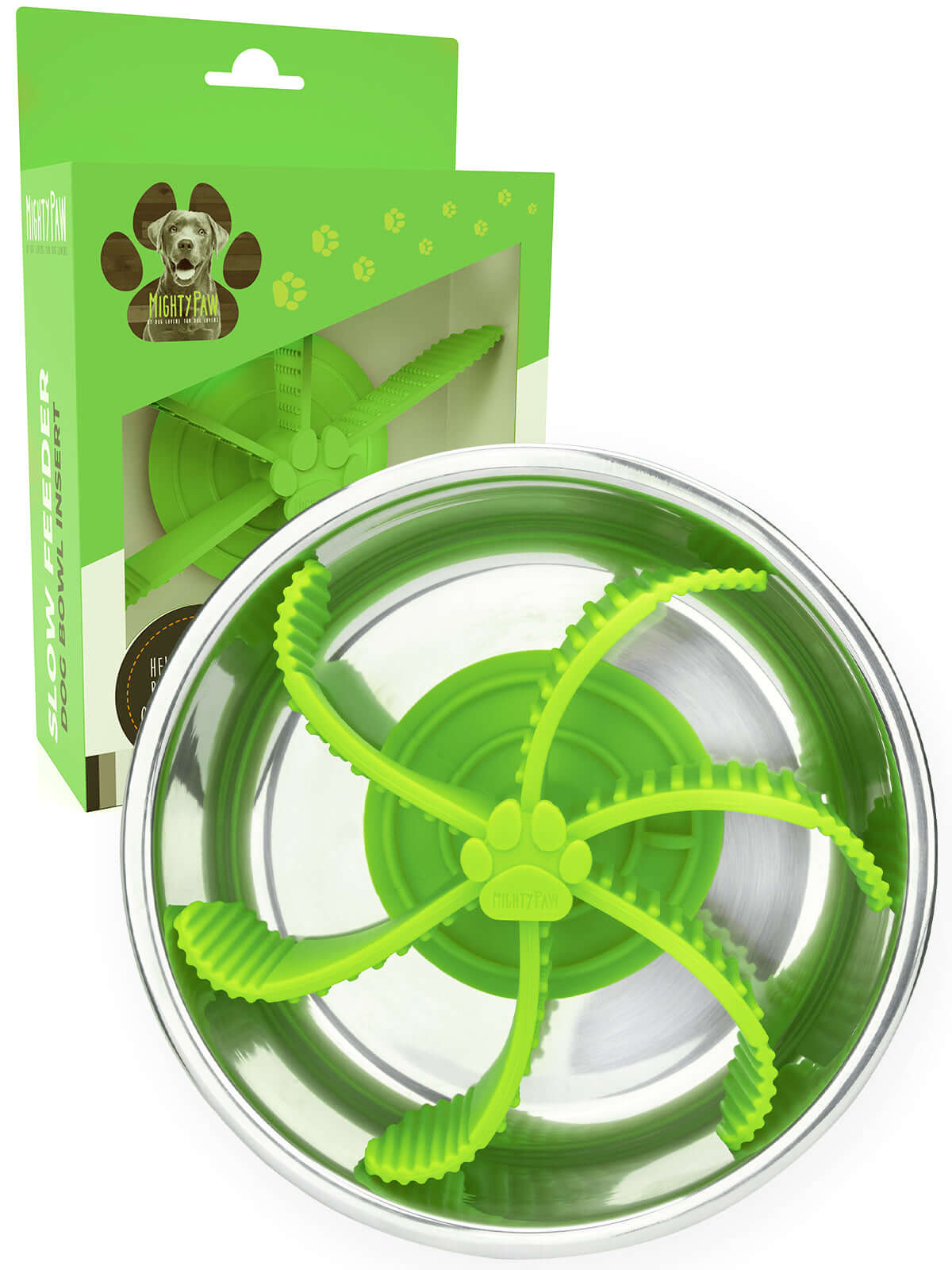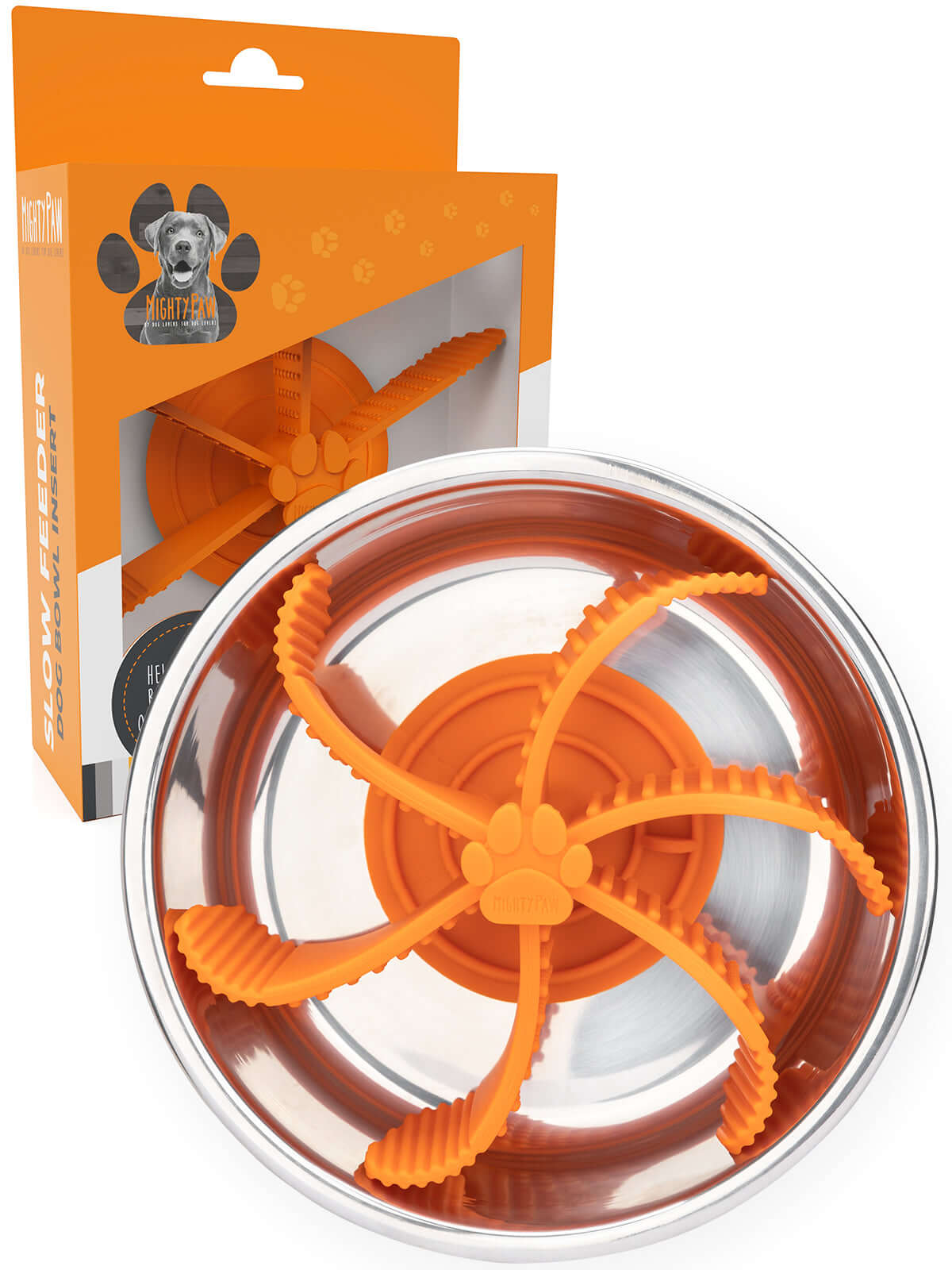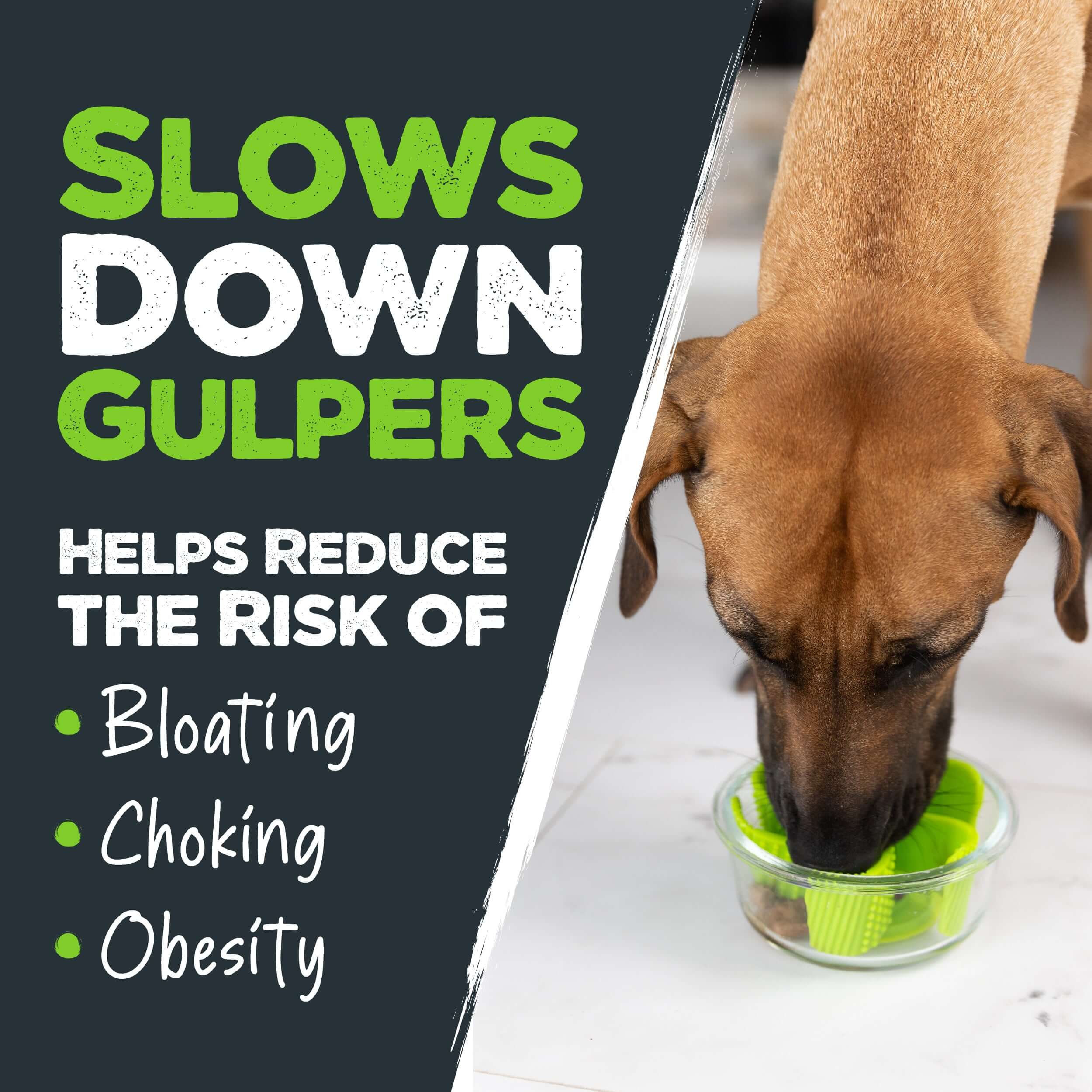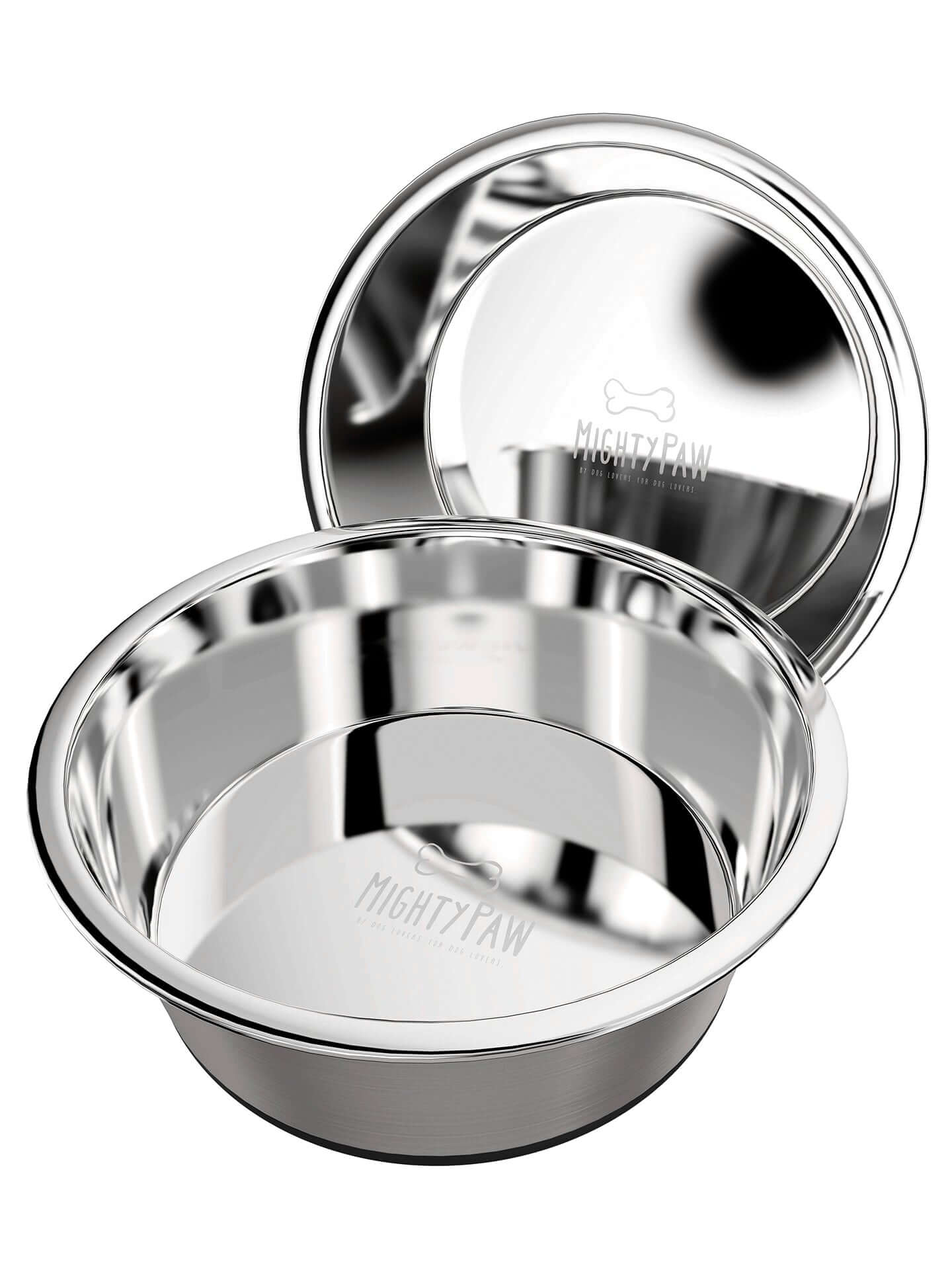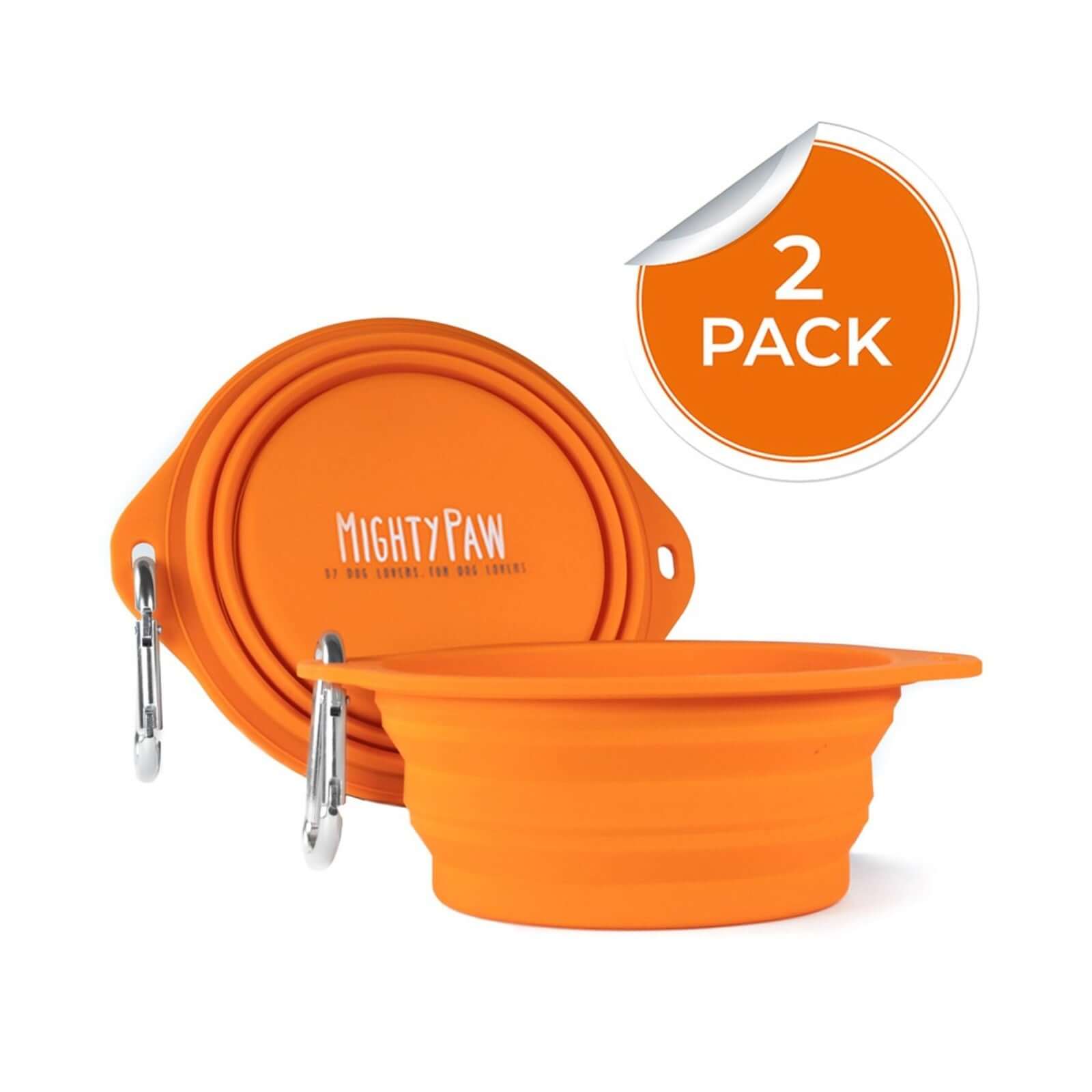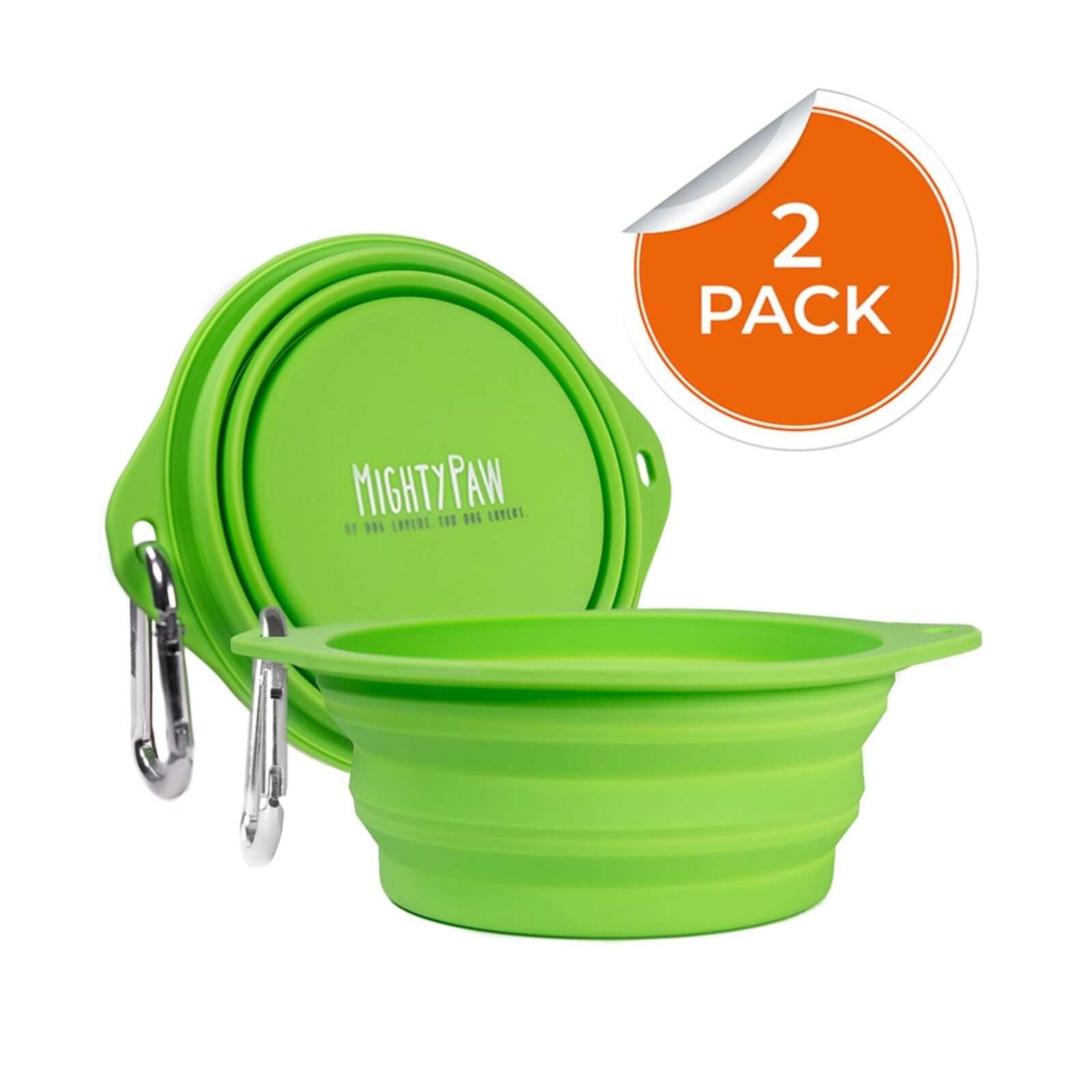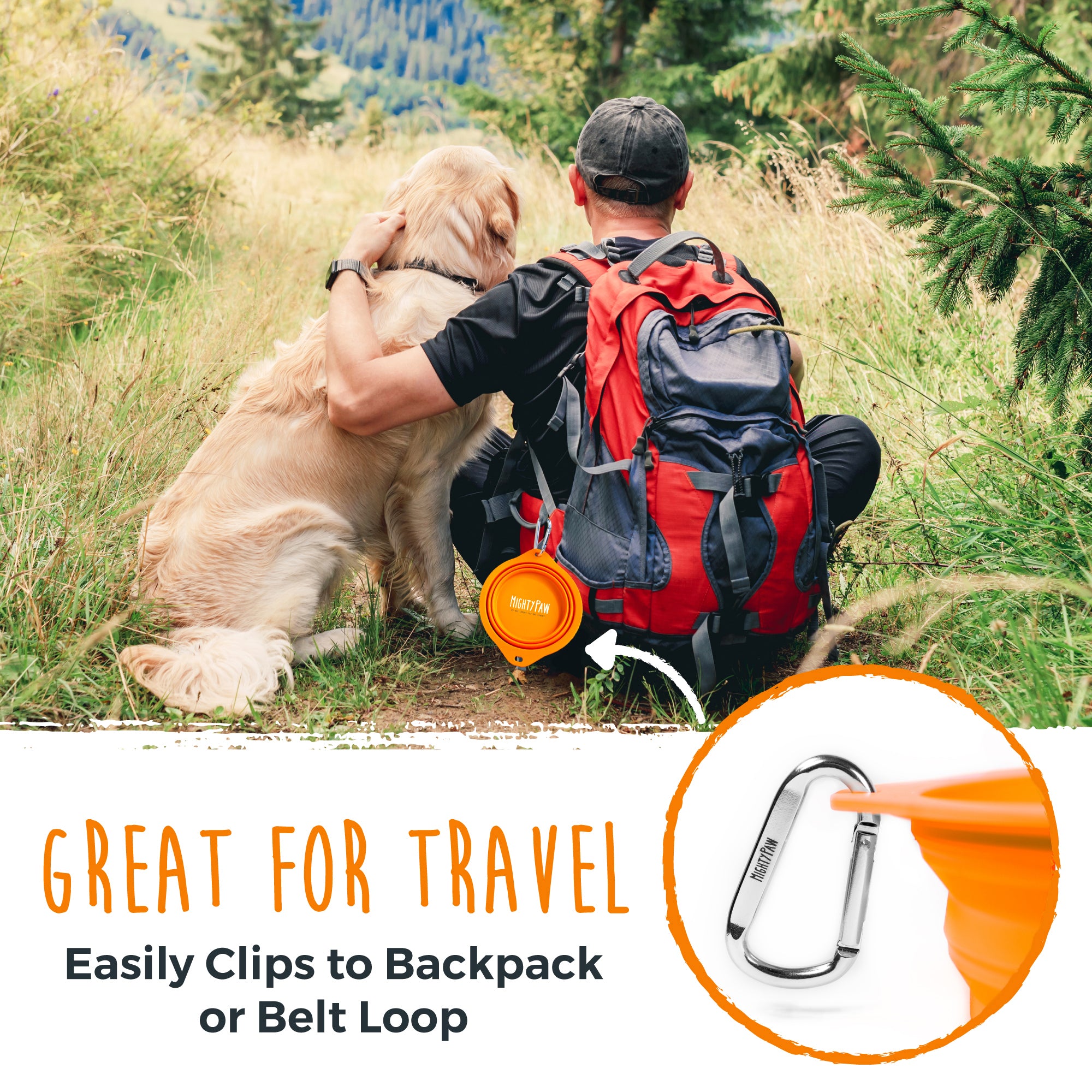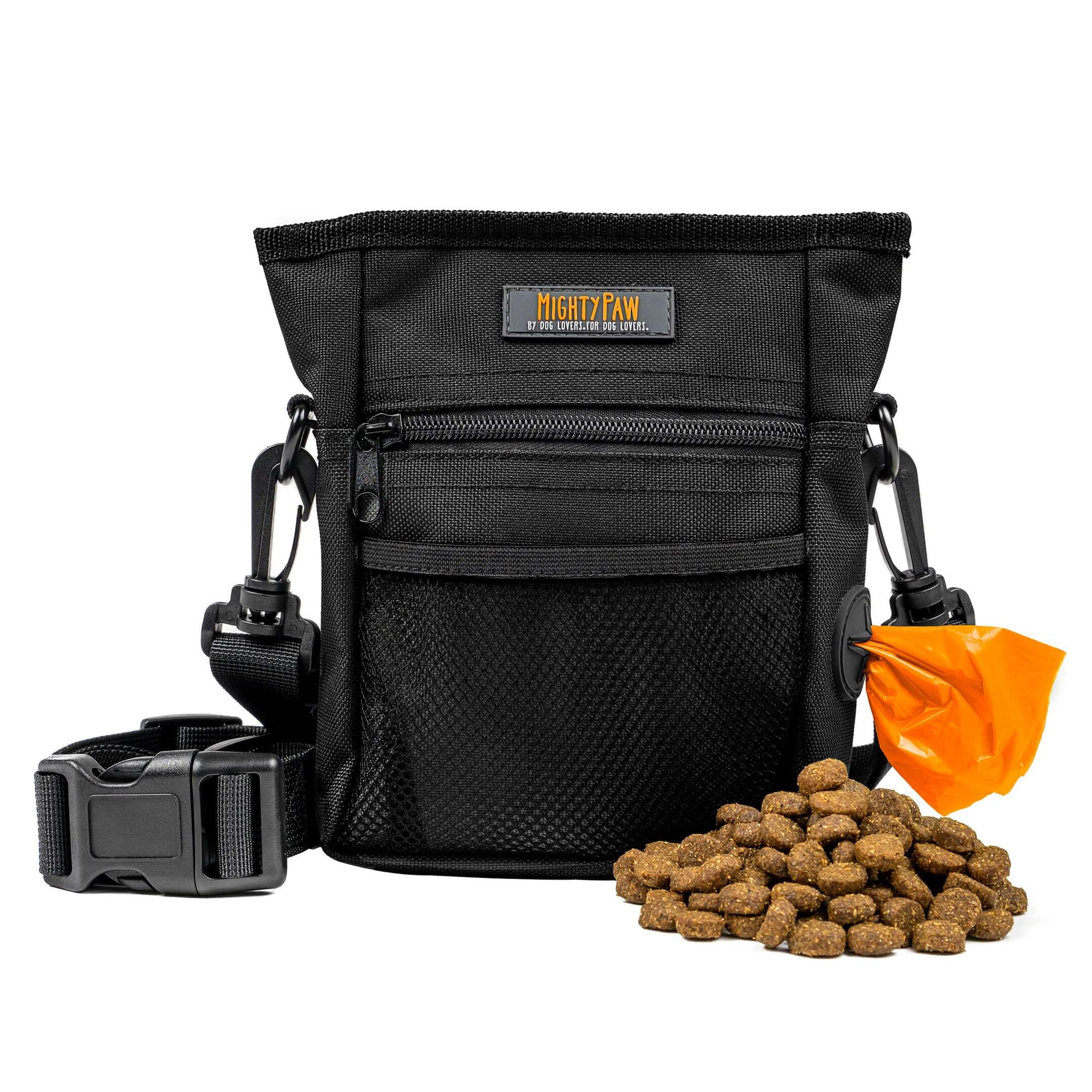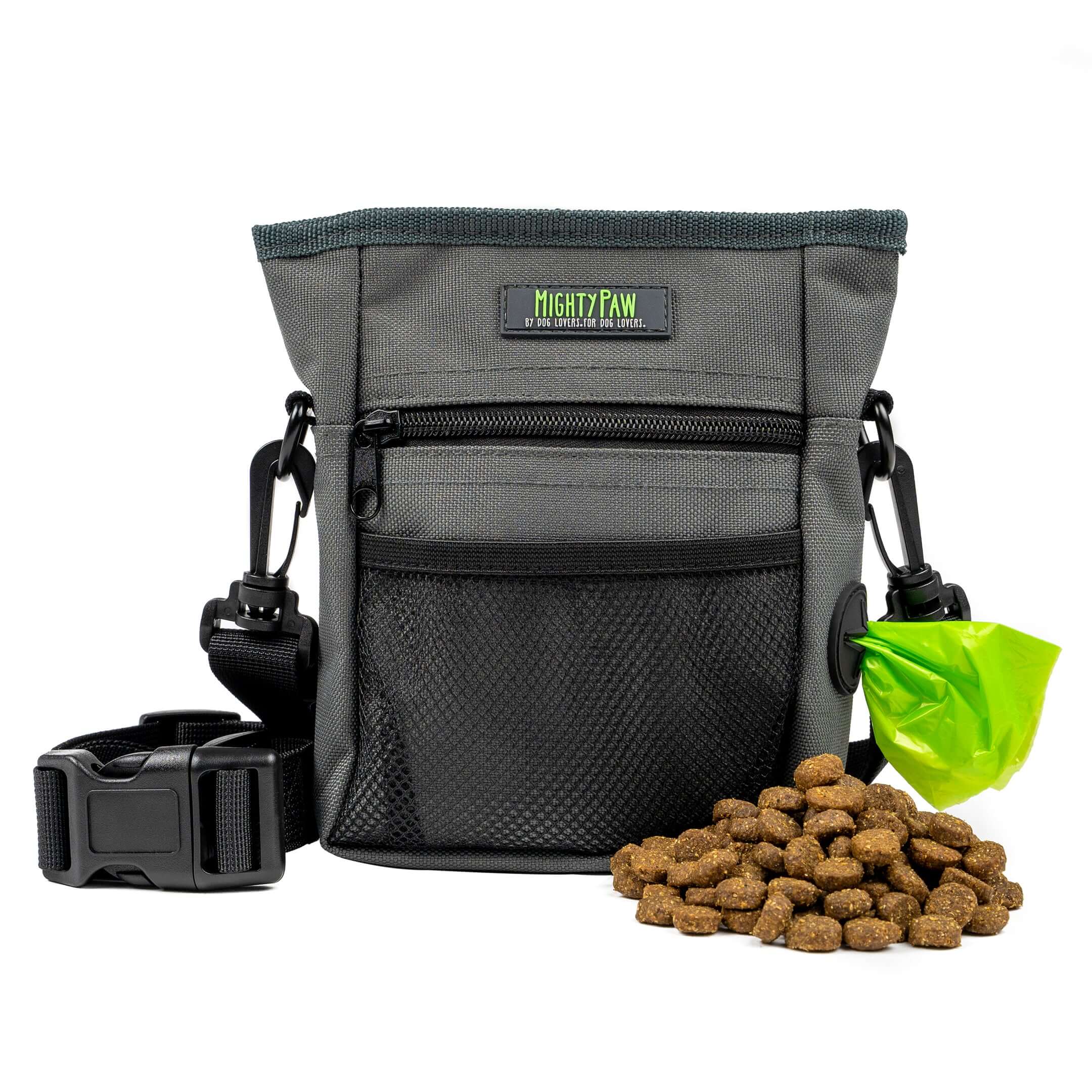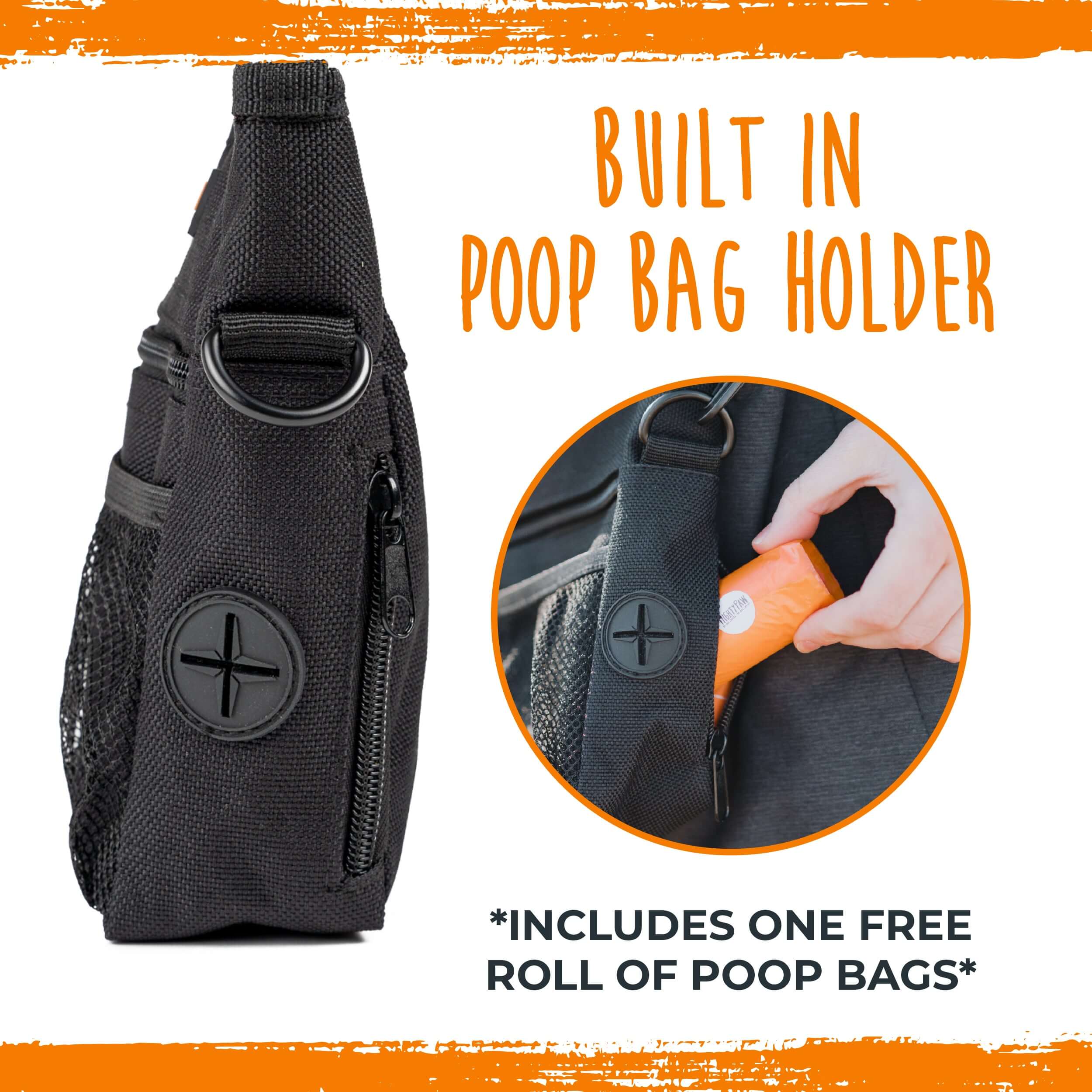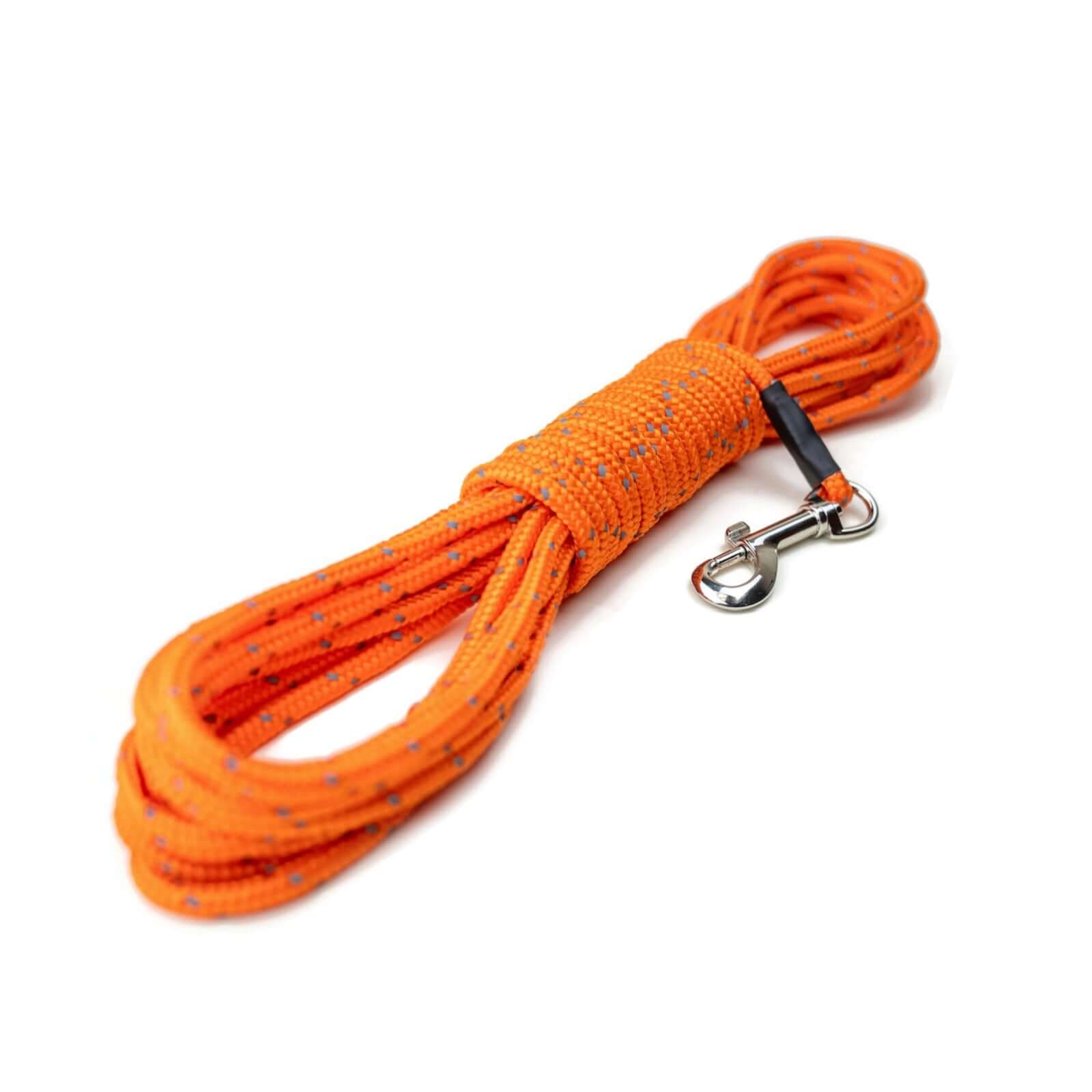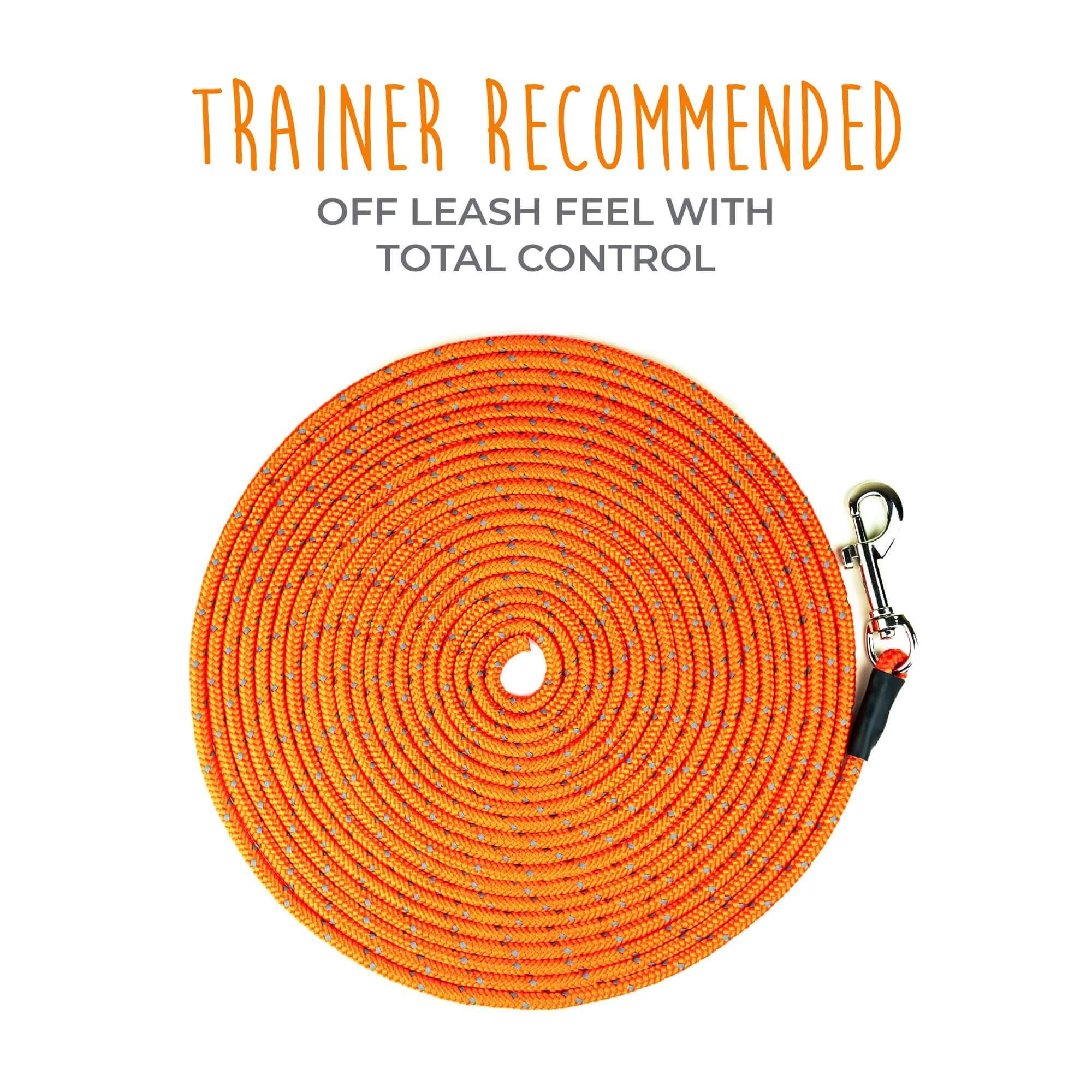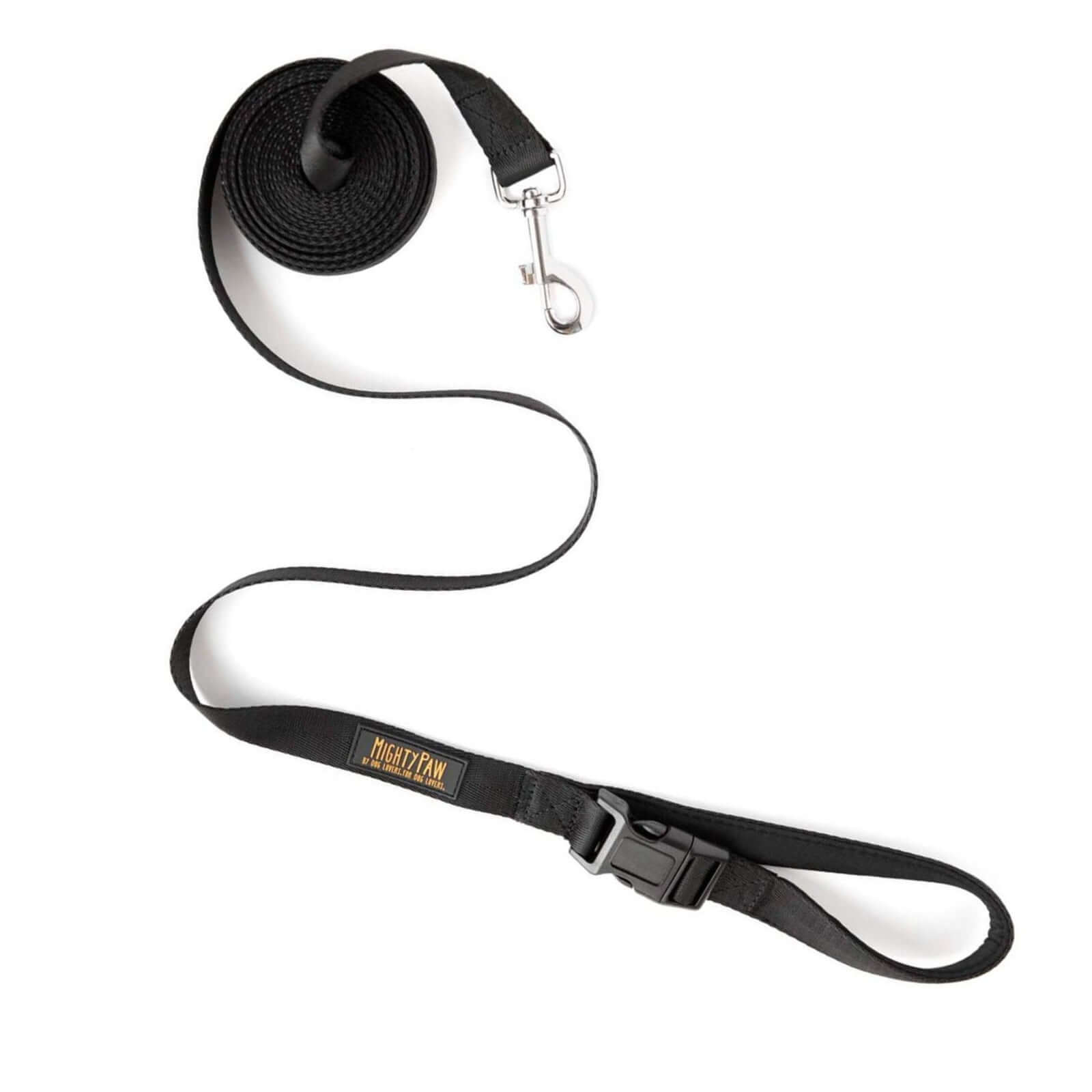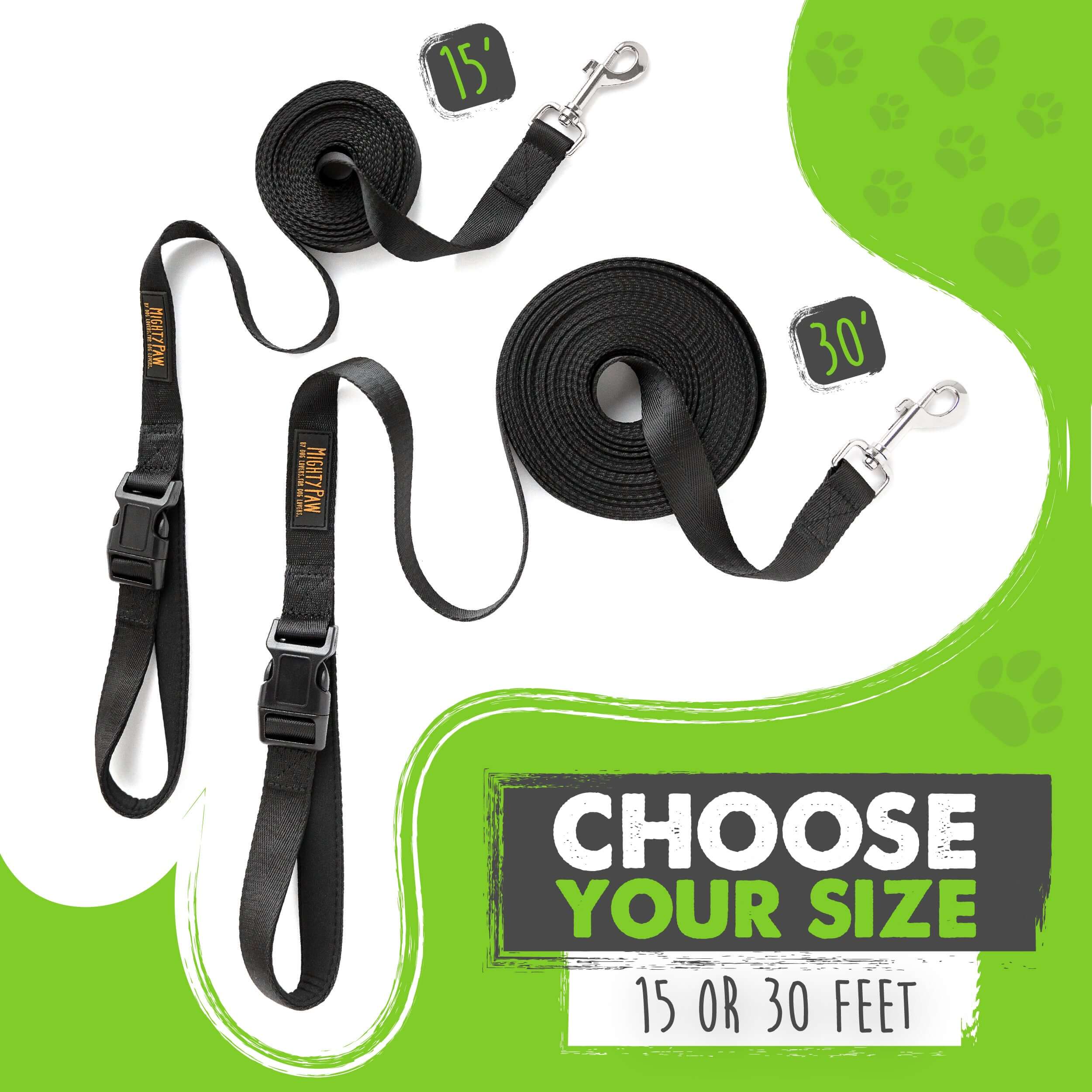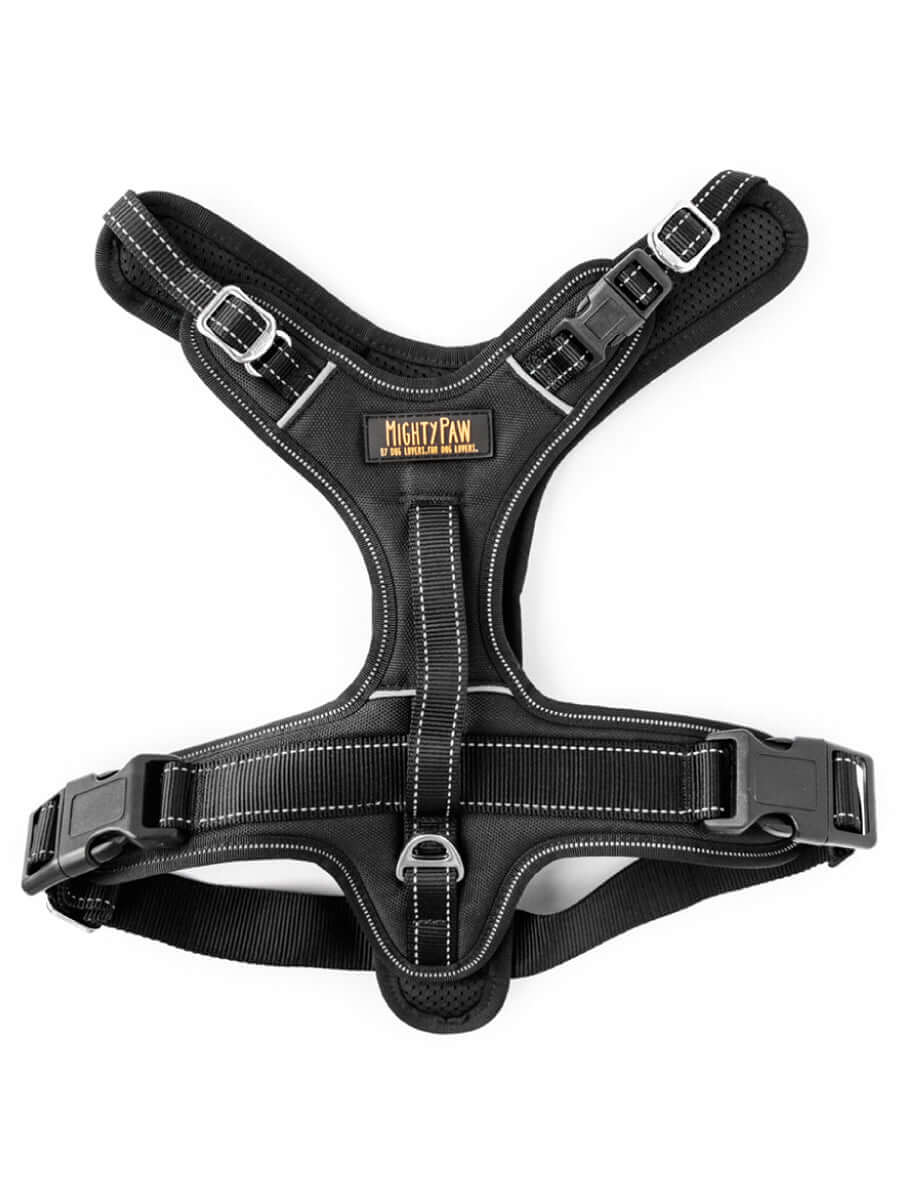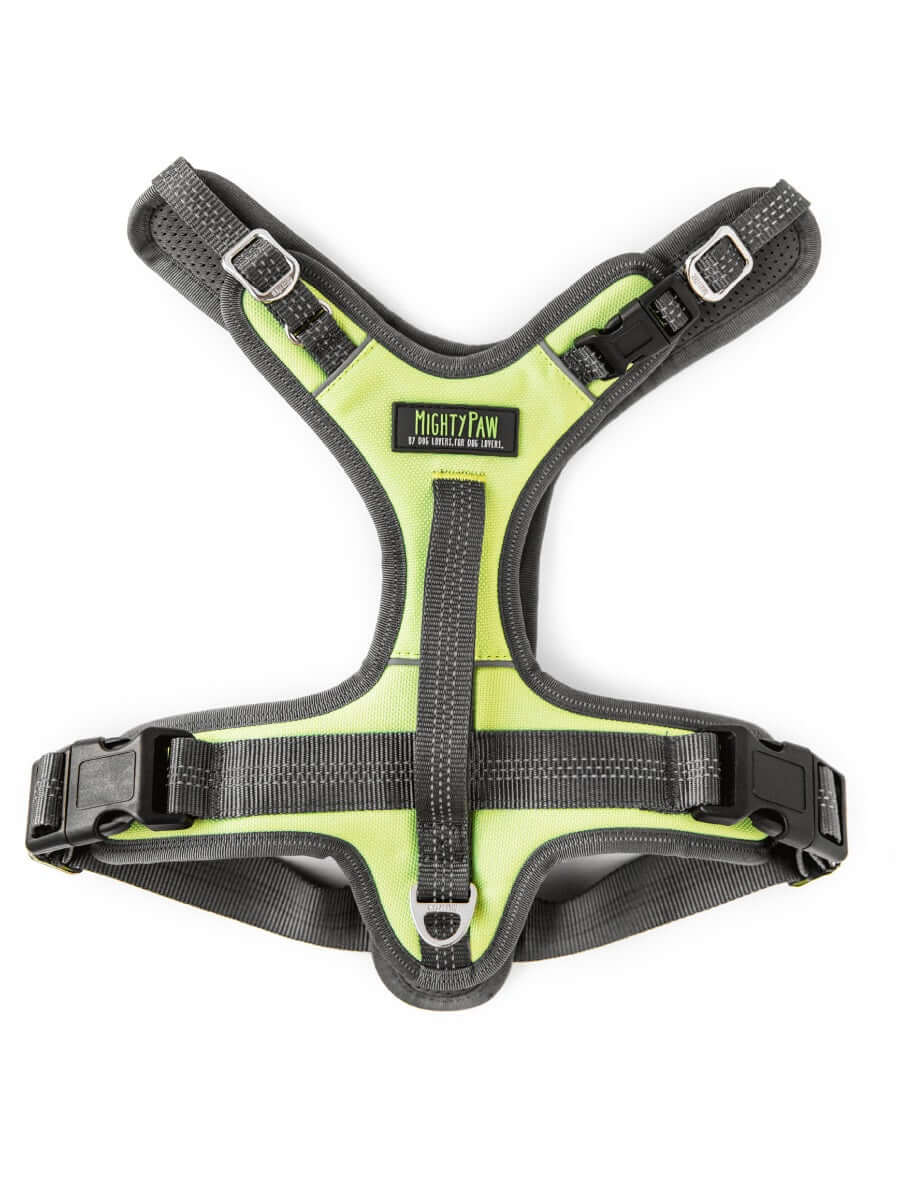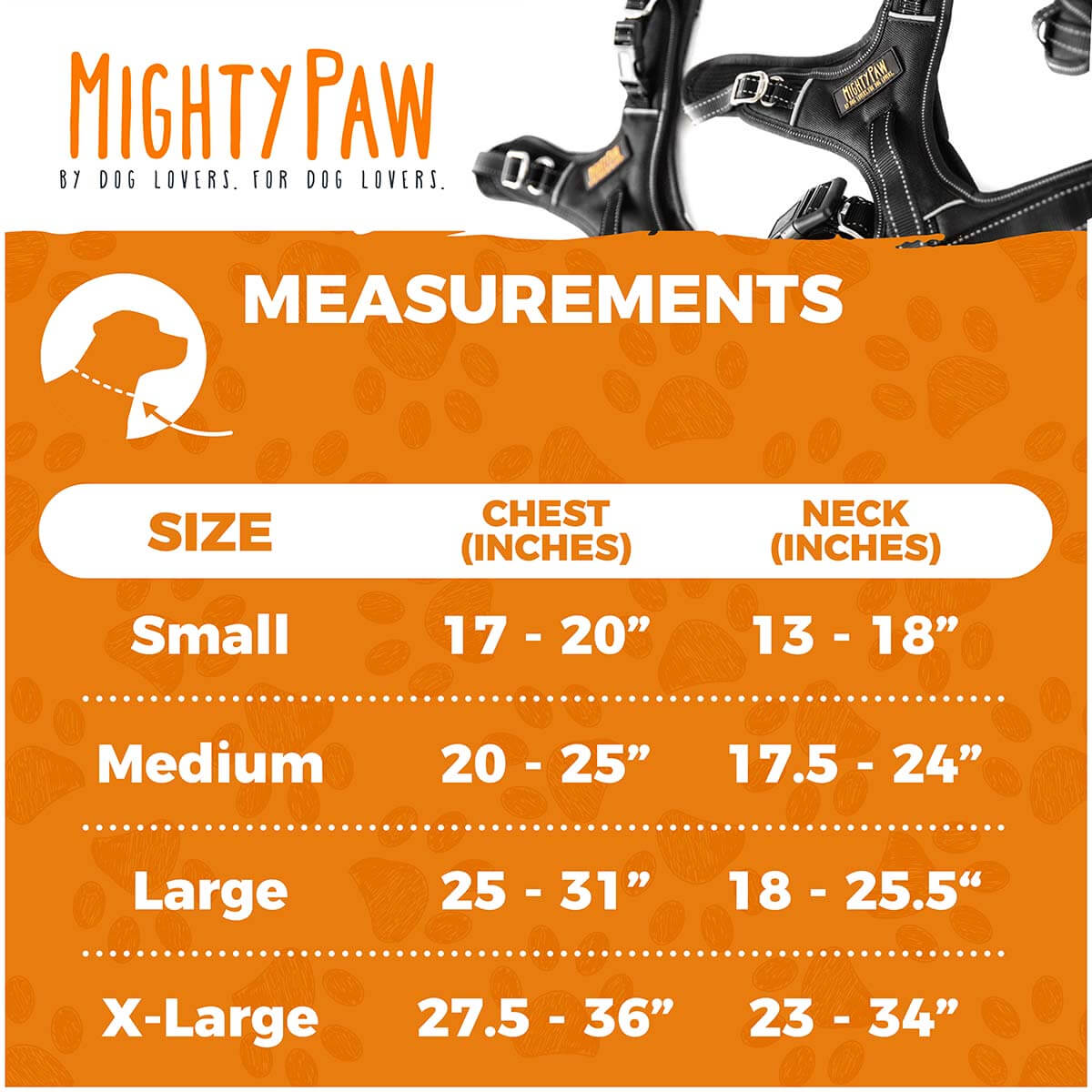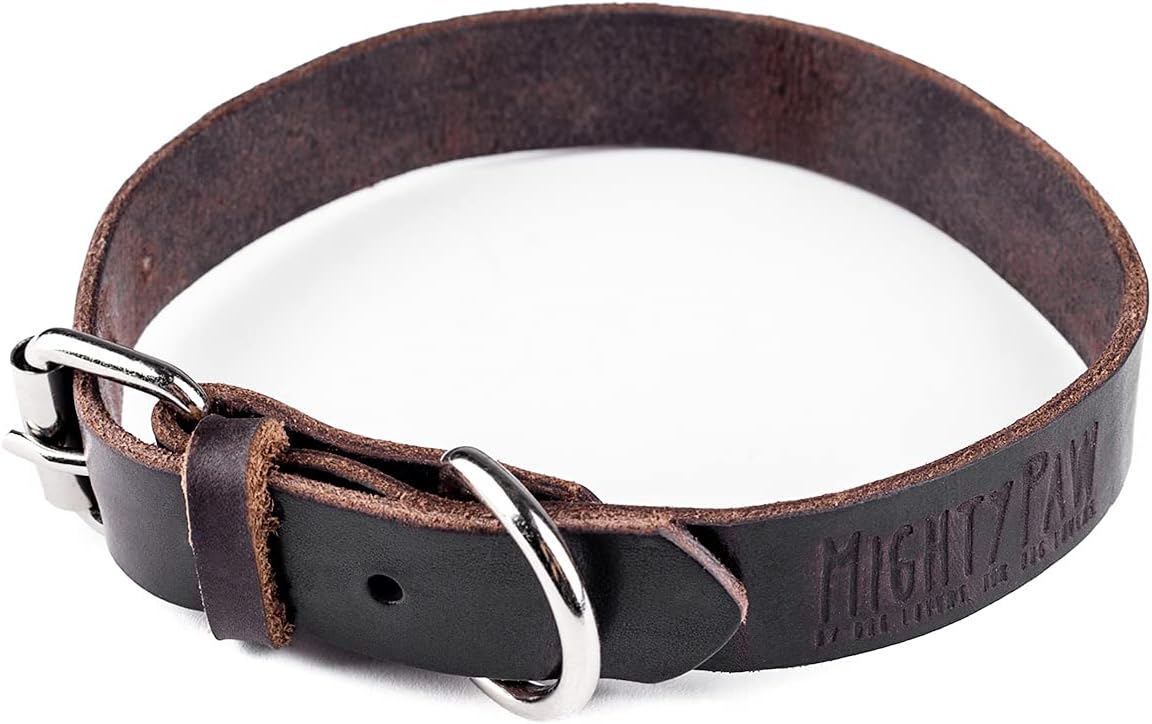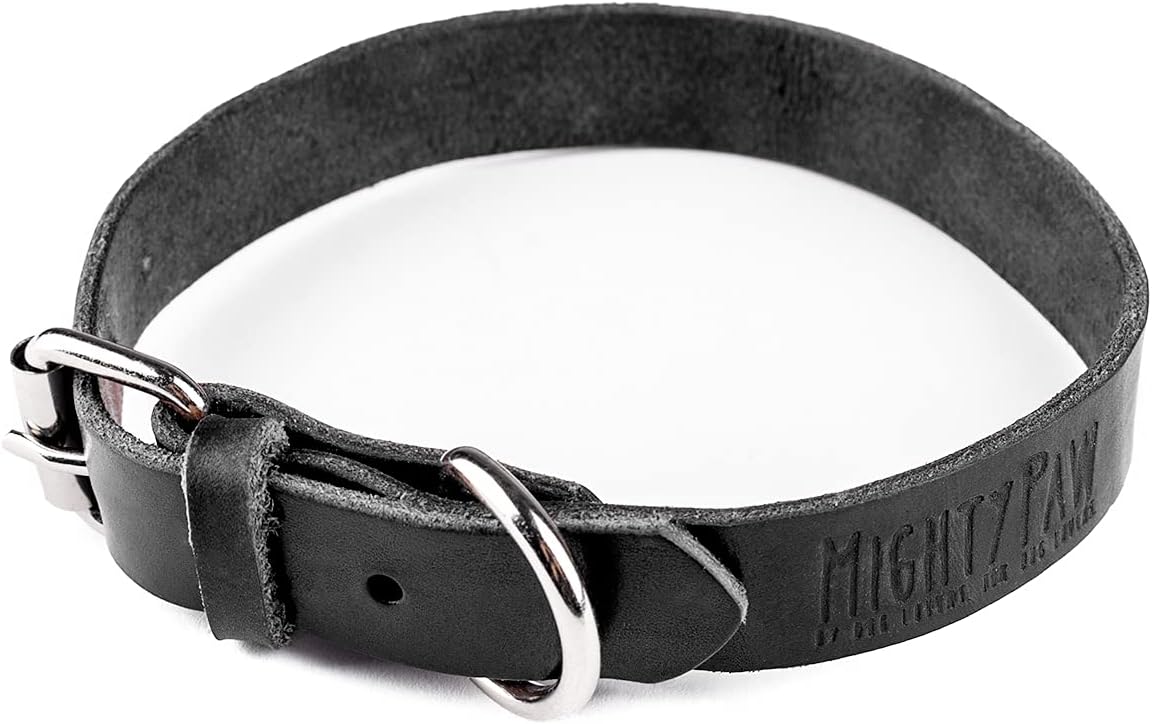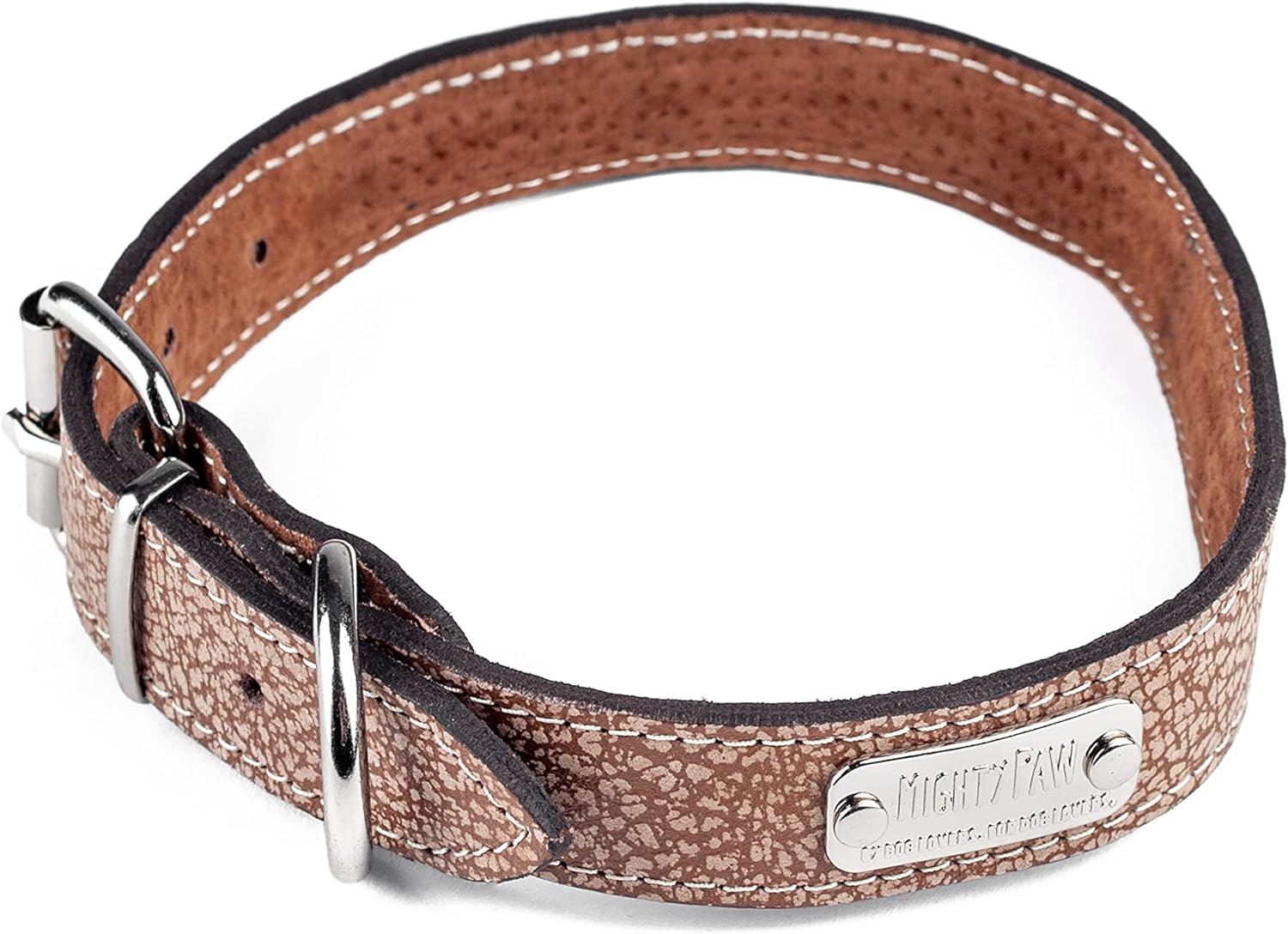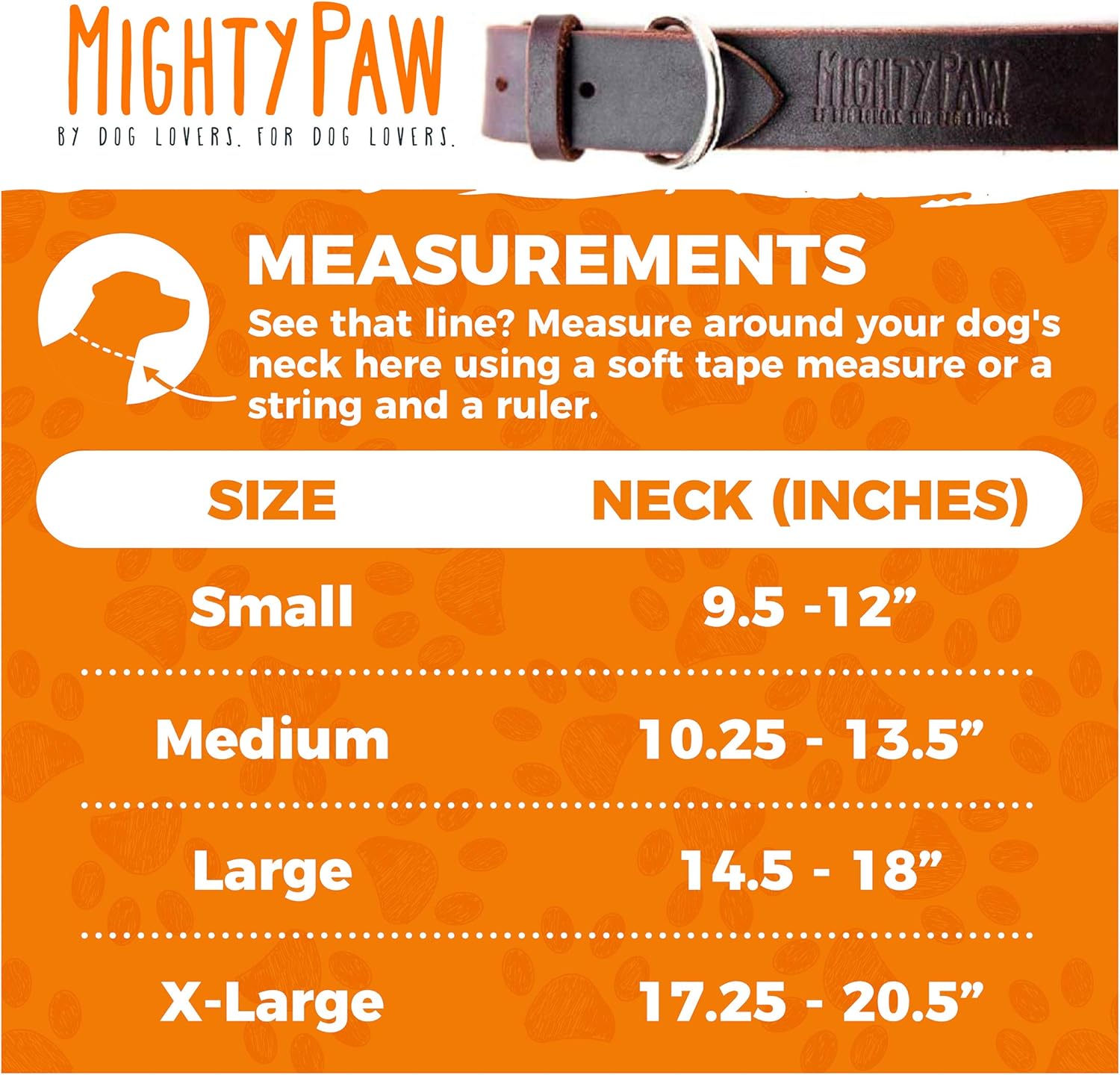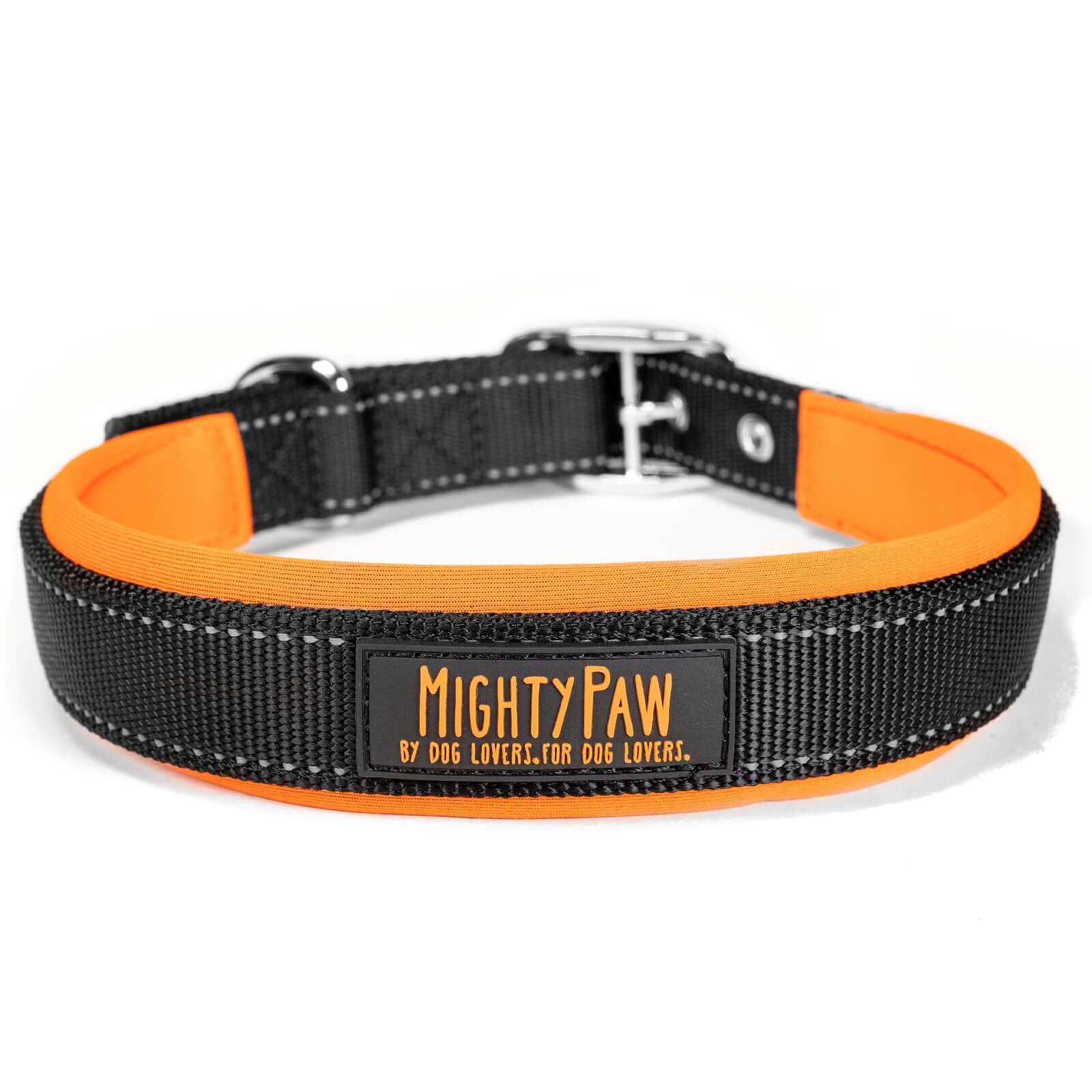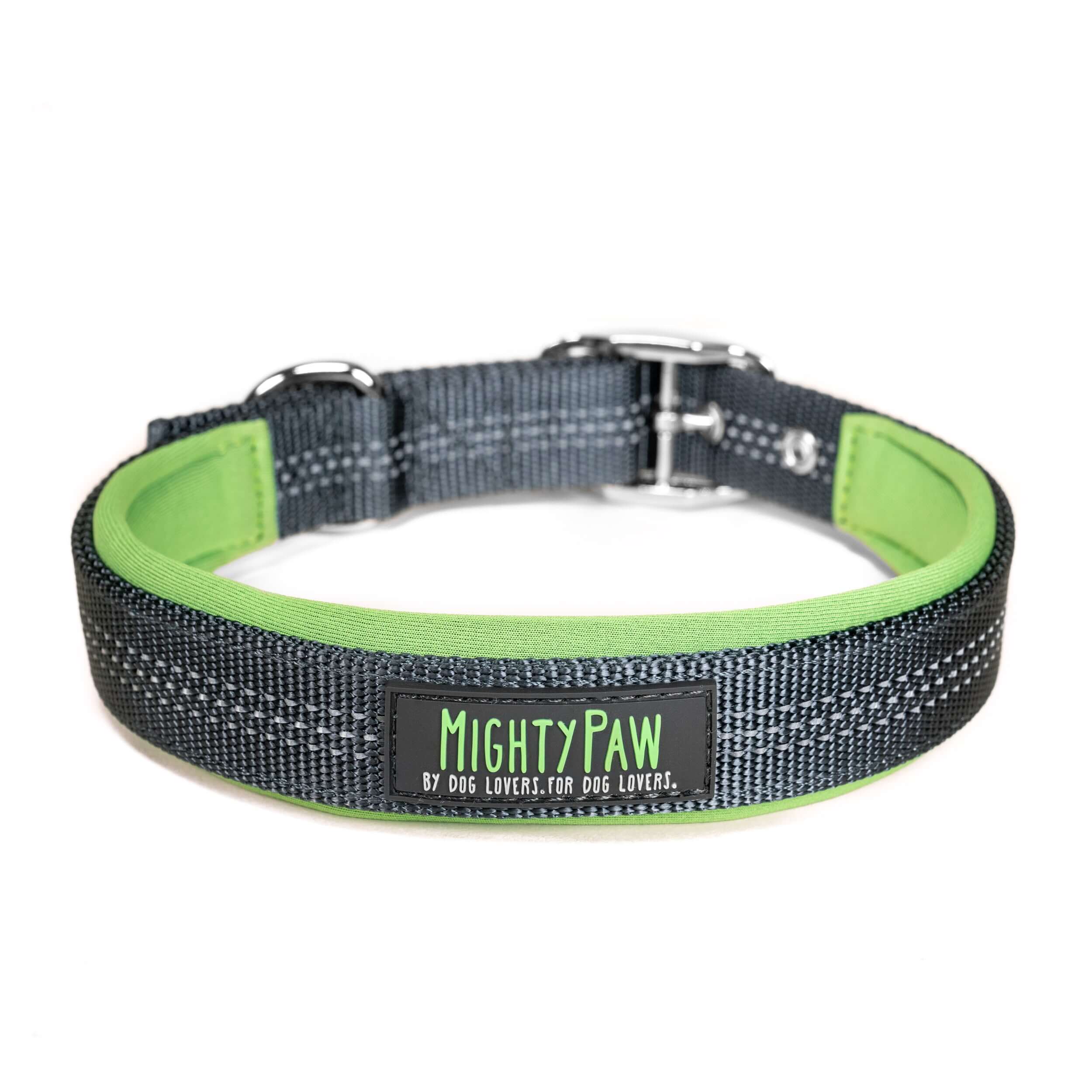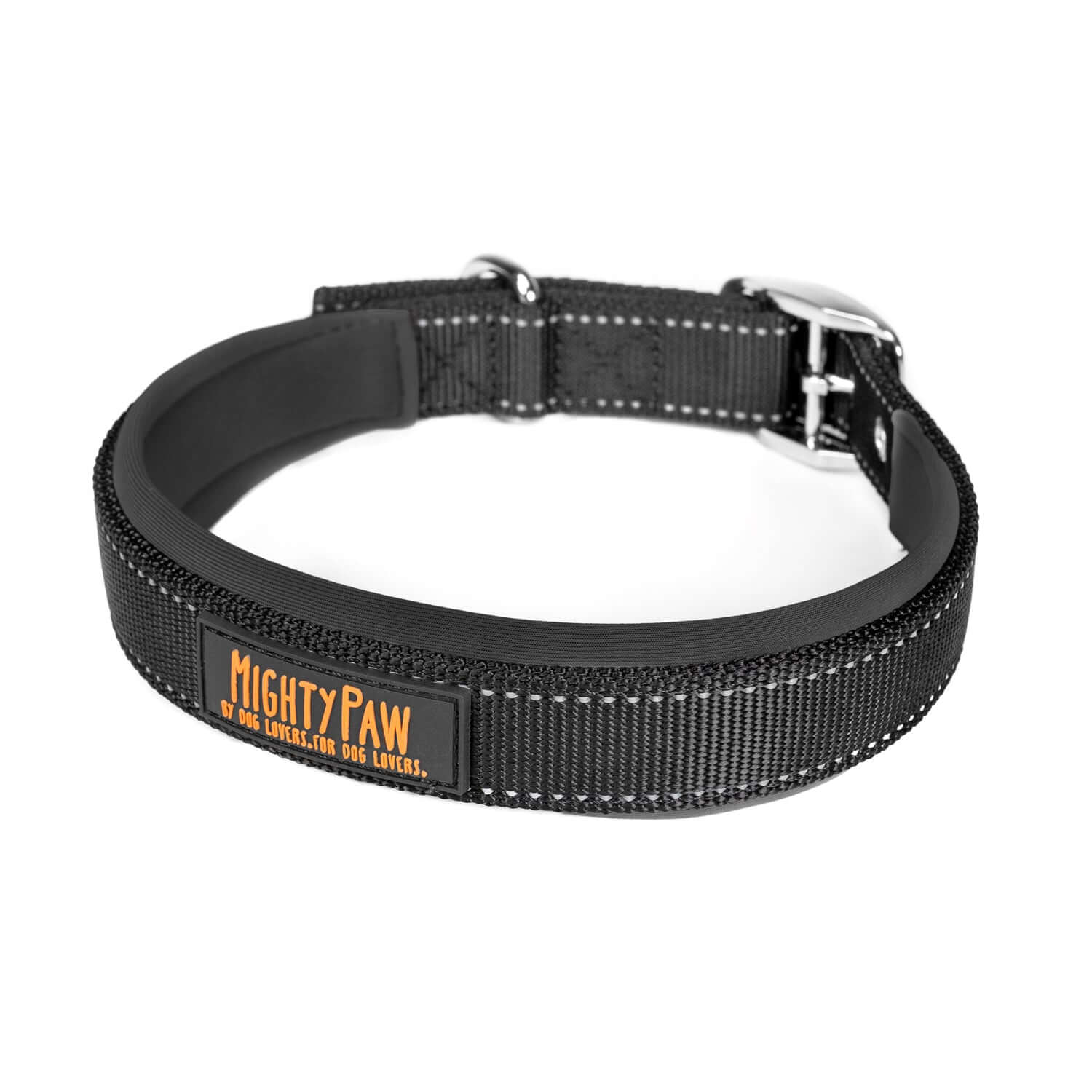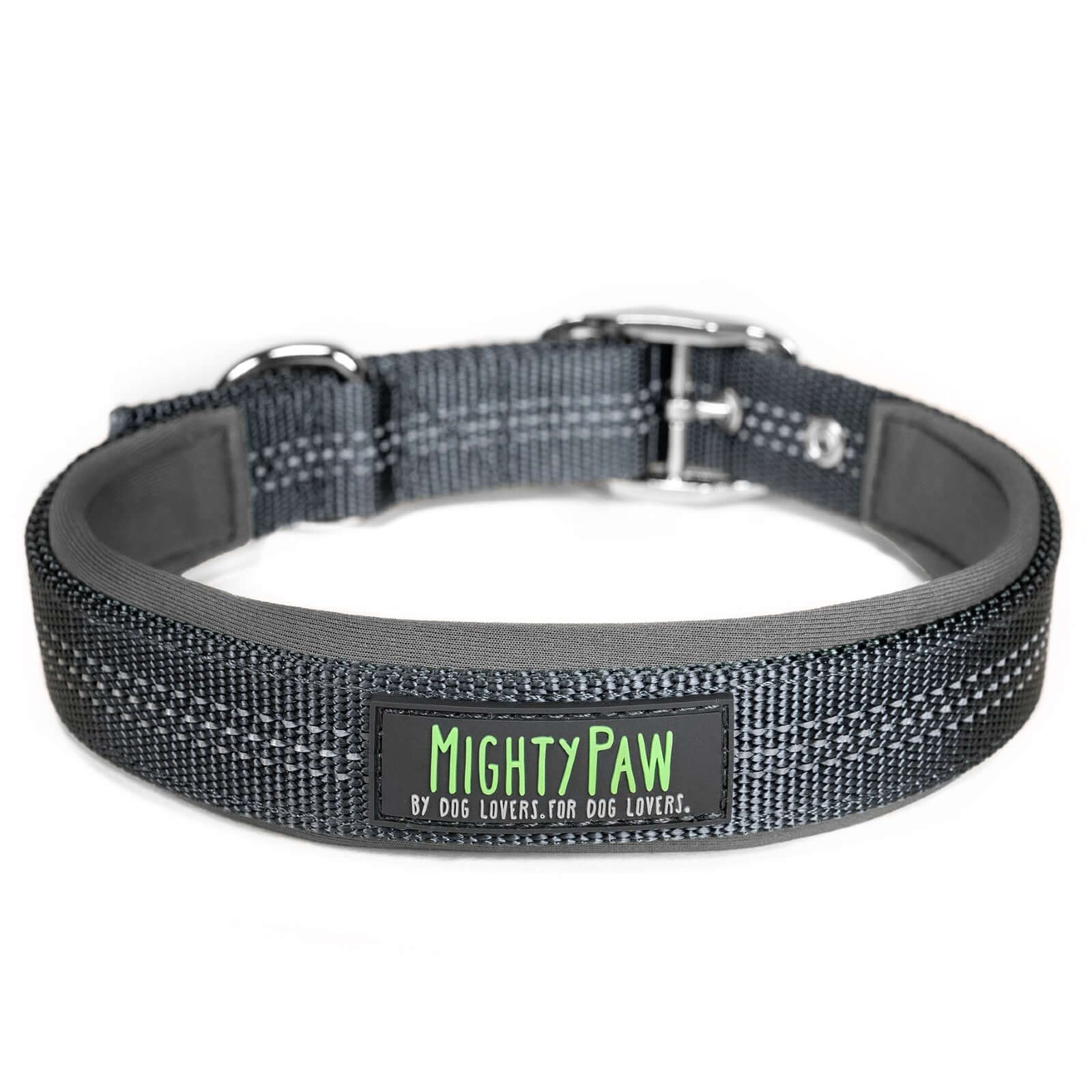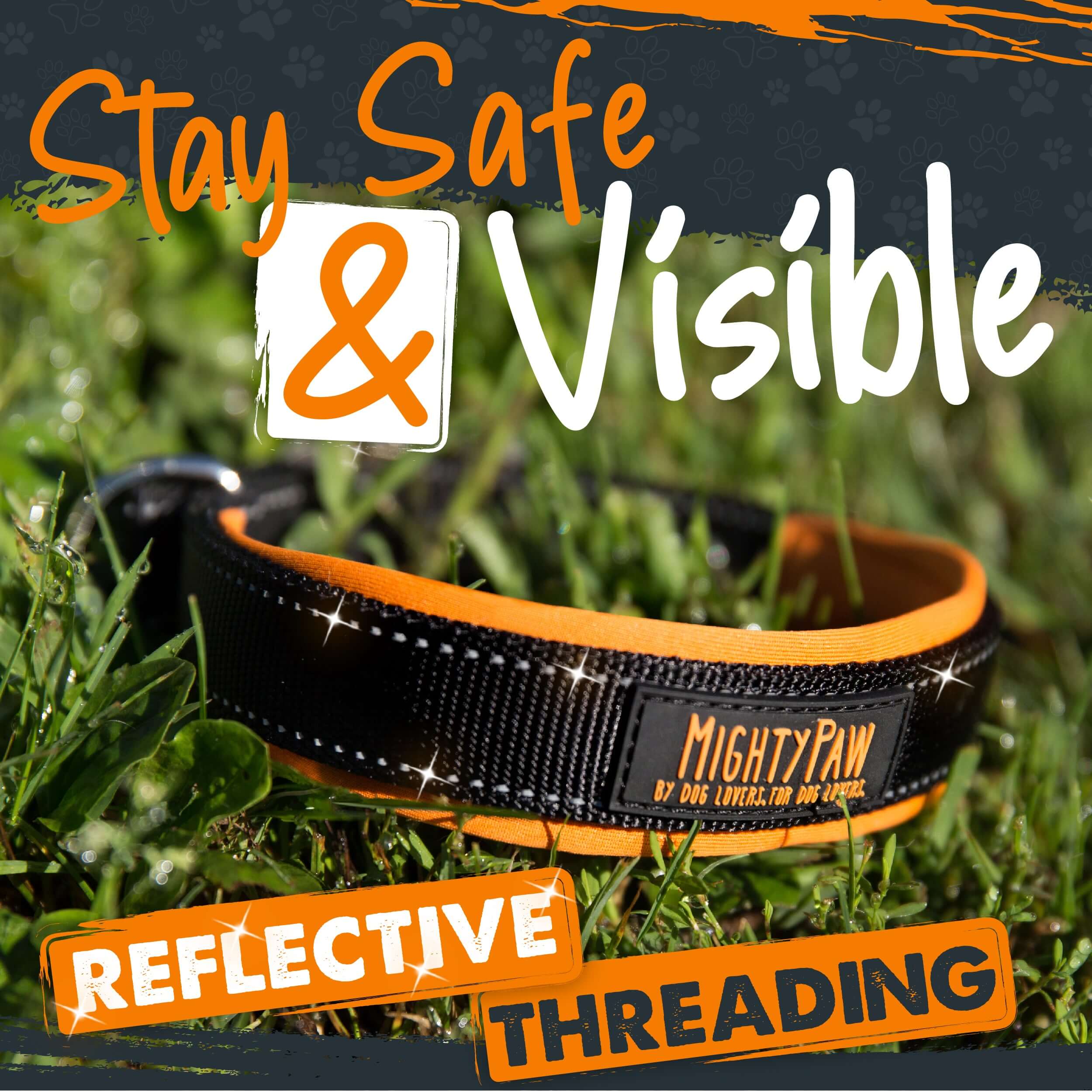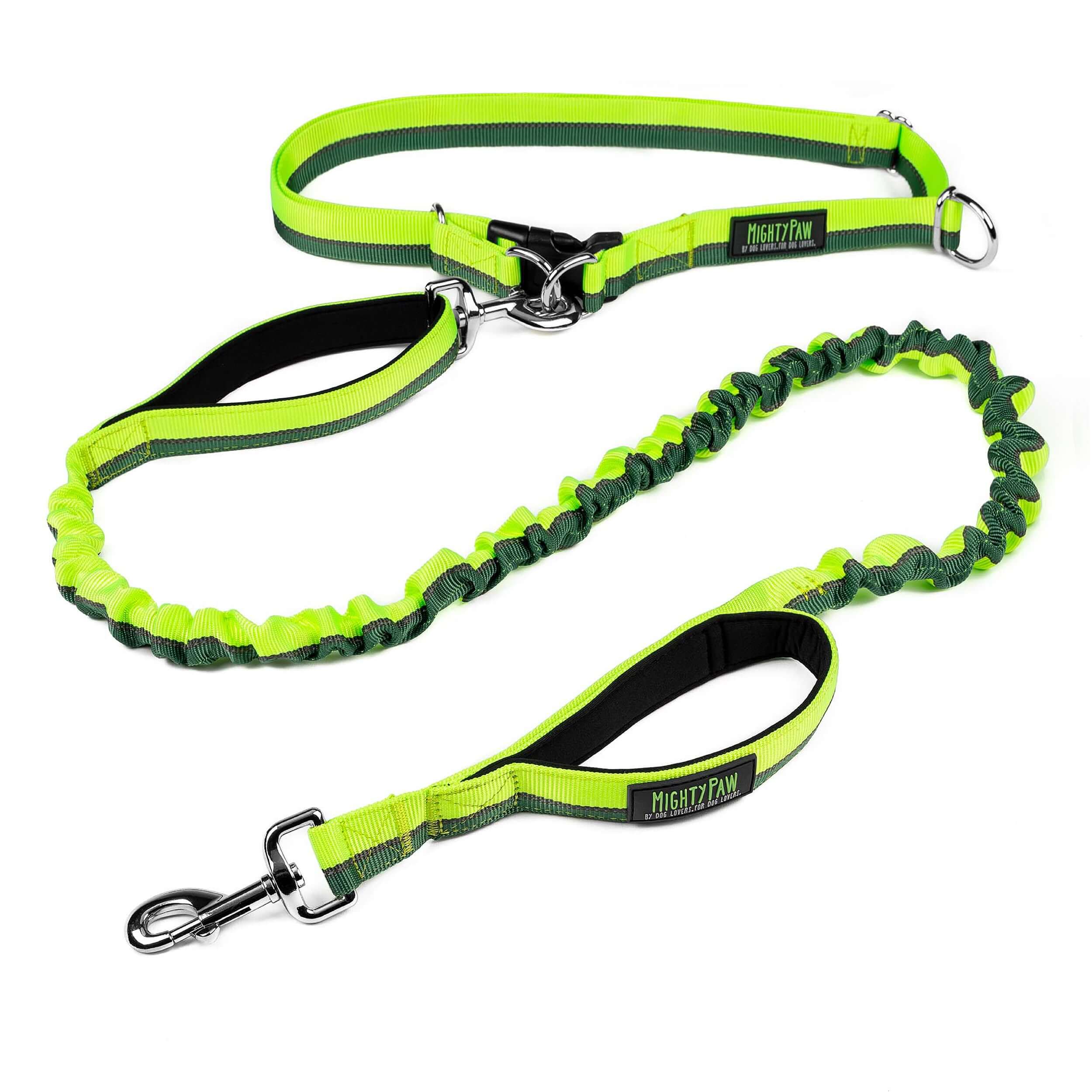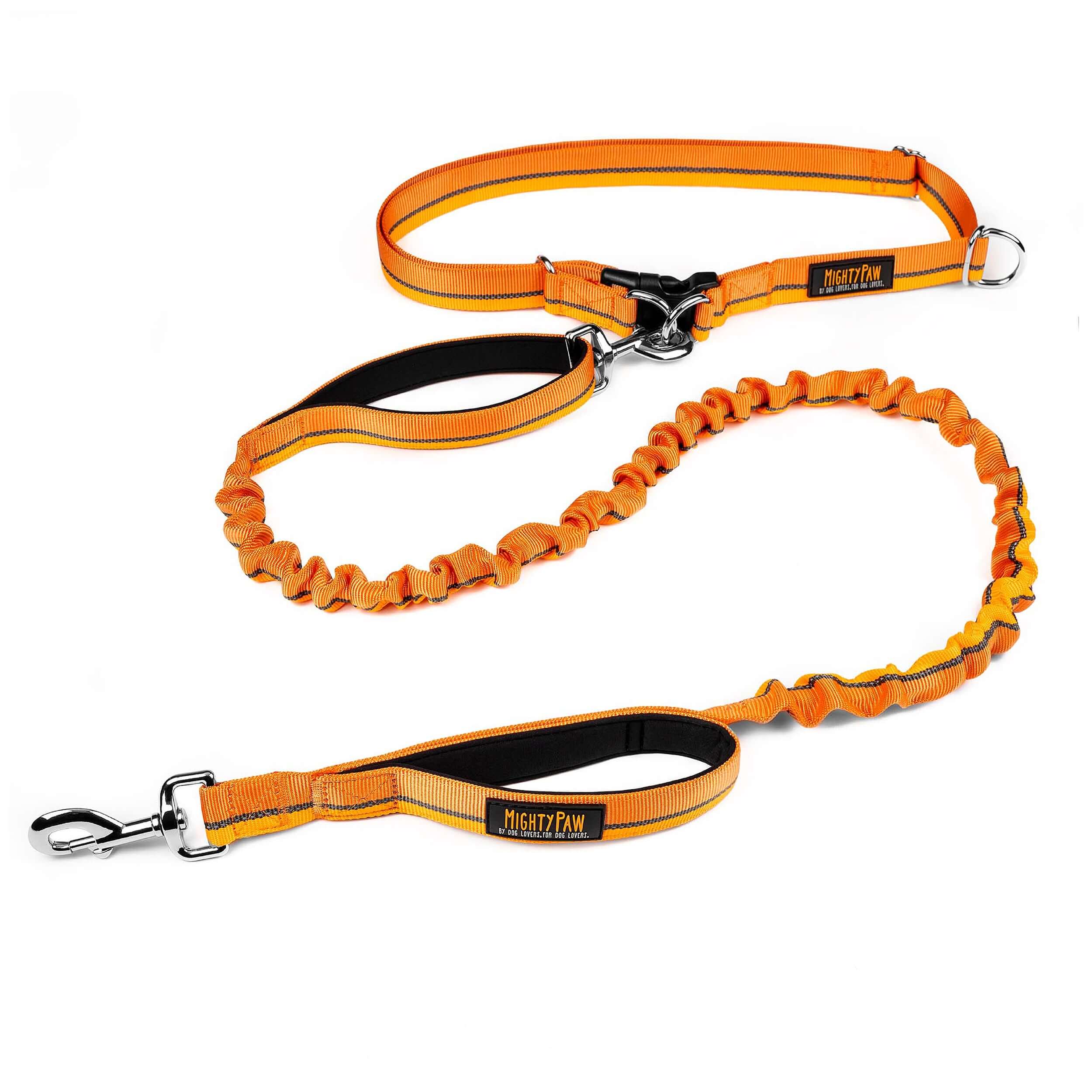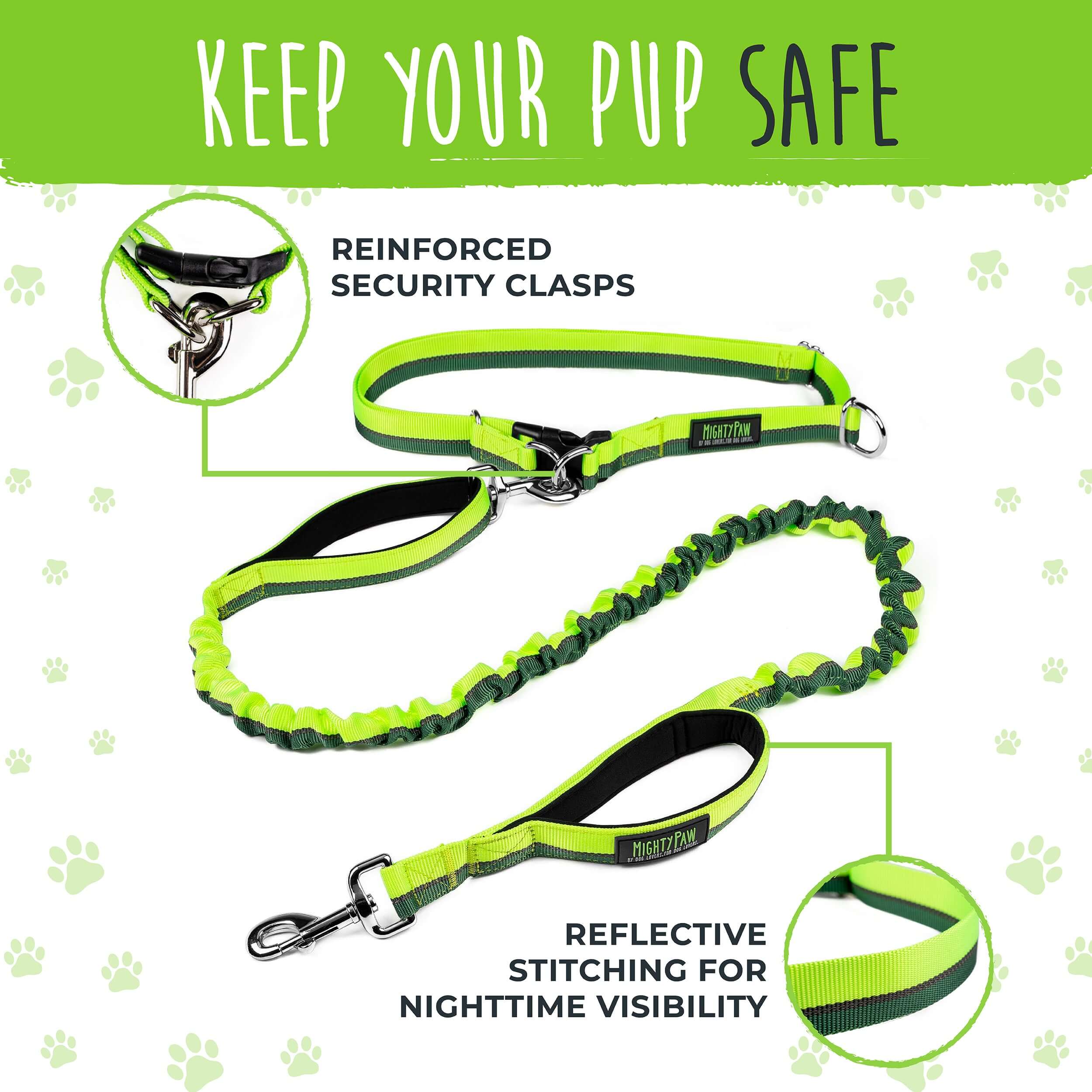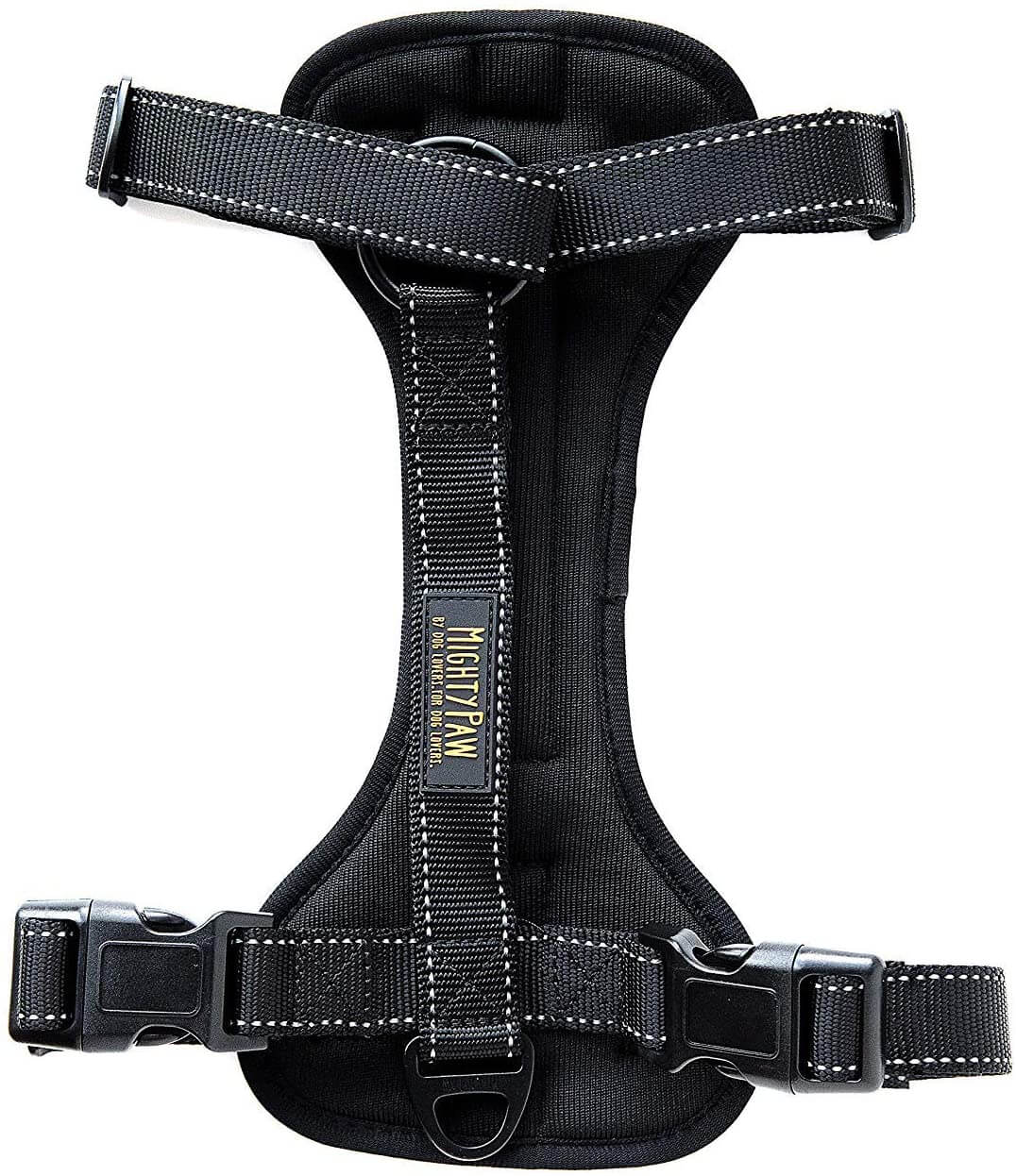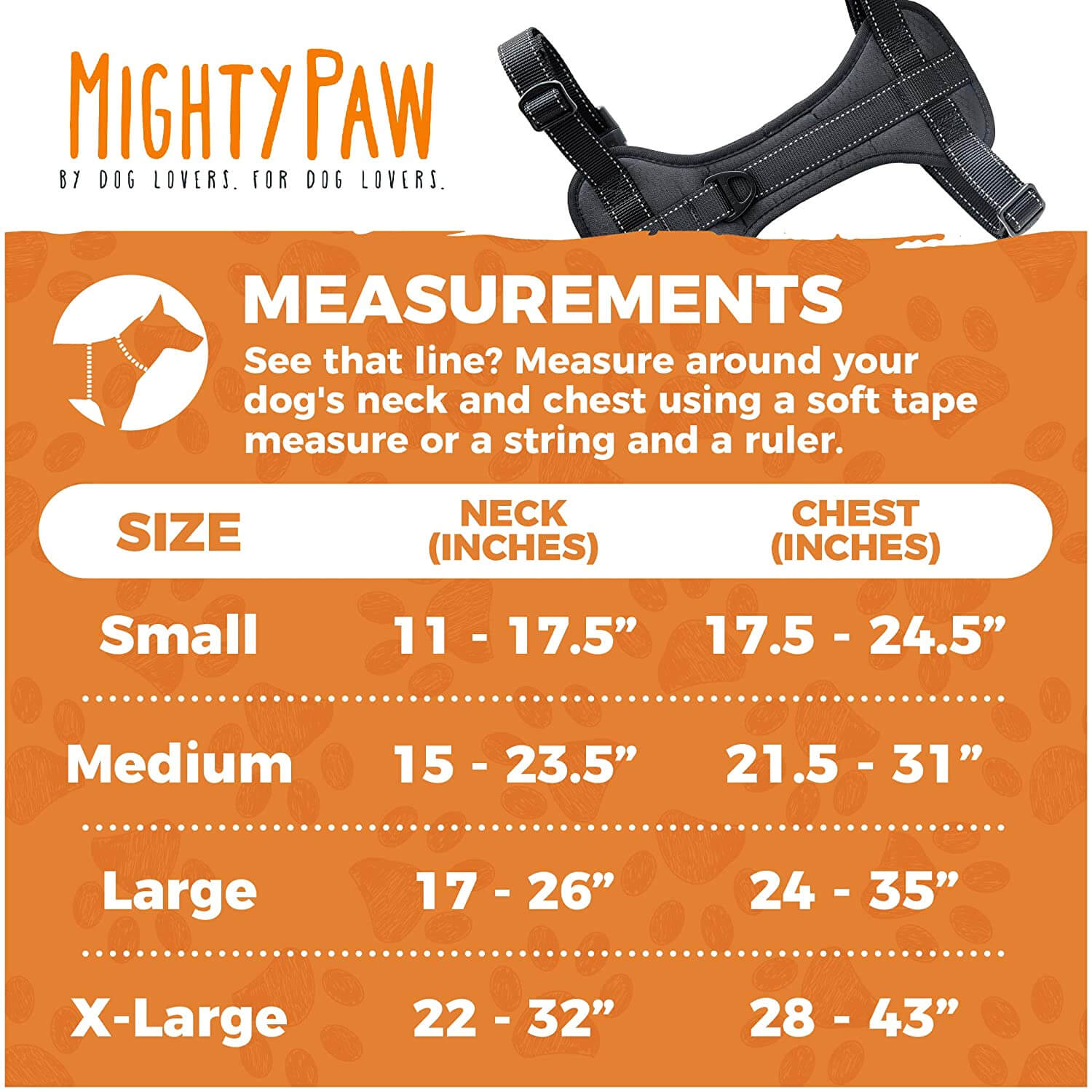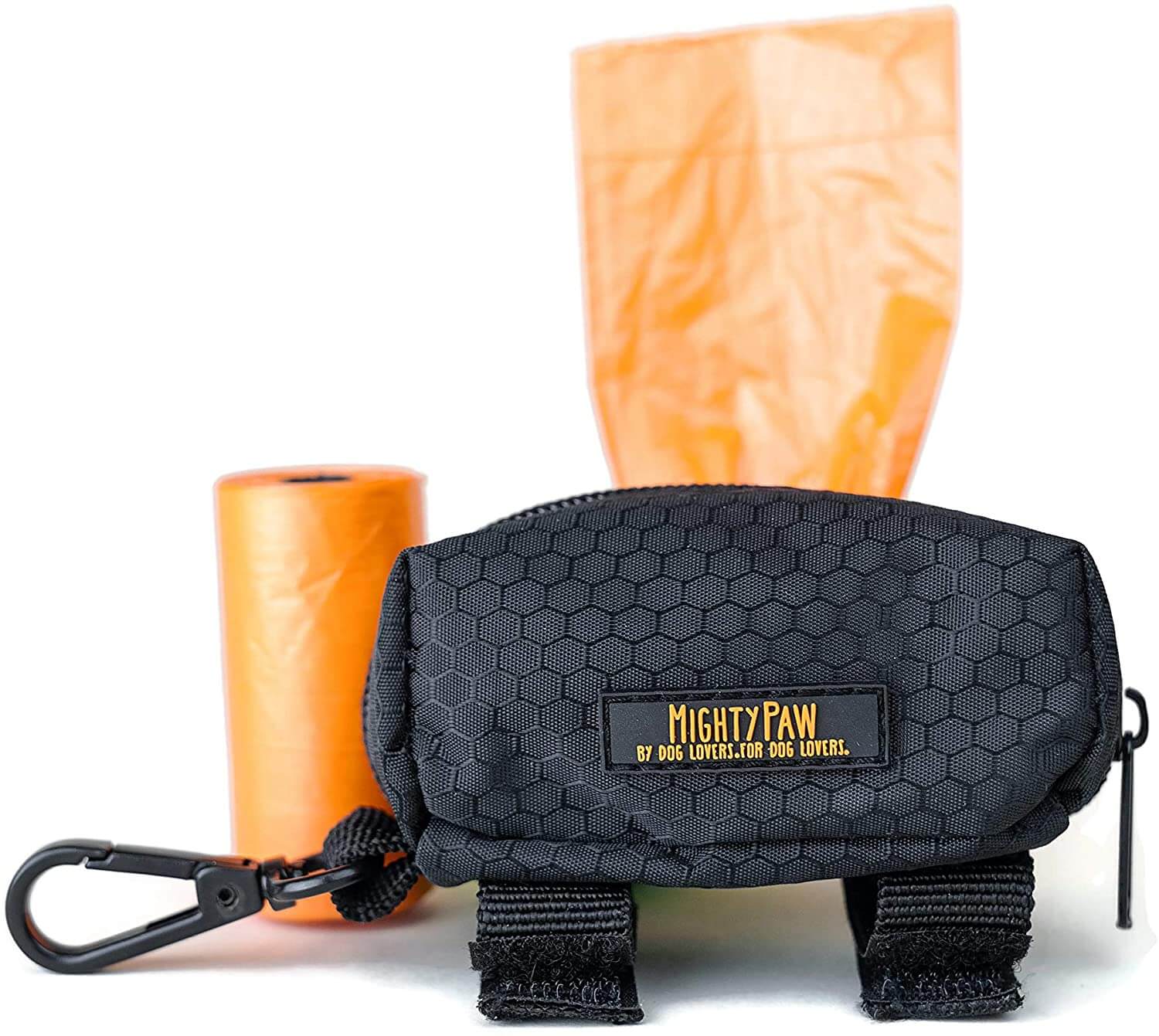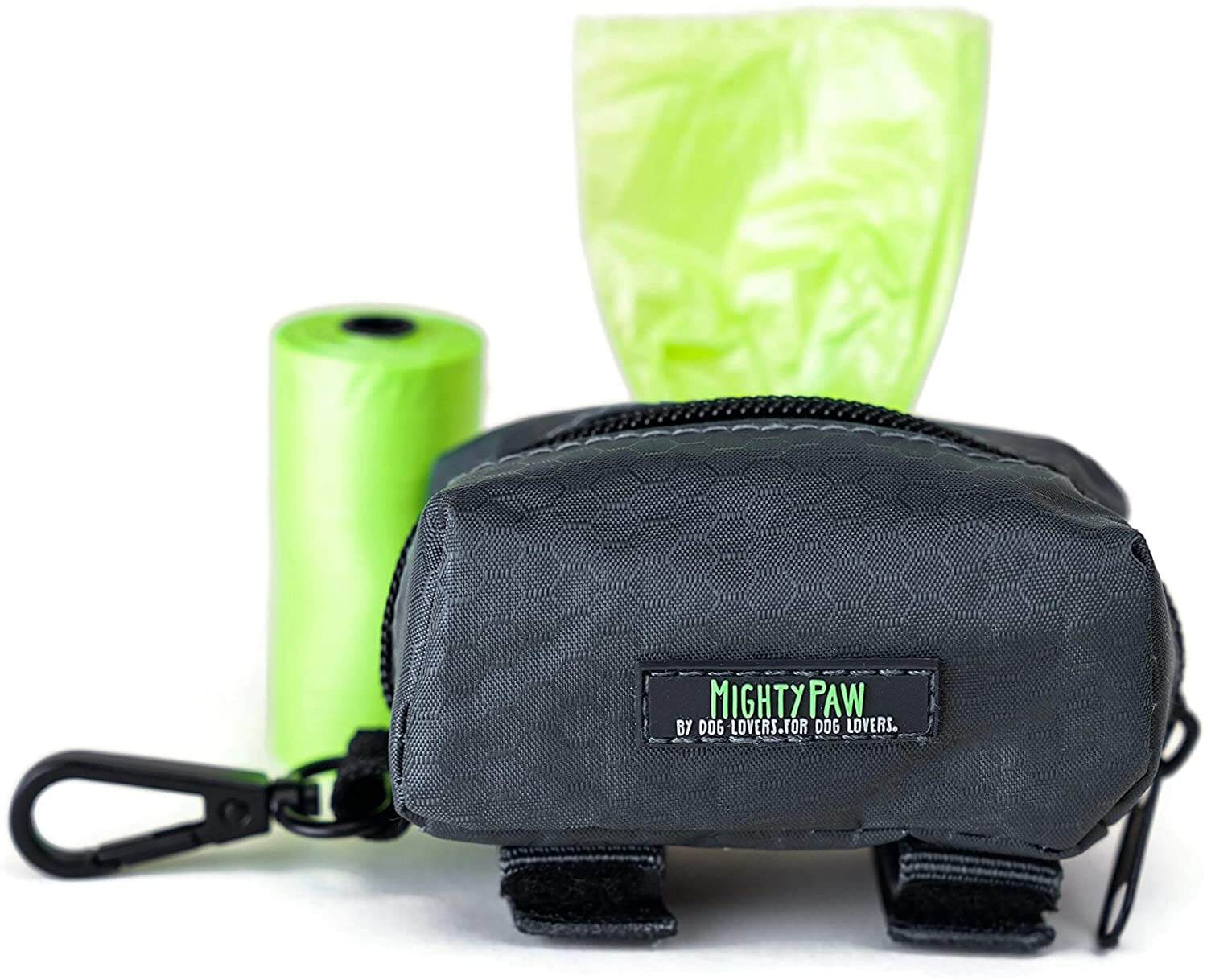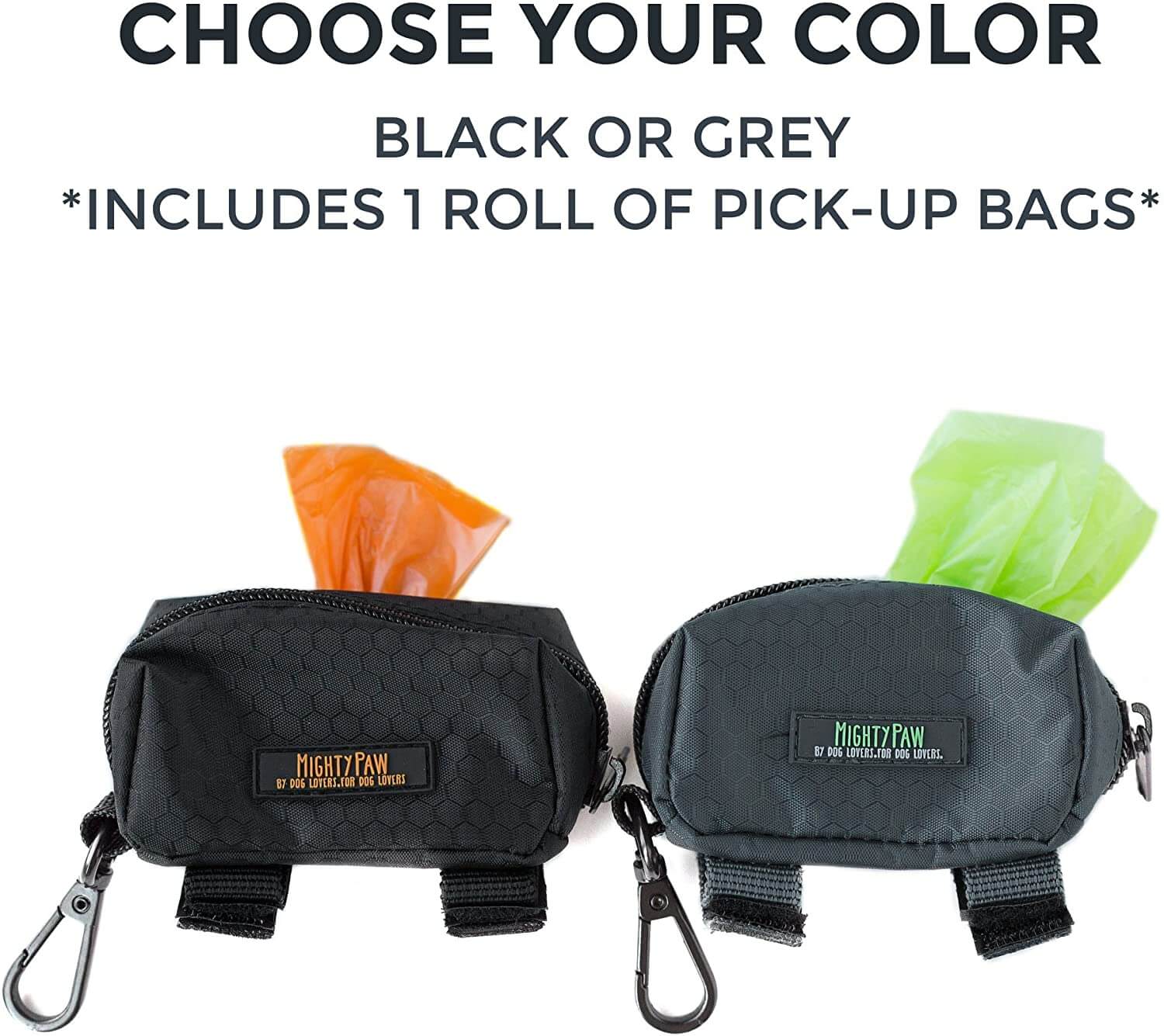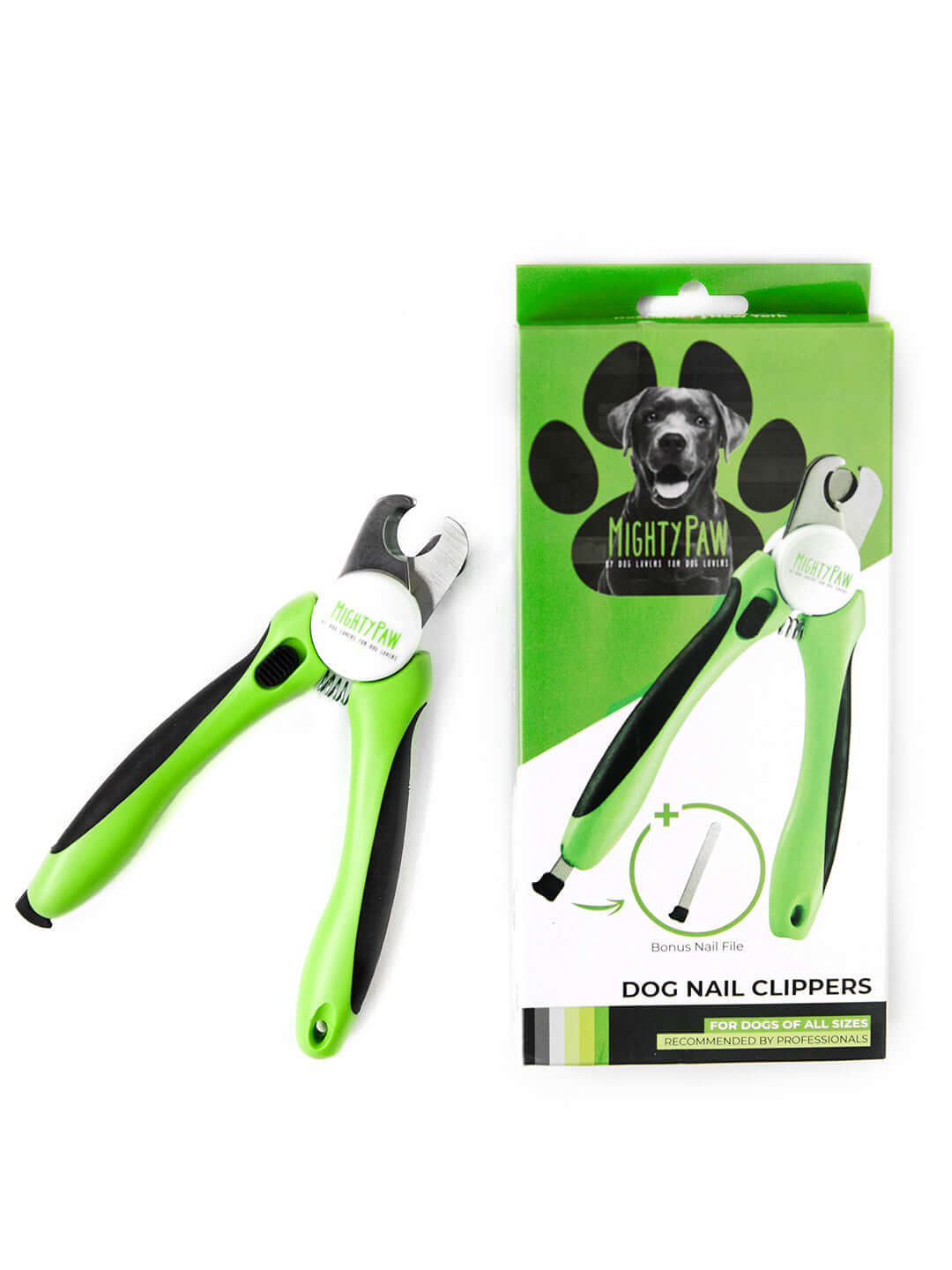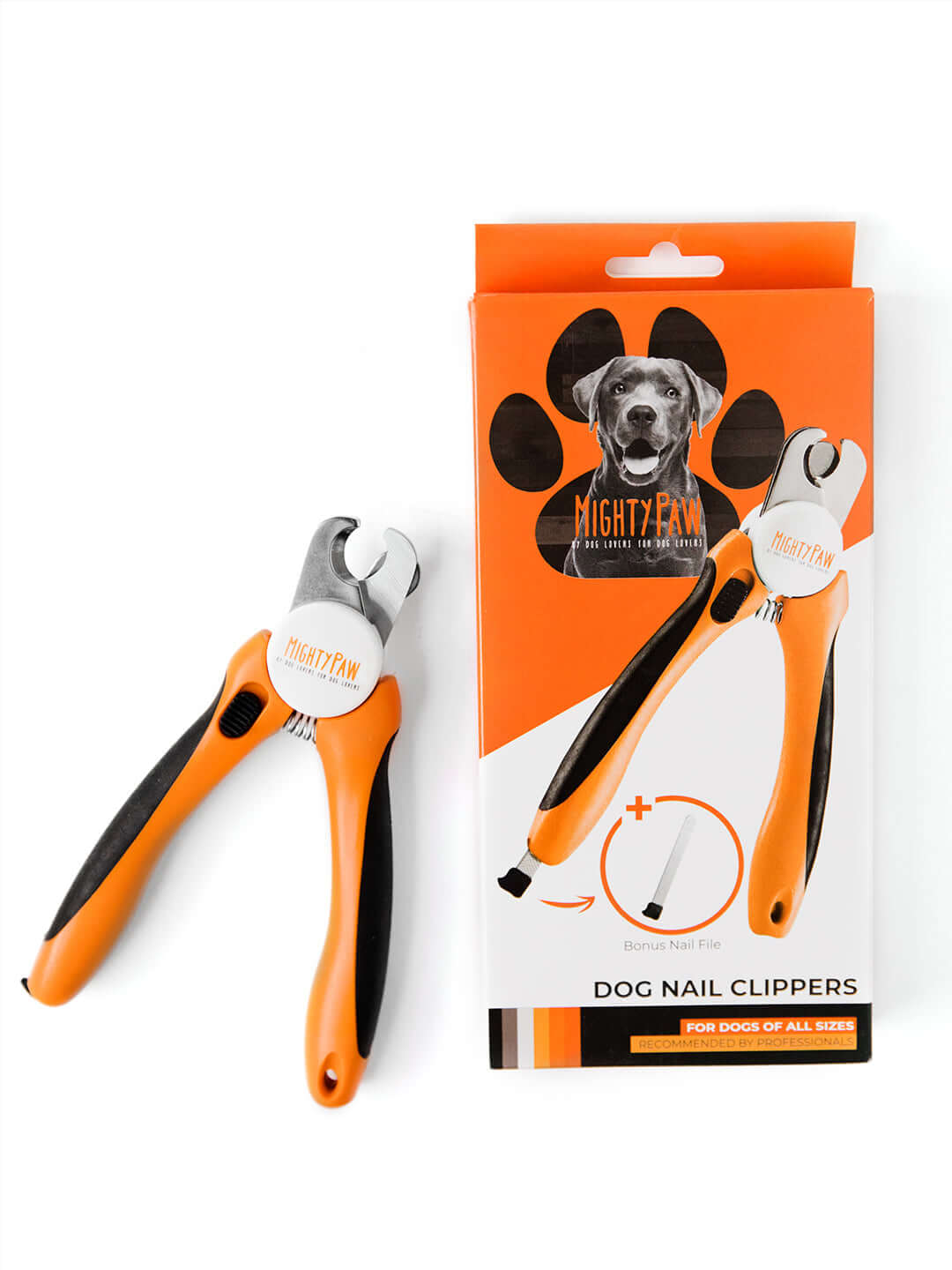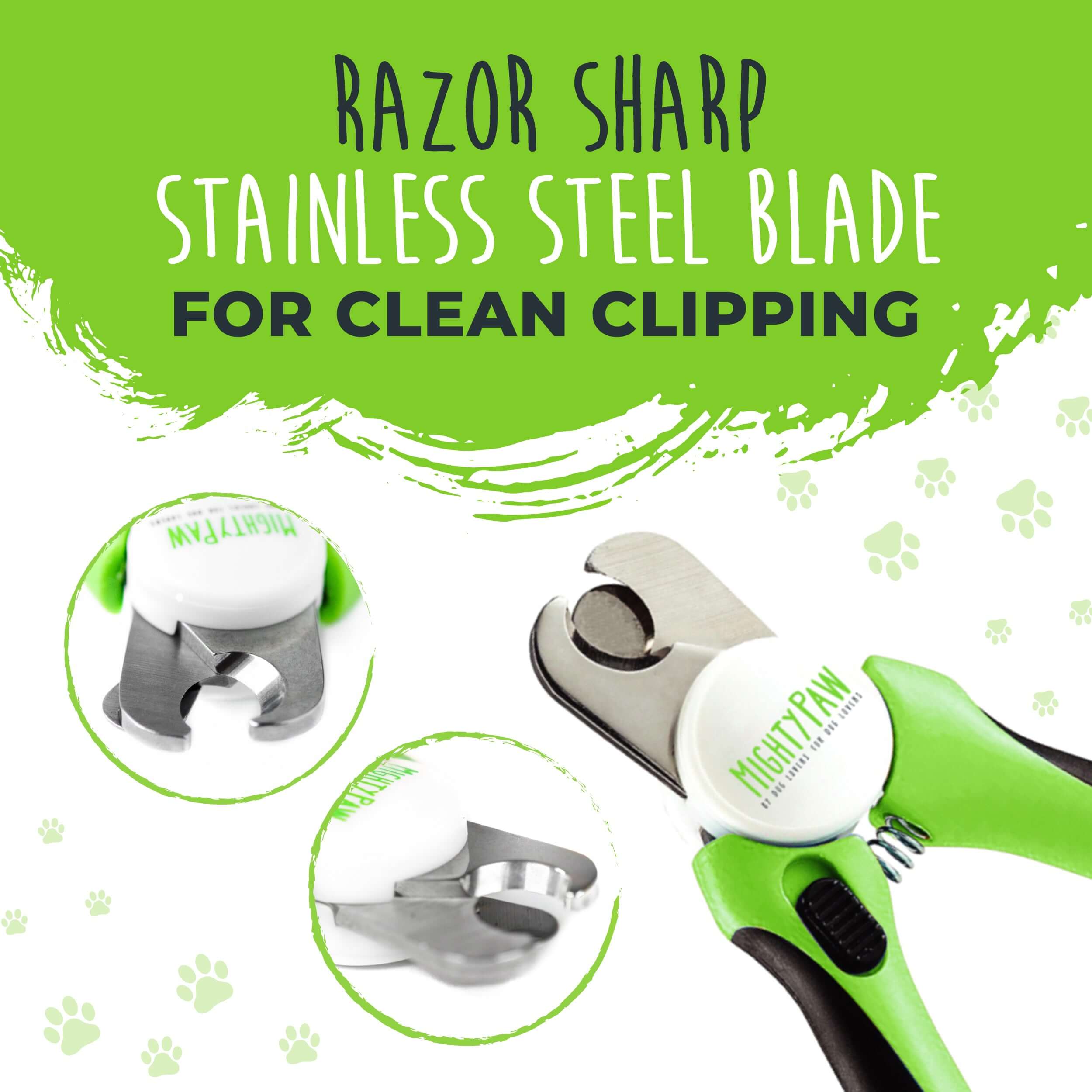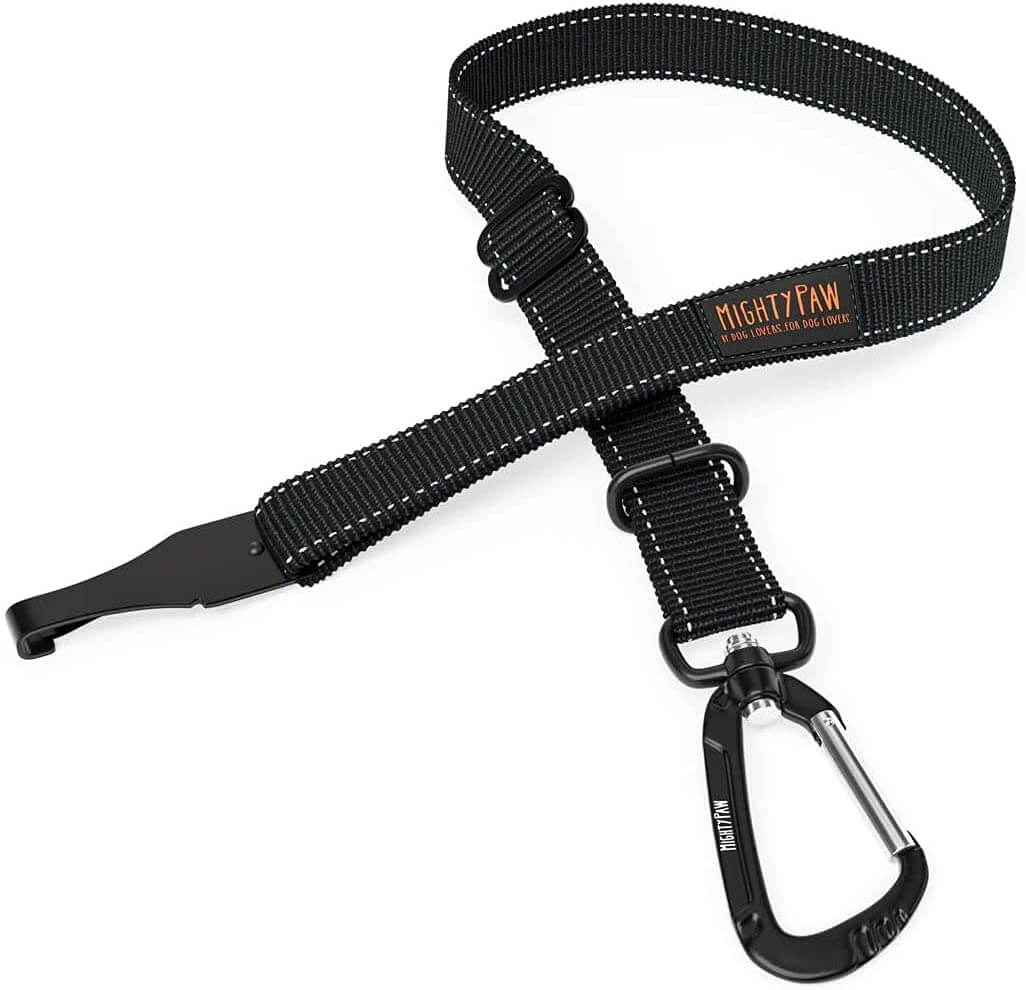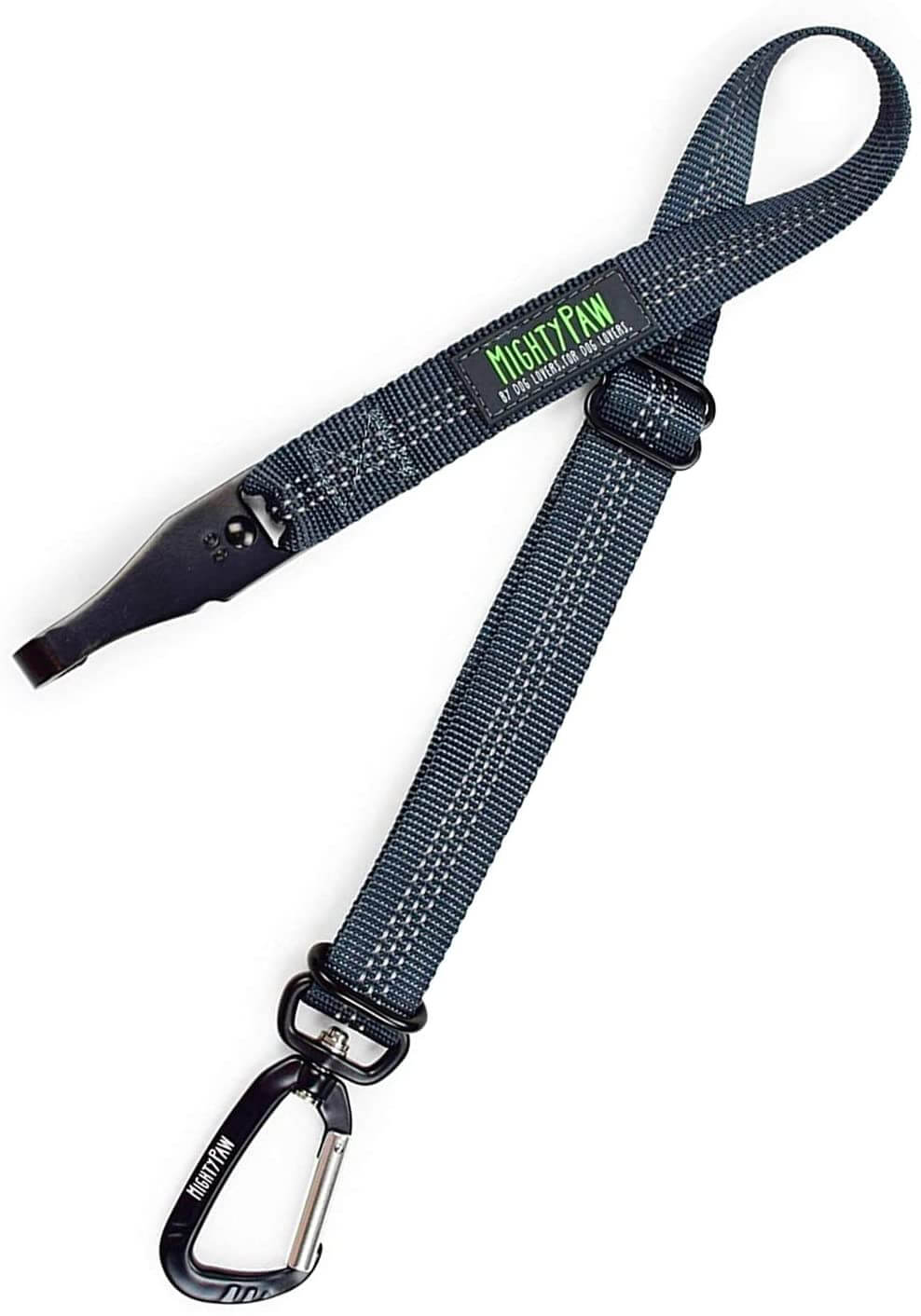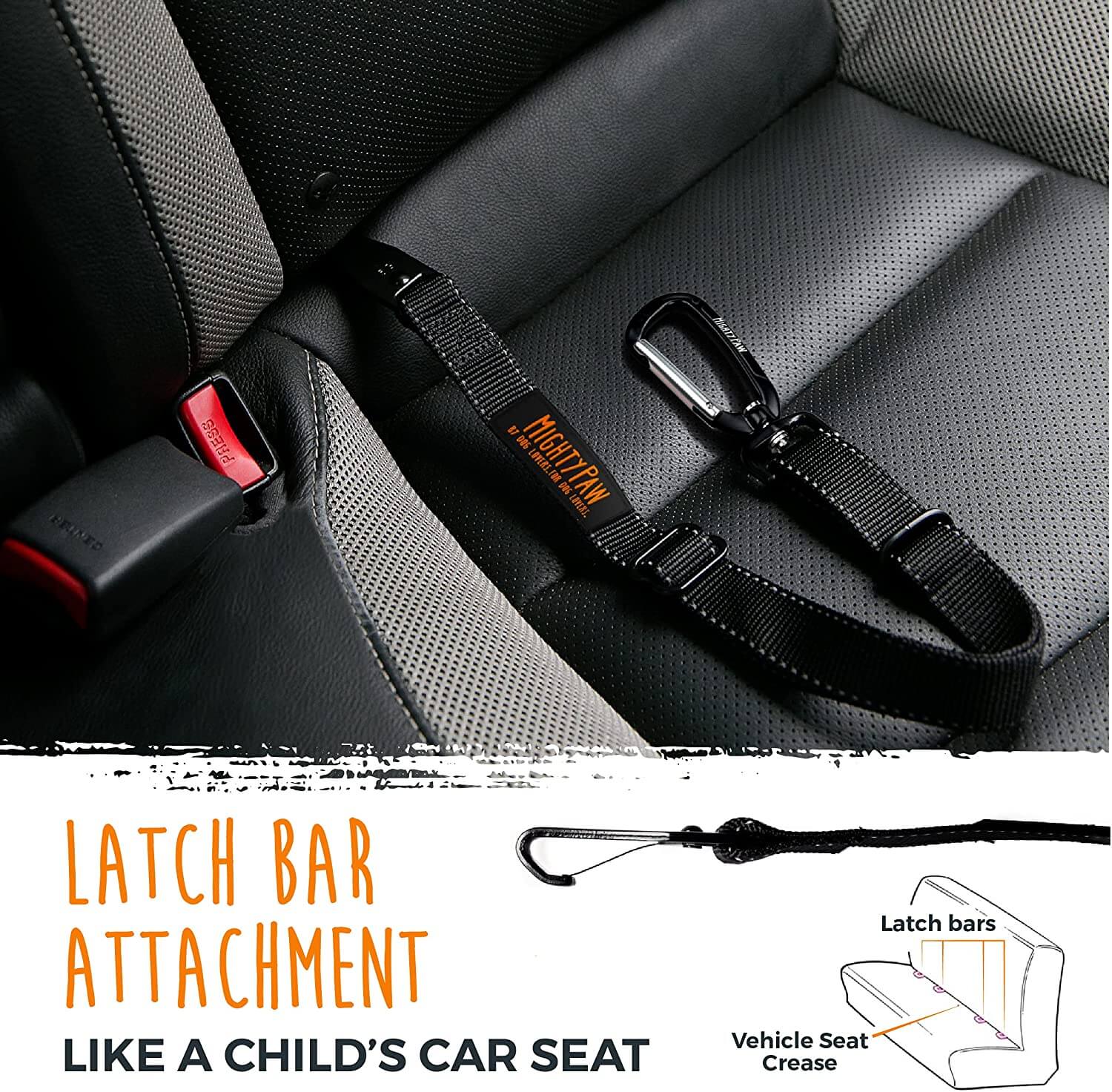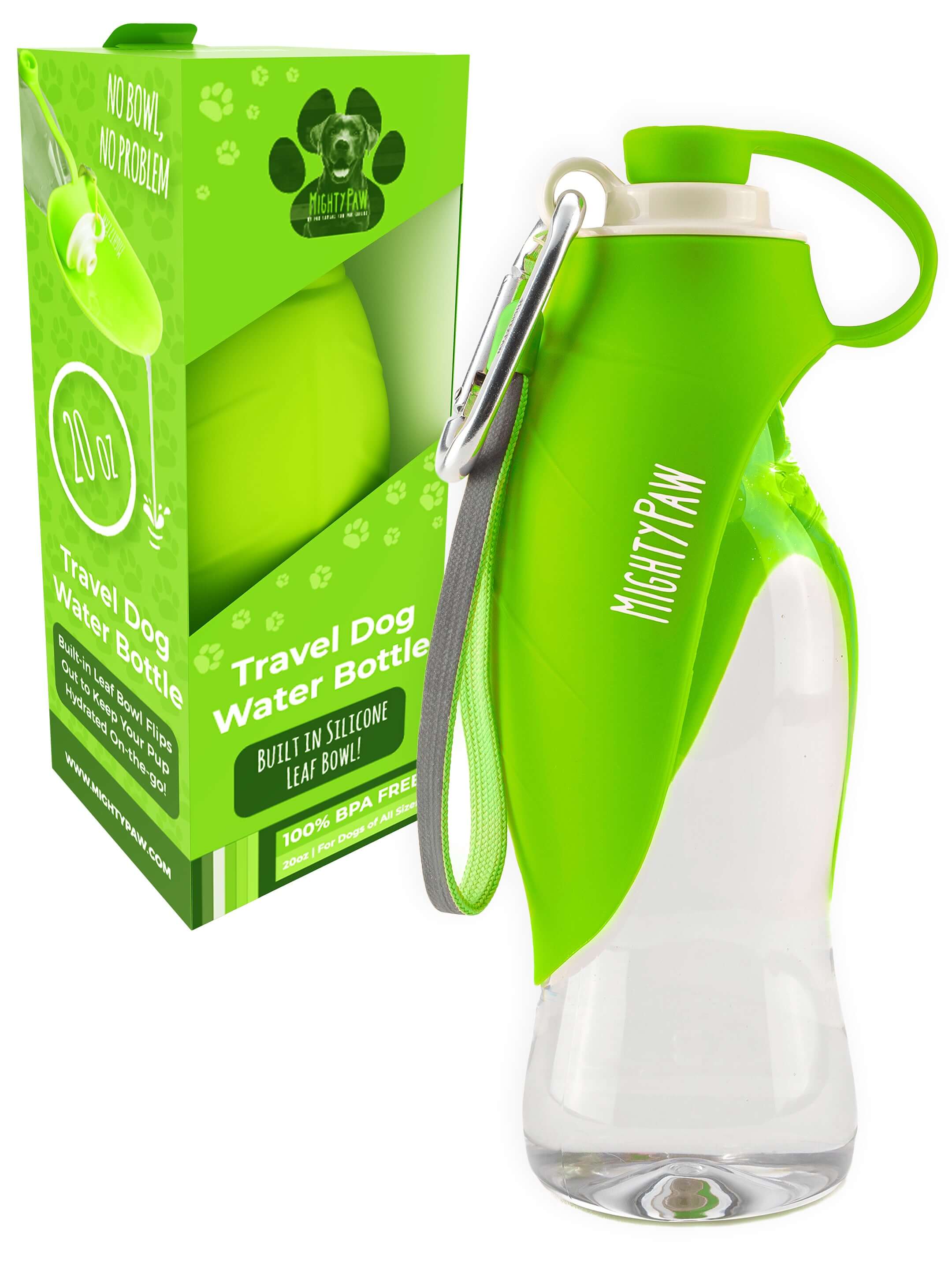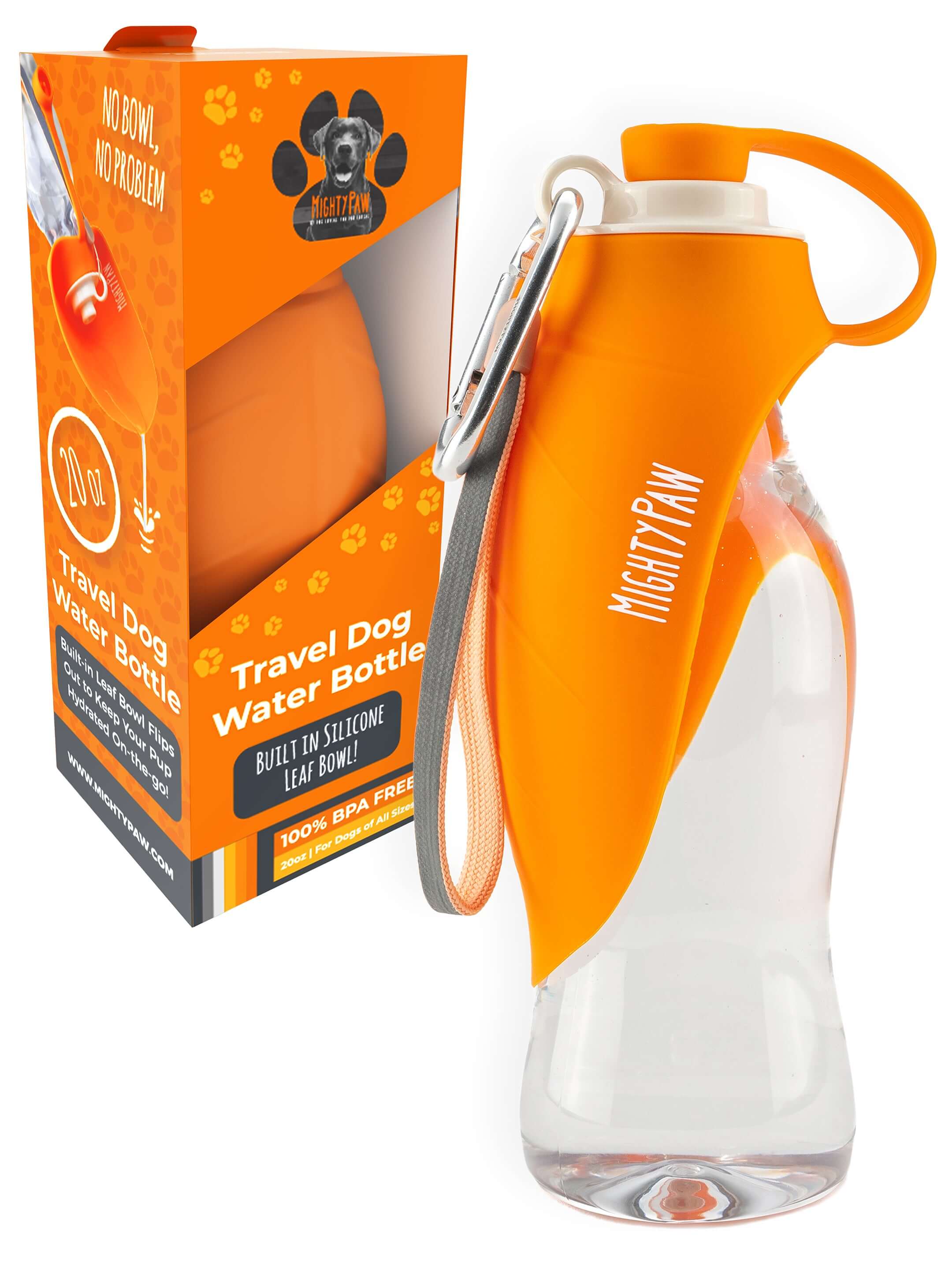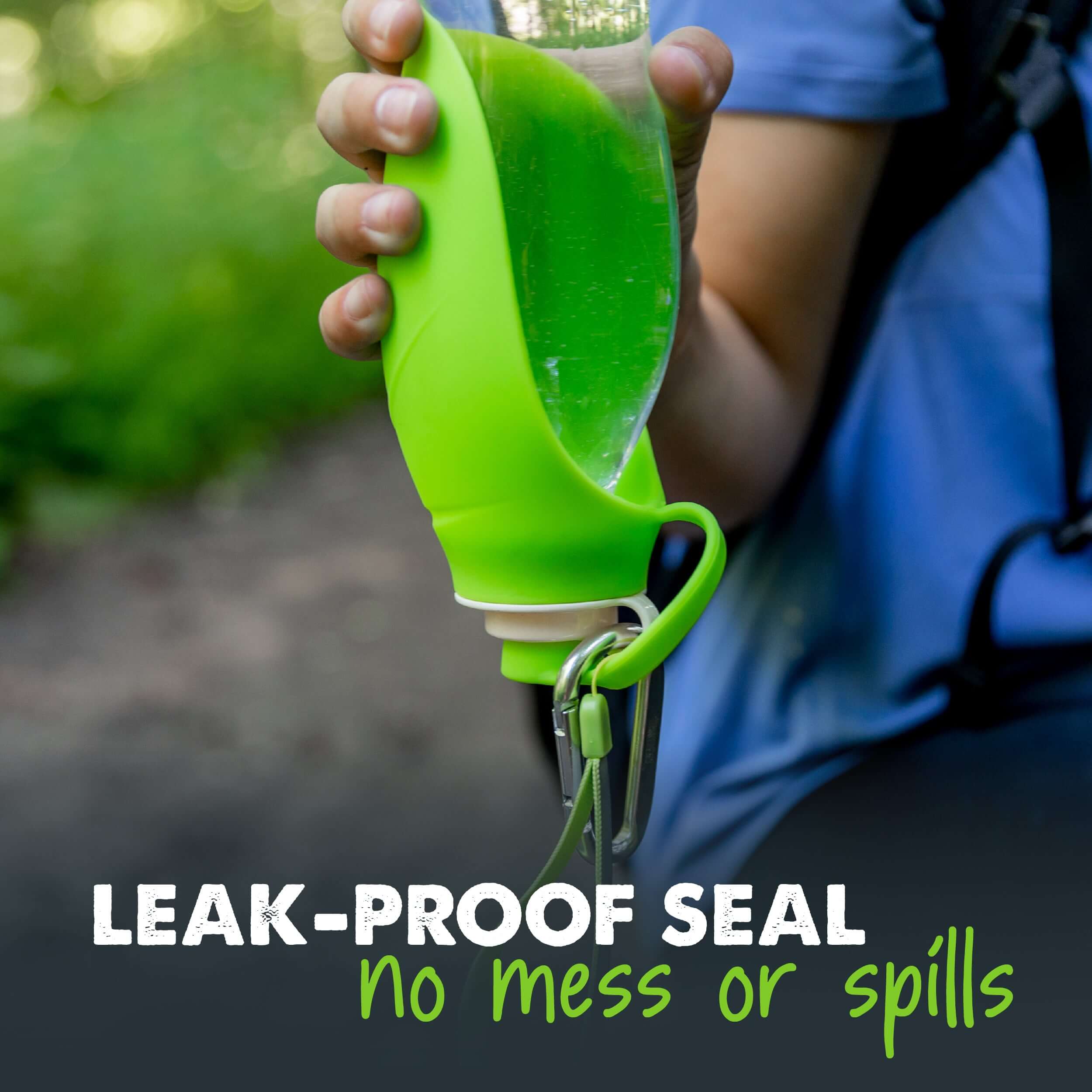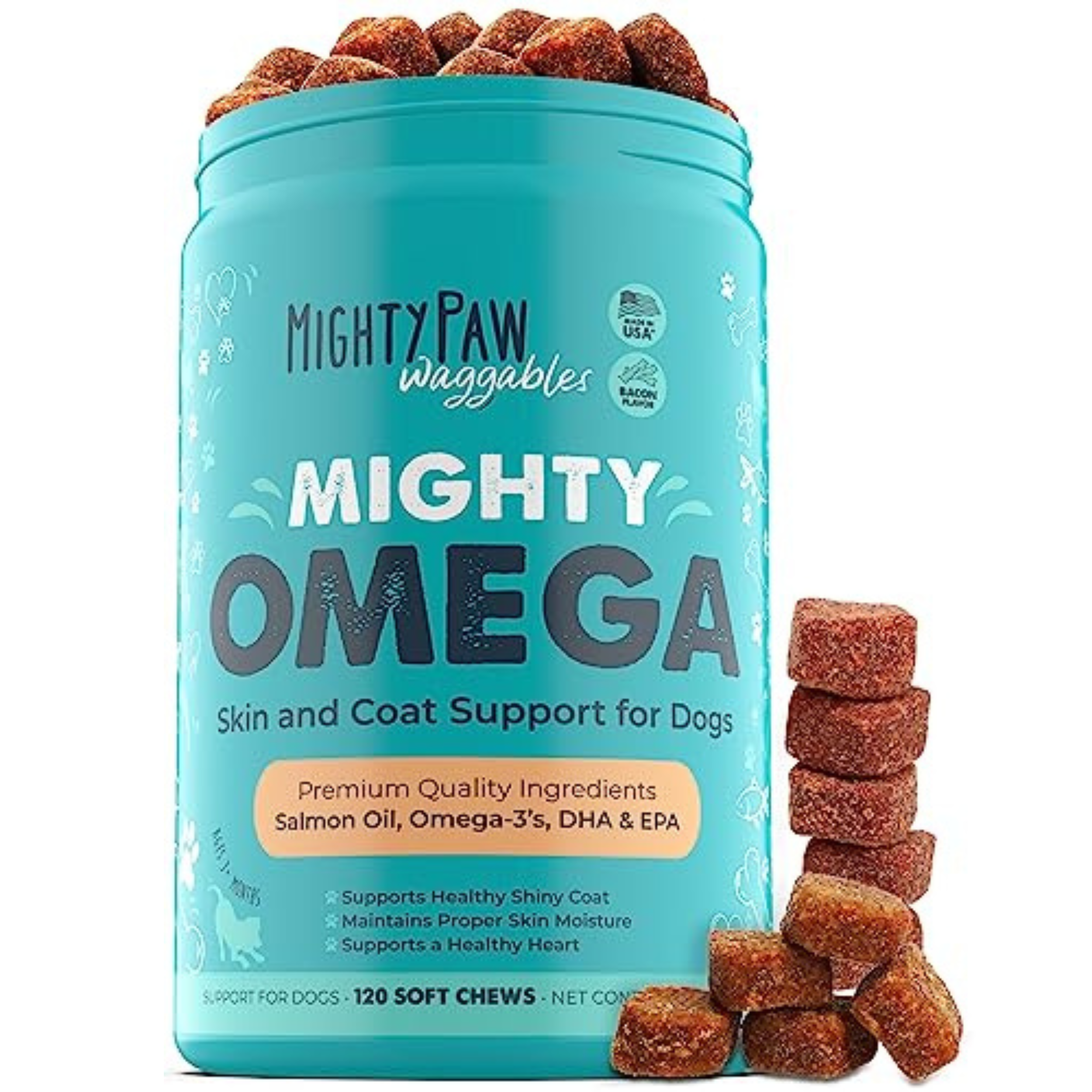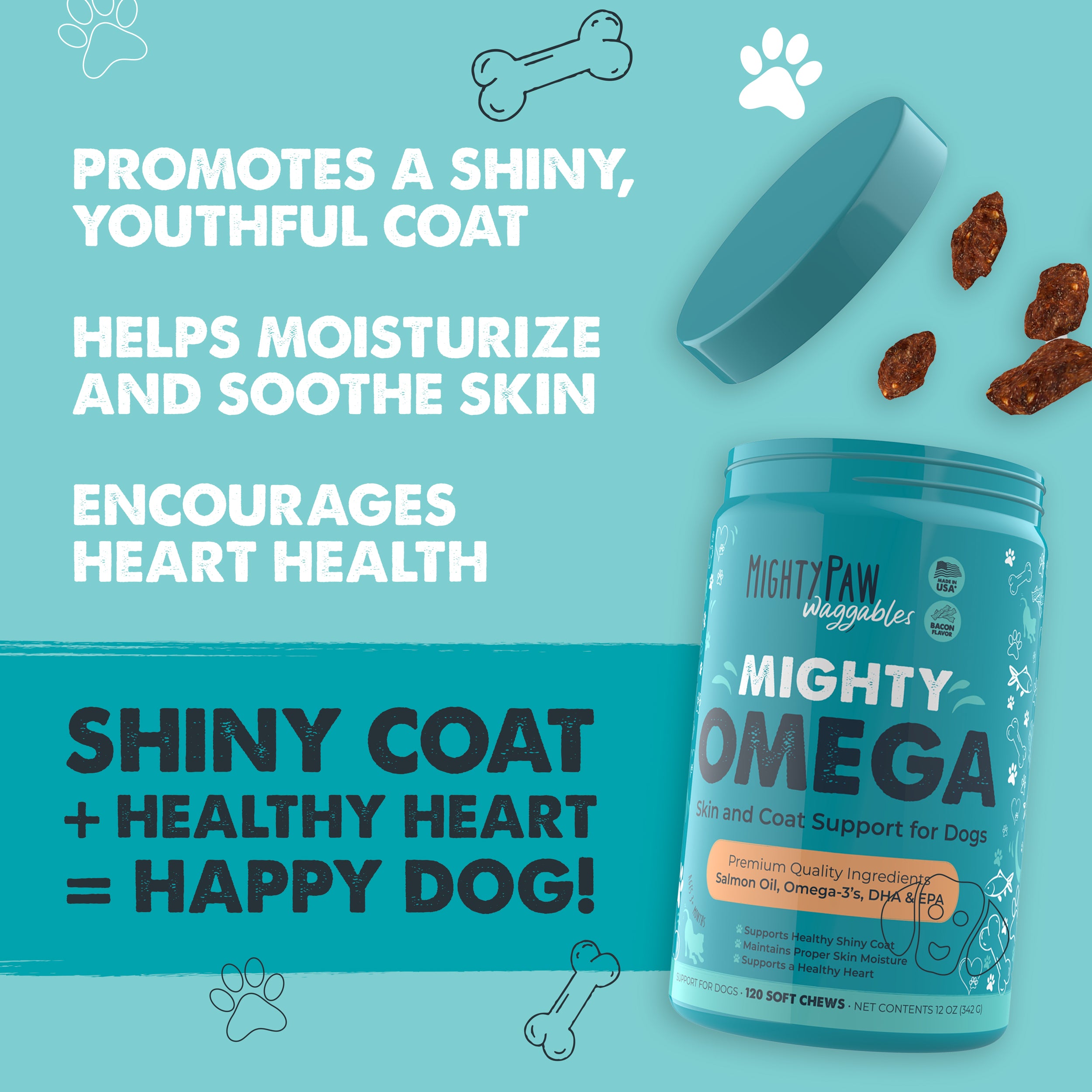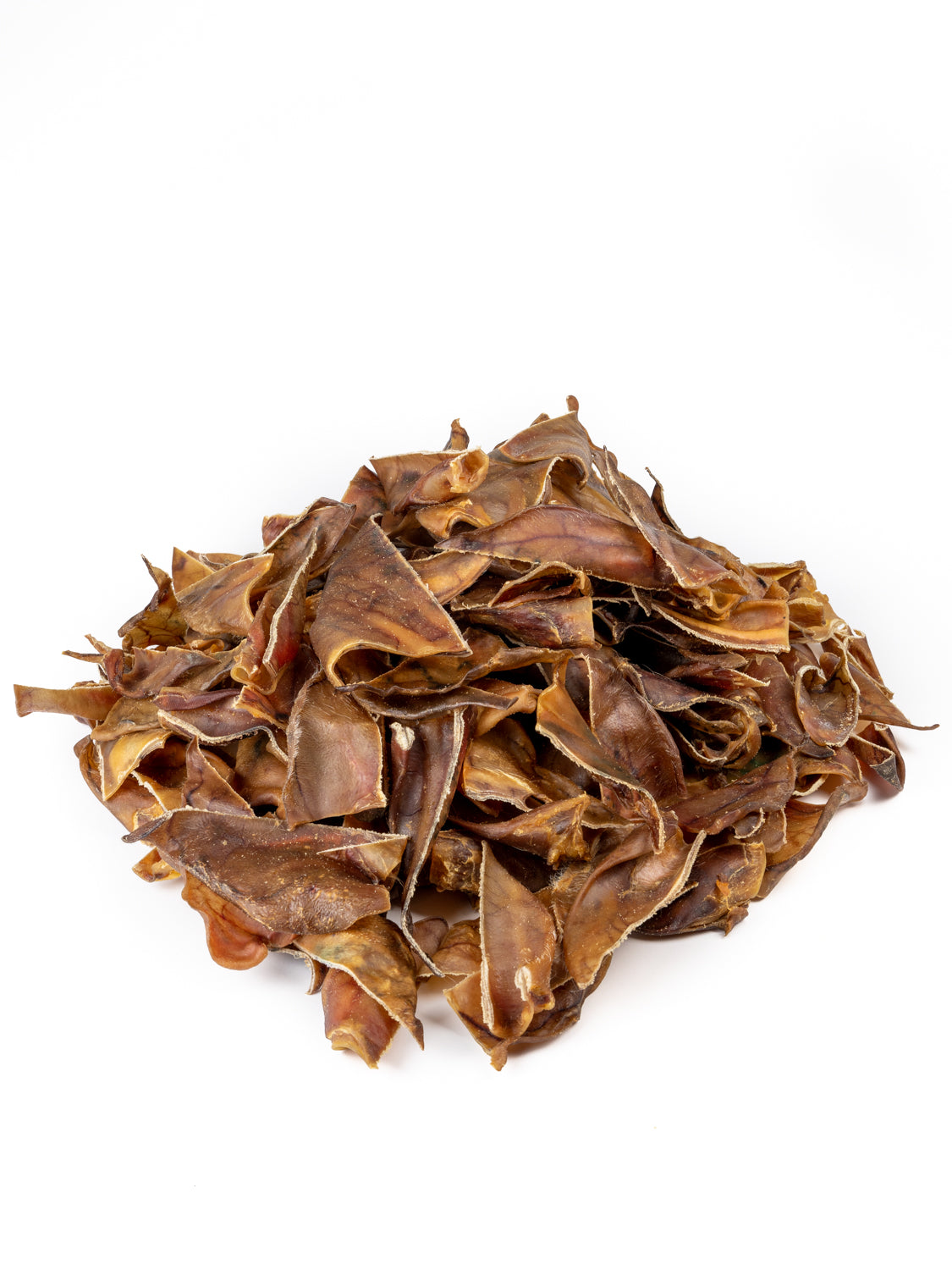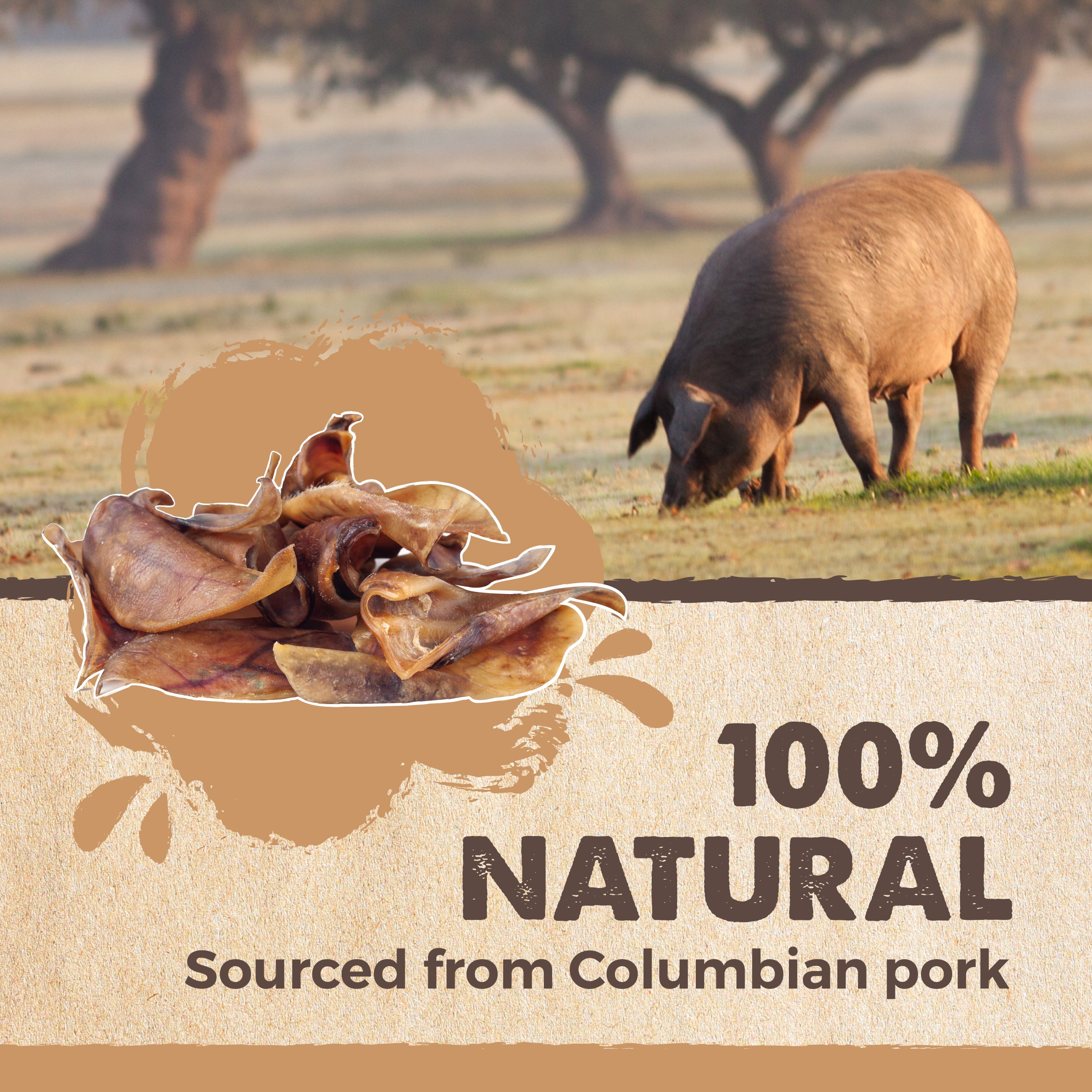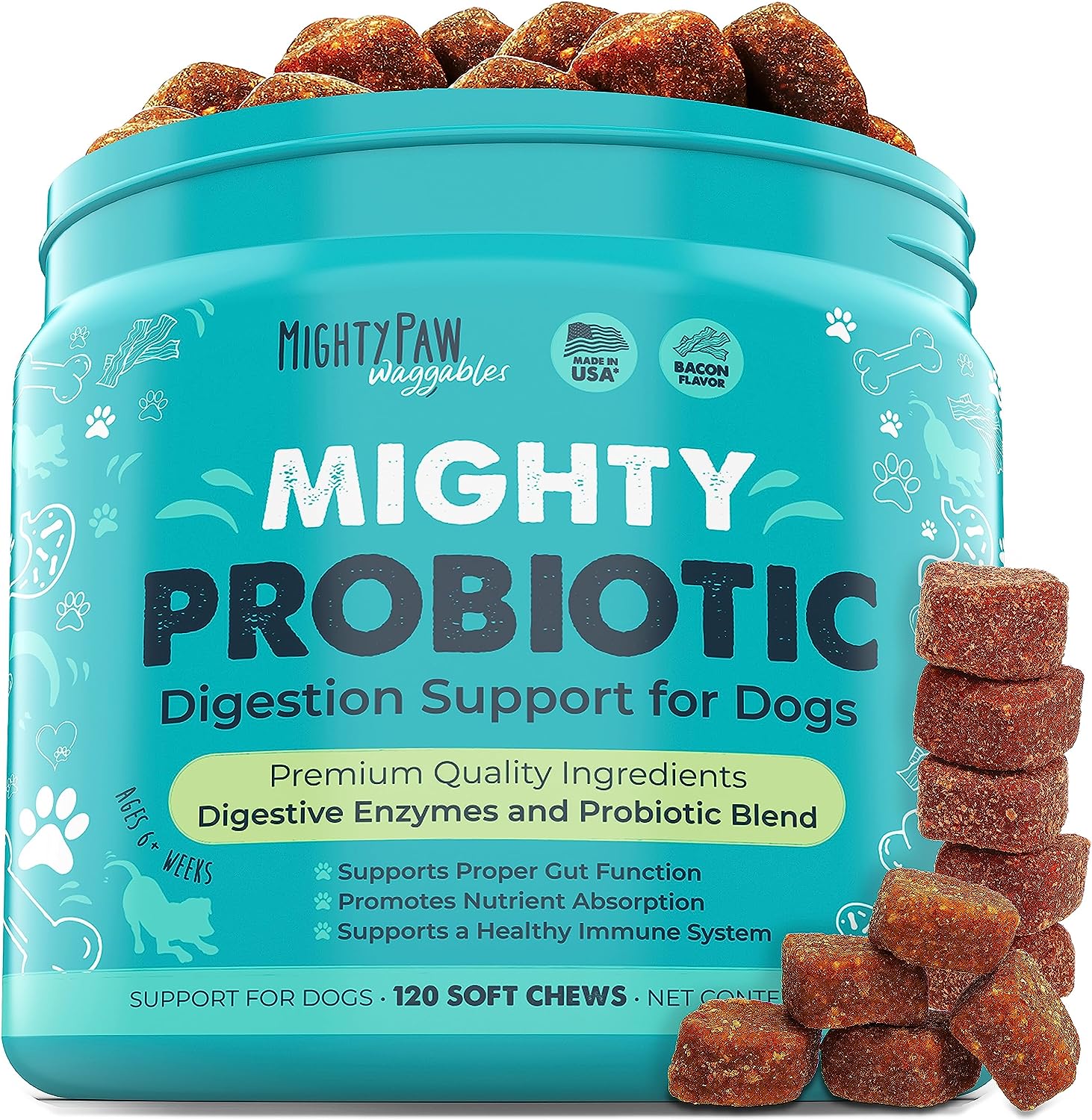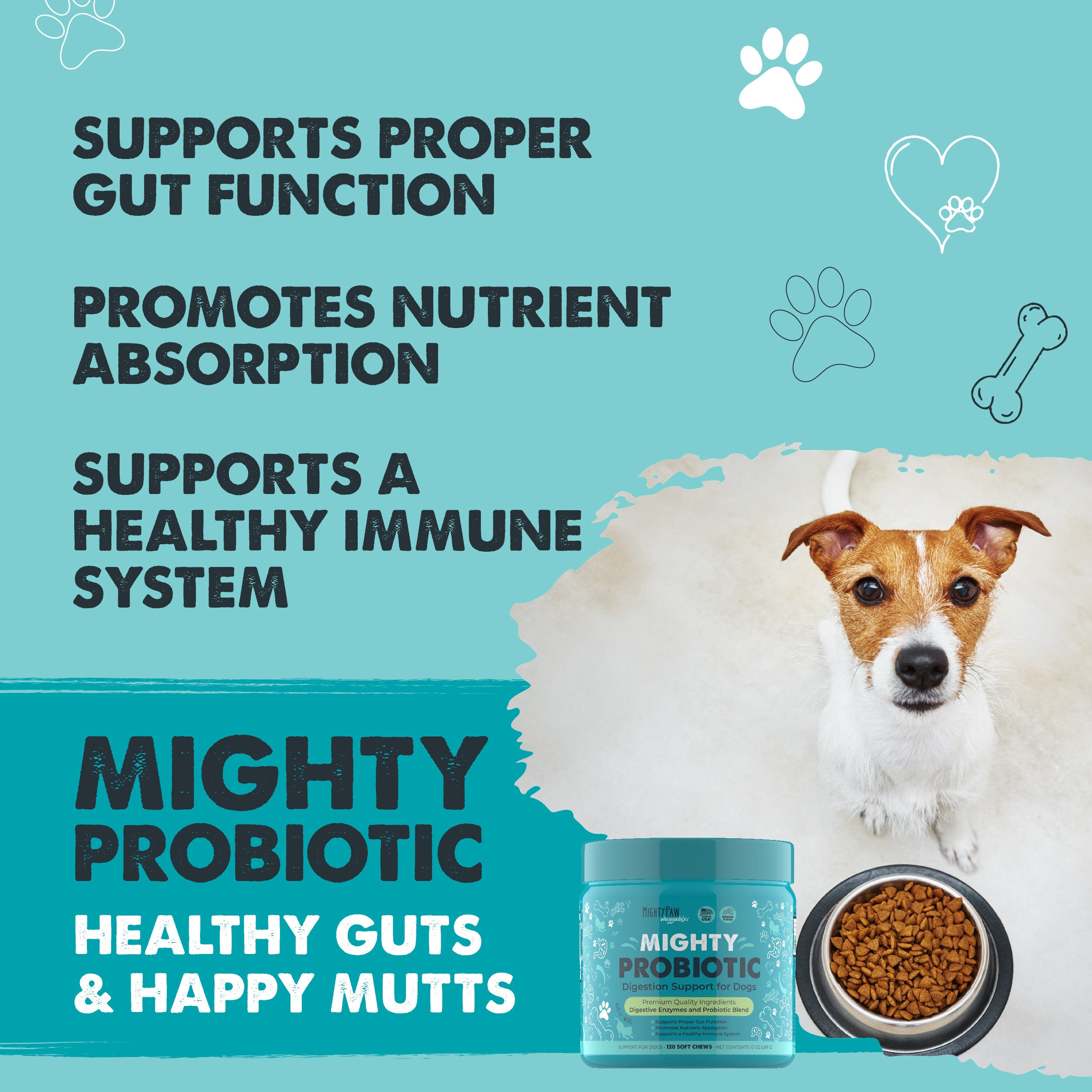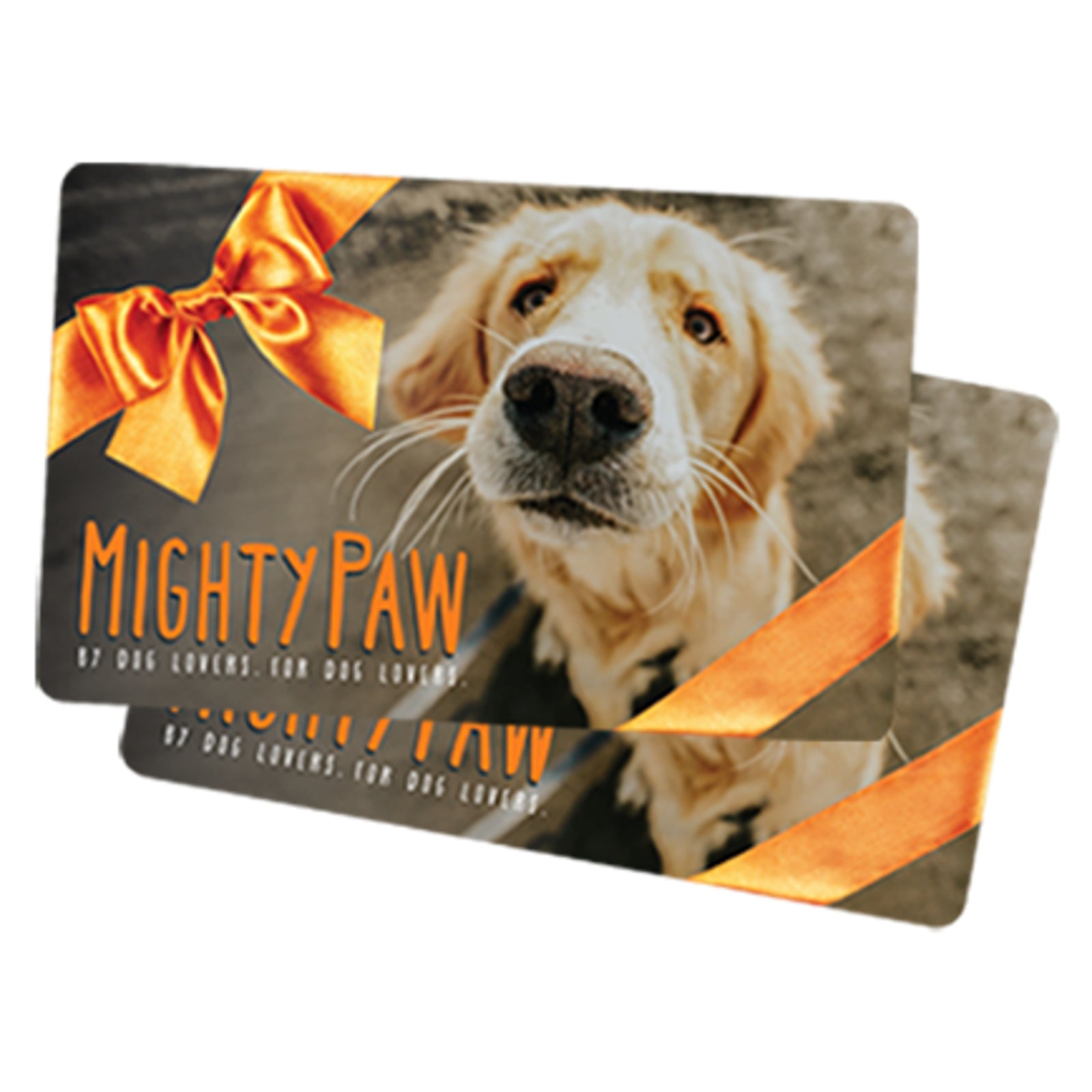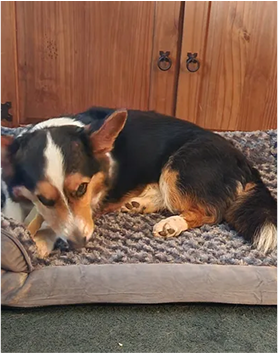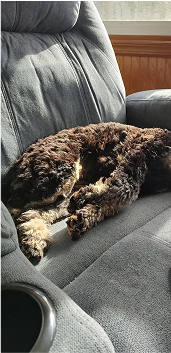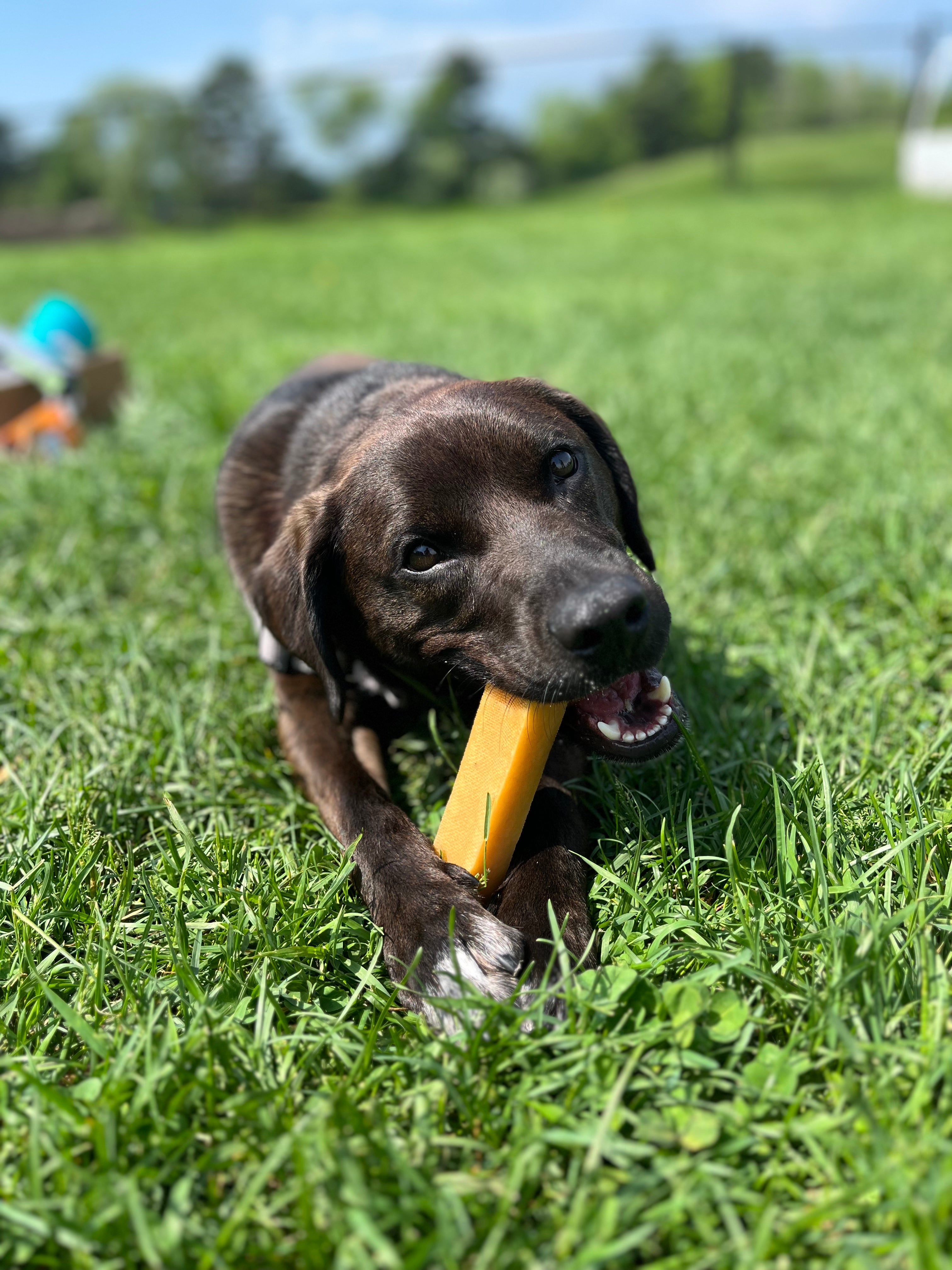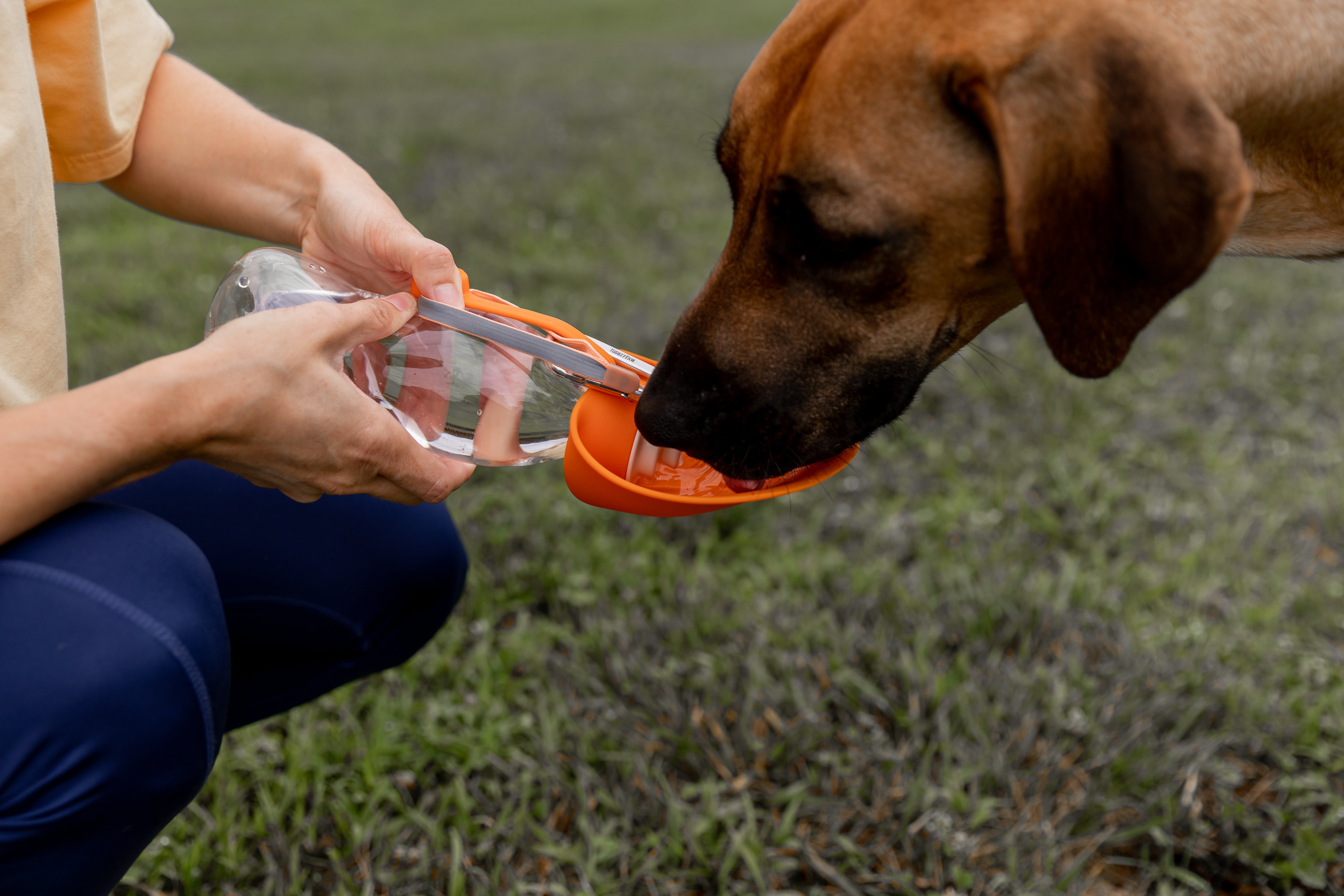
Summer is the perfect season to enjoy the great outdoors with your dog. It always goes by too quickly for us with our own Mighty Paw crew, so we pack in as many walks with as much good stuff in each as we can.
More dog walks, more health boosts for both of you
Taking advantage of summer dog walking strengthens your bond and also brings a wide range of health benefits for both you and your pup.
Walking your dog regularly improves cardiovascular health, boosts mood, and helps maintain a healthy weight and muscle mass/body fat balance for both of you. For dogs, walks provide mental stimulation in addition to the physical exercise and an outlet for pent-up energy.
How can all of us as dog parents set ourselves up to make the most of our summer-into-fall walks? Let's jump in.
Plan the perfect summer dog walk.
The perfect dog walk starts with choosing the right place, and especially in warmer weather, the right time.
Timing
Check the weather forecast before heading out, and avoid the hottest parts of the day, typically between 10 AM and 4 PM. Early morning or evening are usually ideal for dog walks on hot days. Remember, air temperature can be deceiving; temperatures on hot pavement can be much higher and painful on your dog's paws. Bring water -- a collapsible bowl and plenty of fresh cool water or a portable water bottle with a built-in cup to keep your dog hydrated. In extremely hot weather, it's smart to stay indoors, appreciate the air conditioning, and wait for a better time.

Location
Map out a route that includes regular breaks. Your dog's body temperature can overheat quickly on a warm day, so frequent stops in shaded areas away from hot surfaces are crucial to keep your dog cool.
Look for dog-friendly trails with plenty of shade and water sources in warm weather. Local parks, nature reserves, and beachfront paths can be great choices. Make sure the trail suits your dog's fitness level and personality. If your dog is fearful around other dogs, look for paths less traveled and keep it relaxed and fun.
Build in safety to walking your dog so you're free to have fun.
In summer's hot weather, you'll want to pay attention to preventing overheating by monitoring your dog for signs of heat exhaustion, such as excessive panting, drooling, and lethargy. If you notice any of these symptoms, find a shaded spot and offer water immediately.
Keeping your dog on a leash is a good practice, even in off-leash areas (try a longer leash for extra freedom to explore with safety). A leash helps prevent unexpected encounters with wildlife or other dogs and potential hazards from busy roads to poisonous plants.
Add rewarding training to your dog walk to max the fun for both of you.
Dogs love learning, connecting actions and outcomes, and being rewarded for it! That's why dogs love training sessions -- especially when they're short, are highly rewarding, and give them a clear sense of success.
What's better to add to your summer walks than some simple training to make them more fun and rewarding? Not to mention more relaxing and satisfying for both of you.
If you've asked this question, you're not alone:
"How do I get my dog to stop pulling on leash?"
Many dogs pull! A dog who can start walking “politely” with no instruction is rare. Pulling on leash is one of the most natural behavioral issues for our dogs who want to explore and have fun when they're out for a walk.
If that sounds like you and your dog, we're here for you:

7 steps to teach your dog to stop pulling
Getting started:
Make training sessions as easy as possible to start so your dog has MANY easy wins and LOTS of reinforcing treats.
What you'll need:
- Treats. Small and high-value to your dog - a treat your dog LOVES. You'll reward frequently with treats so small treats keep your dog at his/her healthiest weight, while being quicker to eat and keep walking.
- An easy way to deliver treats. A treat pouch allows you to be hands-free, and is easy to reach into quickly as you're holding the leash. You can use your pockets but they can be cumbersome.
- A sturdy, comfortable harness. A harness (preferably dual option front and top/back leash ring) is better for your dog's neck/throat/shoulder health. Professional positive trainers will also tell you harnesses are easier for teaching your dog to walk on a loose leash.
- A leash around 6 feet in length.
- A "marker" your dog already knows. (A sound or word like "yes!" that tells your dog he/she has done something that earns reinforcement aka immediate treats and praise.)
Step 1: Start in a low-distraction environment.
The best place to start leash training is inside or your quiet backyard. After you and your dog are solid with your loose leash training, you can take it out and about.
Step 2: Take a moment to figure out your movements.
Which hand are you using to hold the leash? Which hand will you use for treating? What is your “home base” for your treat hand? Which hand will hold the leash, which hand will give the treat to your dog, and where will you put your treat hand in between treats? Good to get this set so you can focus on your dog and be quick with rewards.
Step 3: Position your dog to set up your pup for success.
Position your dog on your preferred side and ask your pup to sit. Practice on both sides is fine if you’d like your dog to be able to respond on dog walks either way.
Step 4: Reward your dog generously and keep rewarding often.
Start walking and mark/treat each step or two. You want a very high rate of reinforcement at first because you want to build that strong reinforcement history right off the bat. When you're out in the world, your dog will have lots of exciting choices and be tempted to go for them if your treats aren't more compelling than whatever captures your pup's interest. Earning lots of reinforcement quickly and often keeps your dog engaged with you!
Step 5: Any time your dog offers a visual “check in” and looks up at you, mark and reward.
Your dog doesn't need to be staring up at you constantly, but it’s great to reinforce and reward those moments when your pup offers focus. Getting those check-ins when you're out in the “real world” makes it easier to communicate and stay connected.
Step 6: Repeat, reward, repeat, reward...practice, practice, practice.
Repeat over several sessions (keep sessions short and frequent) and you’ll notice you’ll be able to move through the steps more quickly each time.
Step 7: Use the world around you on your dog walk to your advantage.
Food is a great primary reinforcer, but there are lots of things out in the world that are naturally reinforcing to our dogs. Like a good sniff, for example!
Take advantage of times when your dog is behaving as you'd like on a walk, and reward your dog by giving access to interesting things without your dog pulling you to them. You can still add the praise and treats to celebrate that your pup gets not having to pull to sniff!
Encourage your dog to take time to sniff without your dog needing to pull you to the enticing sniff spot. Reward your dog for not pulling with a good, extended sniff.
Before long, you and your dog will be walking in sync, understanding each other's body language, with plenty of stimulating walks and no pulling.

What to do when your dog still pulls on leash (it happens)...
Pro tip 1: Don’t reinforce the pulling.
A dog's leash-pulling is generally reinforced by getting to go places or getting access to intriguing things faster.
If your dog learns it's possible to drag you along on a tense leash to the fire hydrant or whatever even part of the time, that tells your dog that pulling works! Instead, you want to teach your dog that really good things happen when he/she stops pulling and walks nicely with you.
If your dog pulls on leash just stop walking forward. You're helping your dog learn that tension on the leash means forward motion stops. Your dog doesn't get to go where he/she wants to if there's any pulling.
Pro tip 2: Don't yank on the leash or come to a harsh, sudden stop.
Dogs tend to resist tension. Any yanking by you will naturally signal your dog to pull harder.
If your dog pulls, come to a soft stop. You’re not punishing the pulling but simply letting your pup know pulling on the leash stops the fun.
Pro tip 3: Turn your body in the opposite direction.
Dogs are visual; they read our bodies constantly. If you keep facing forward, waiting for your dog to figure it out, your body is still saying “go forward!” Turn in the other direction and give your dog a visual "this way!" message.
Pro tip 4: Mark (with a "yes!," clicker, or other word) and treat immediately when your dog turns to follow you.
Once your dog learns you're the most rewarding thing happening, almost magically the pulling stops and the leash stays loose!
From improving physical fitness to providing mental stimulation to bonding to learning new skills, the benefits of walks are endless. Here's to making the most of your summer walks!

Happy walking!
At Mighty Paw, we believe in helping all dogs live their healthiest, happiest, and fullest lives by our sides. That's why we're dedicated to finding ways to help you bring more joy to your dog and your adventures together. And to help you know what you need to know to get the most out of every season and keep your pup truly well for now and the long run.
We're committed to providing high-quality products that are safe, durable, and practical for everything you need to keep your pup healthy, happy, and enjoying every moment with you.

